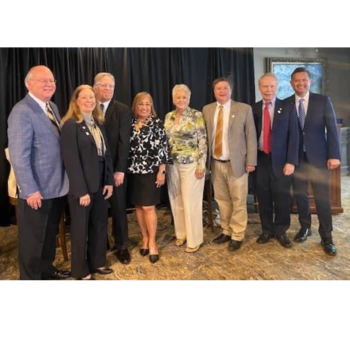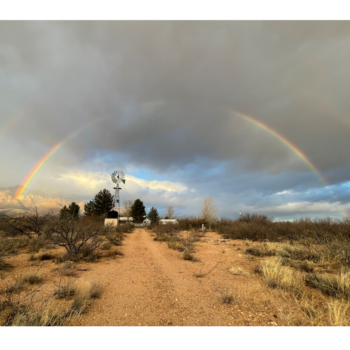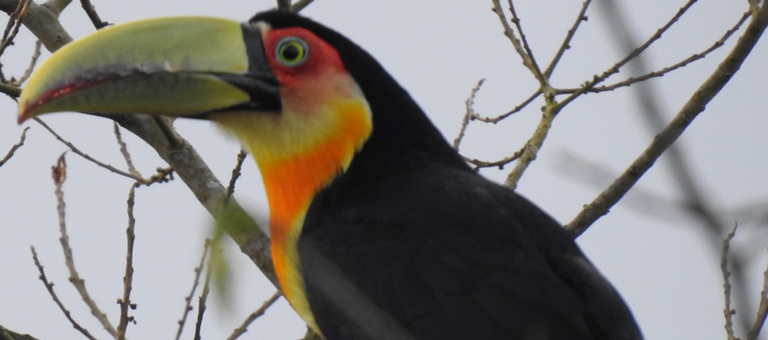
Spectacular Southeast Brazil
- On December 24, 2022
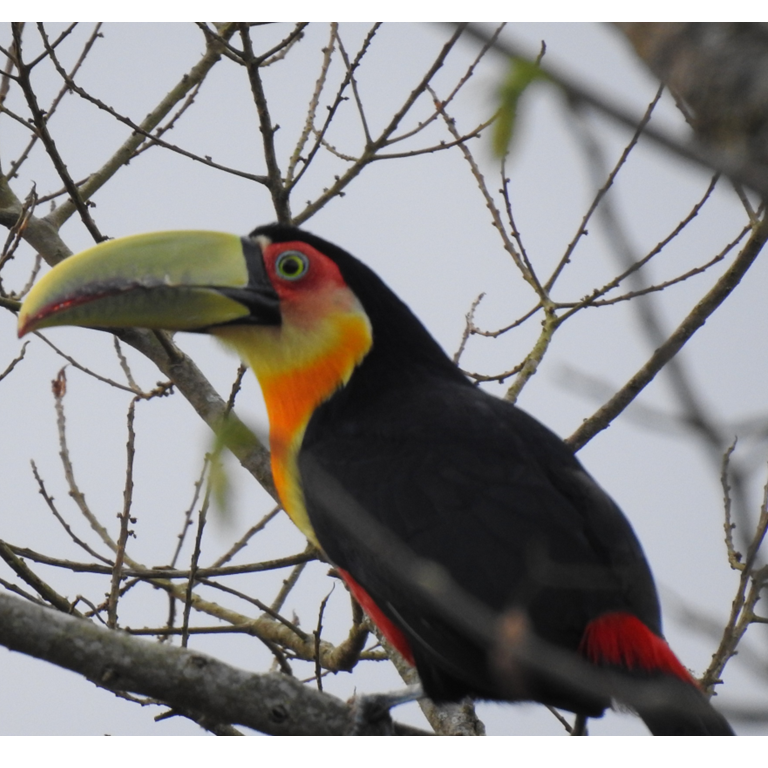
We returned to Brazil in October, but to a very different part of the country. This tour, also with Field Guides, Inc., covered areas along the southeastern coast. Before European settlement, just about all this area was covered by the lowland Atlantic Forest. Today, this is the location of many population centers and less than 5% of the Atlantic Forest remains. There are many unique bird species here and we wanted to see them before even more forest is lost.
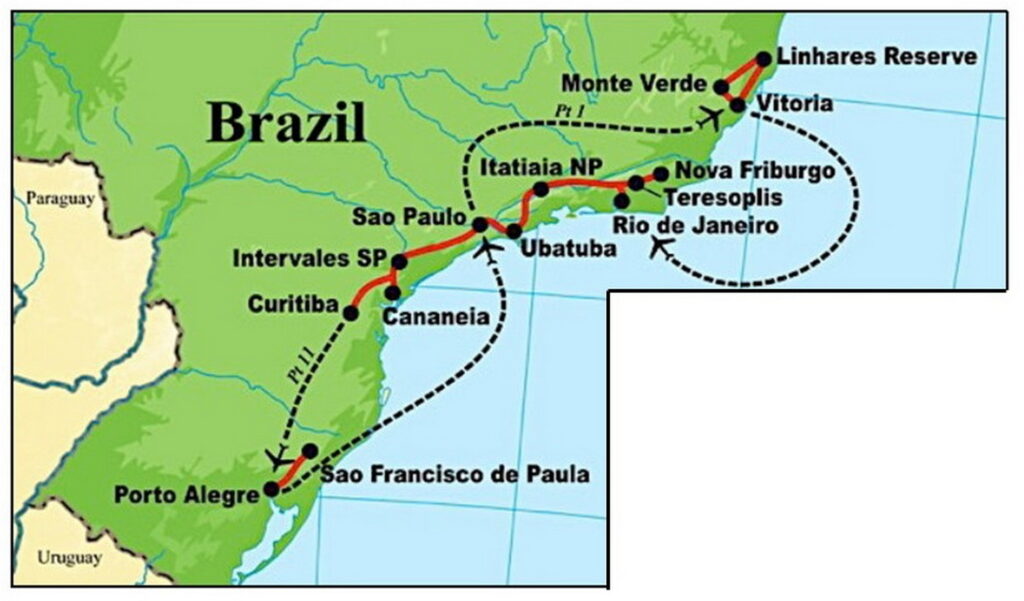
We decided to take both parts of a two-part tour, so our trip was a month long – we left Dallas late on October 20th and returned very early in the morning on Nov. 21st. Marcelo Barreiros, our guide for the Rio Roosevelt trip, co-led the tour with Bret Whitney. We’ve known Bret since the 1980’s and he’s probably spent more time birding in Brazil than any other American. It’s hard to think of a pair of guides we’d rather travel with – or just hang out with – than these two! We had traveled with four of the other participants before and it was great fun to reconnect with them. We also enjoyed getting to know the other ten participants and we hope to travel with them again.
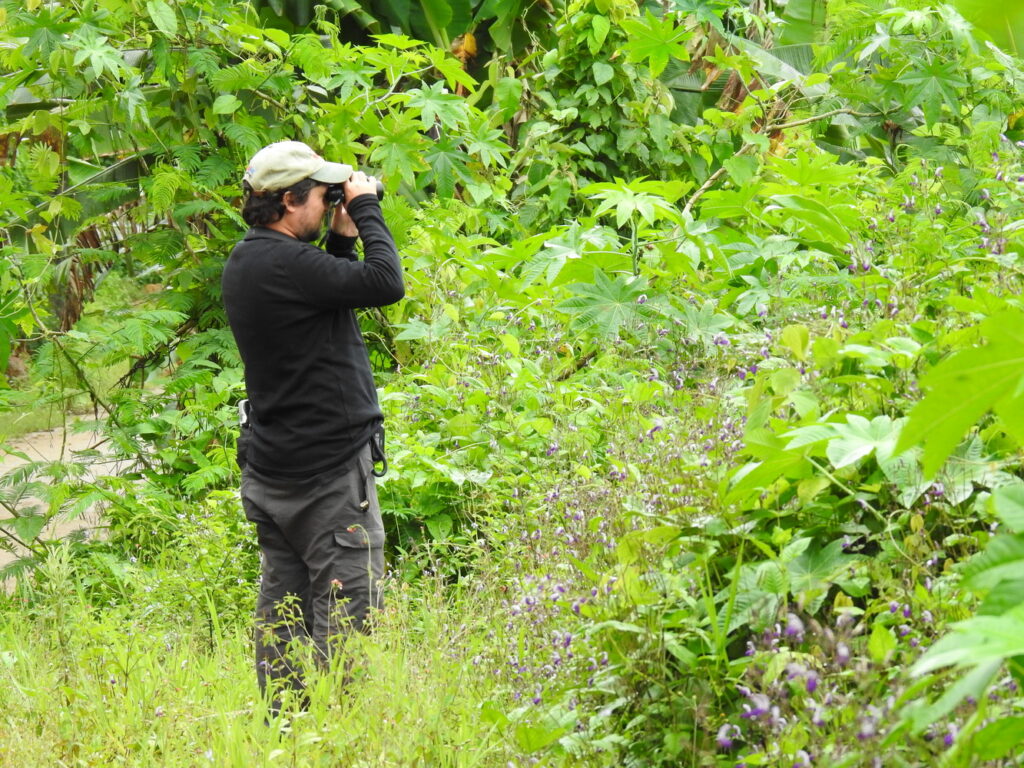
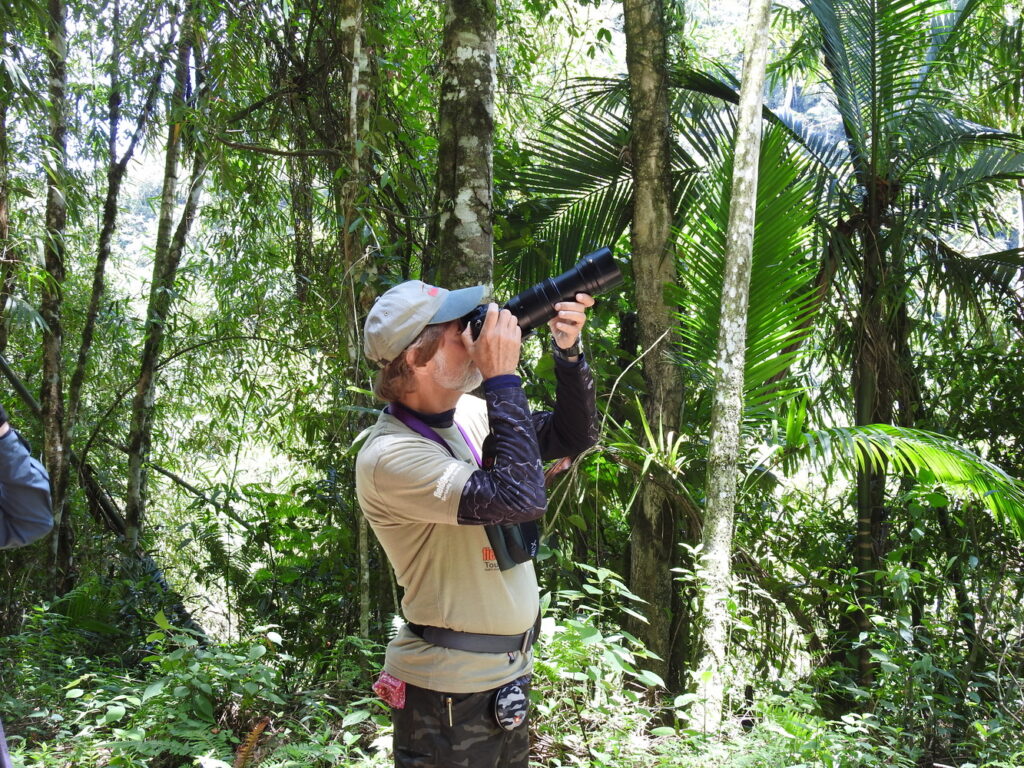
This tour had several features that were constant throughout. First, we had very intensive days. We usually got up so we could be out birding at dawn, and we were often birding and/or traveling all day and into the evenings.
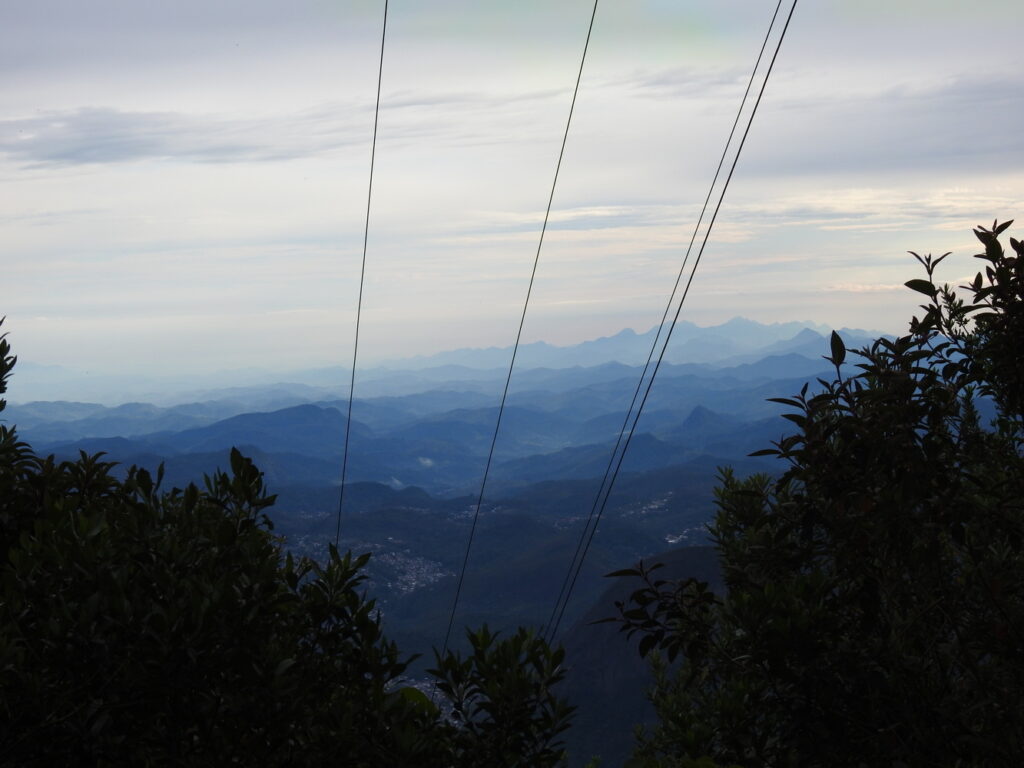
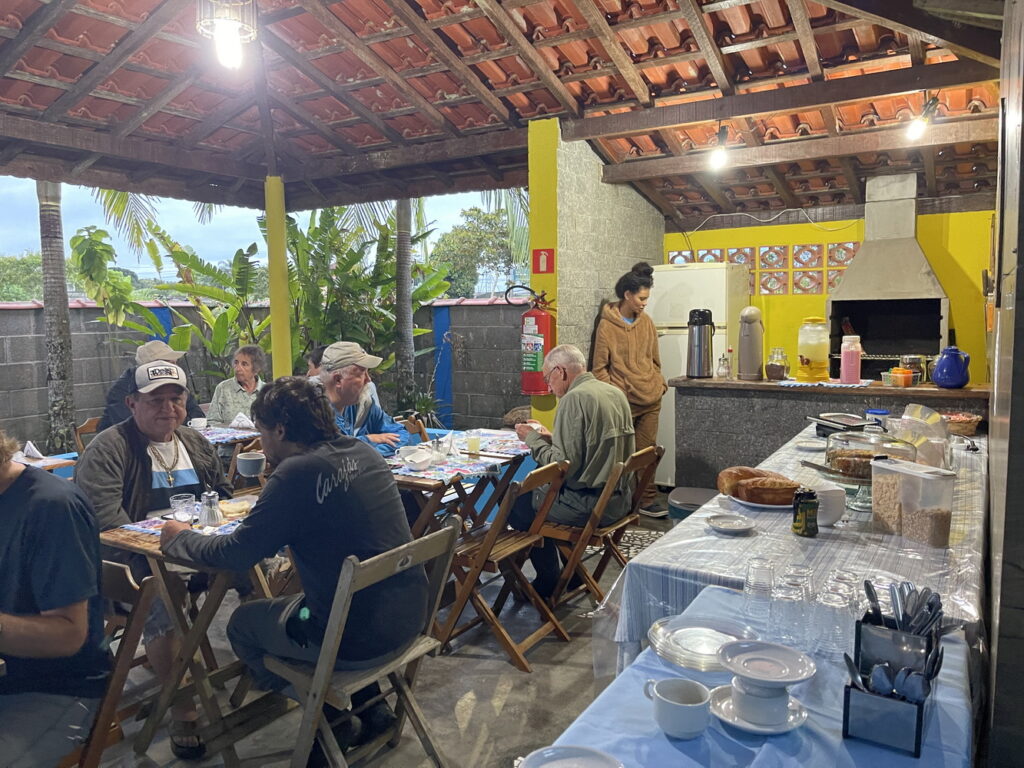
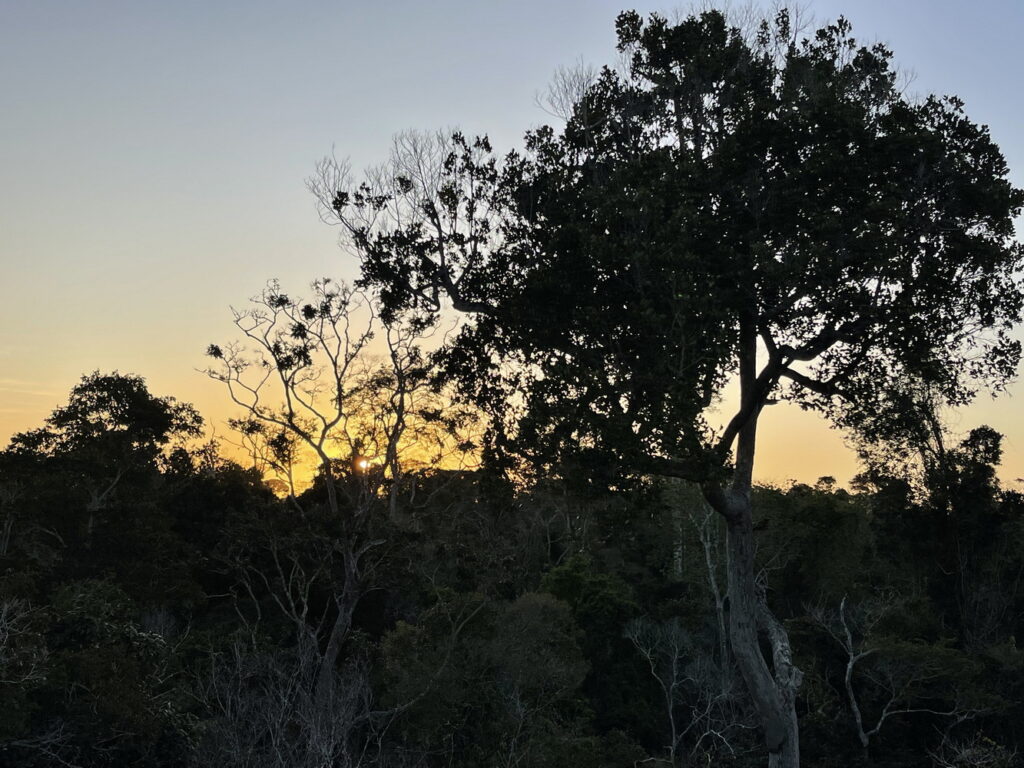
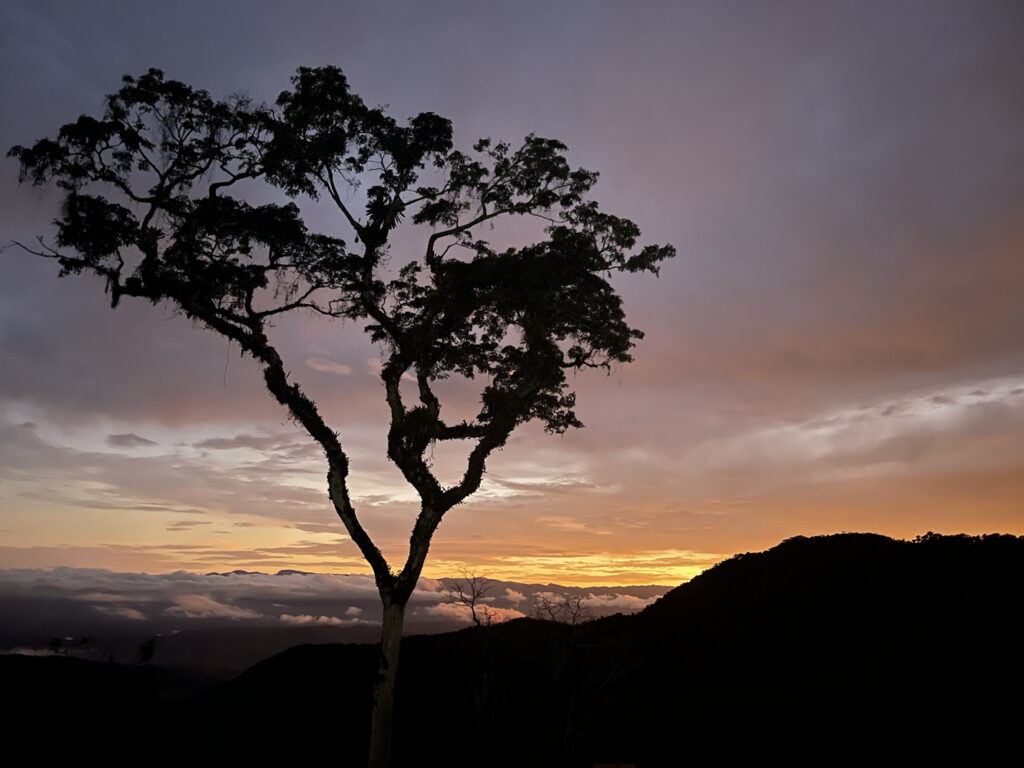
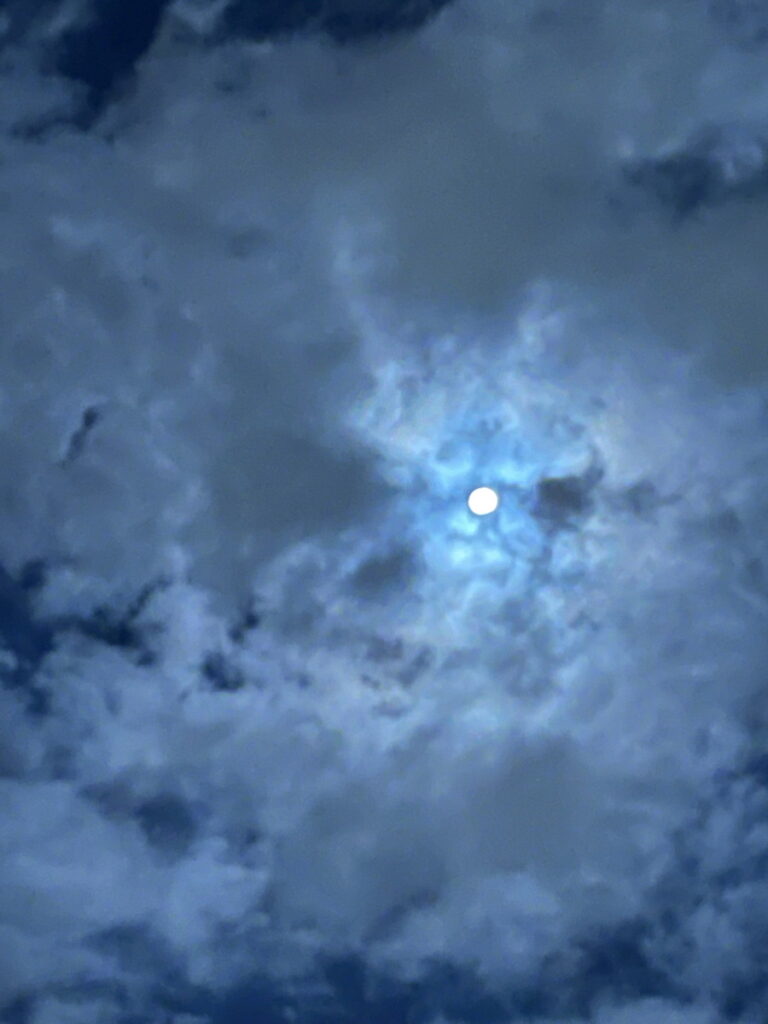
Second, we had lots of really good food! A Brazilian specialty is the churrascaria, a restaurant like a buffet but with many varieties of grilled meat, lots of veggies, side dishes and many equally appealing desserts. The basic roadside stops had much better and fresher food than you’d find at a gas station/convenience store in the US. In most cases, the meal is charged by weight.
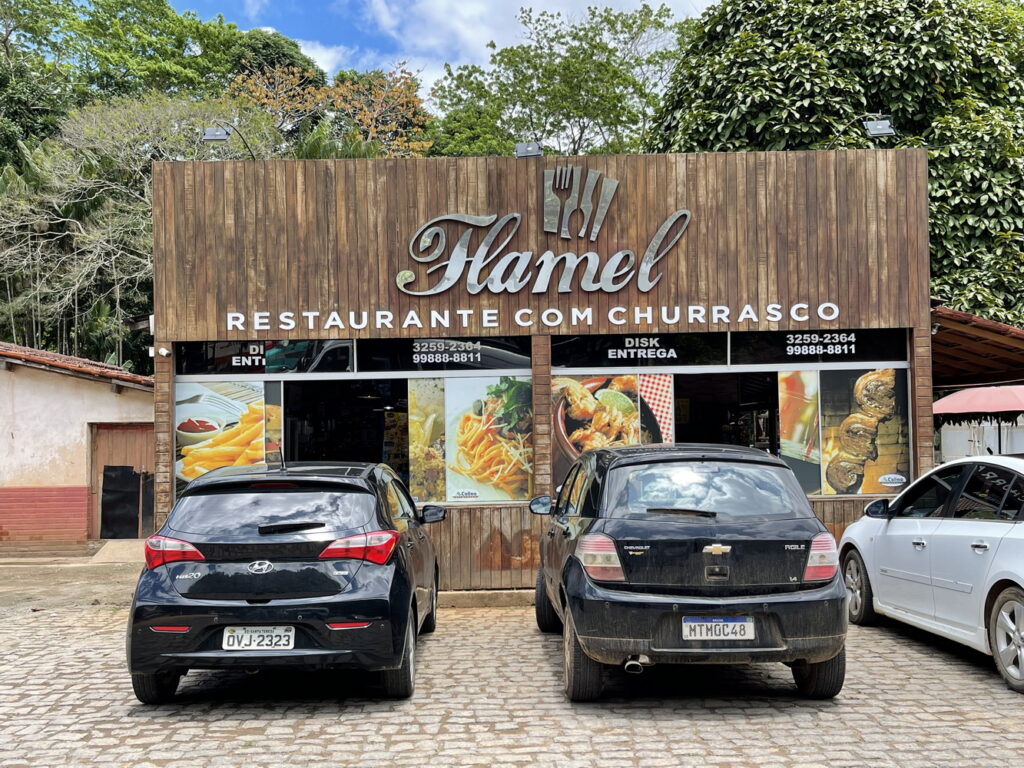
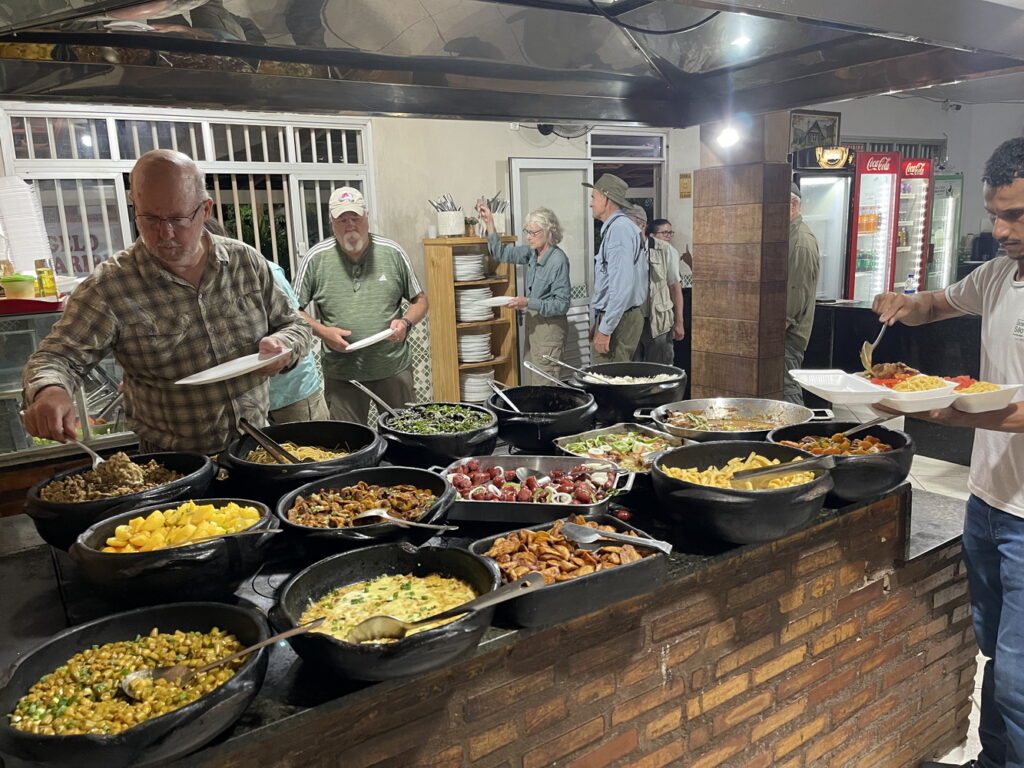
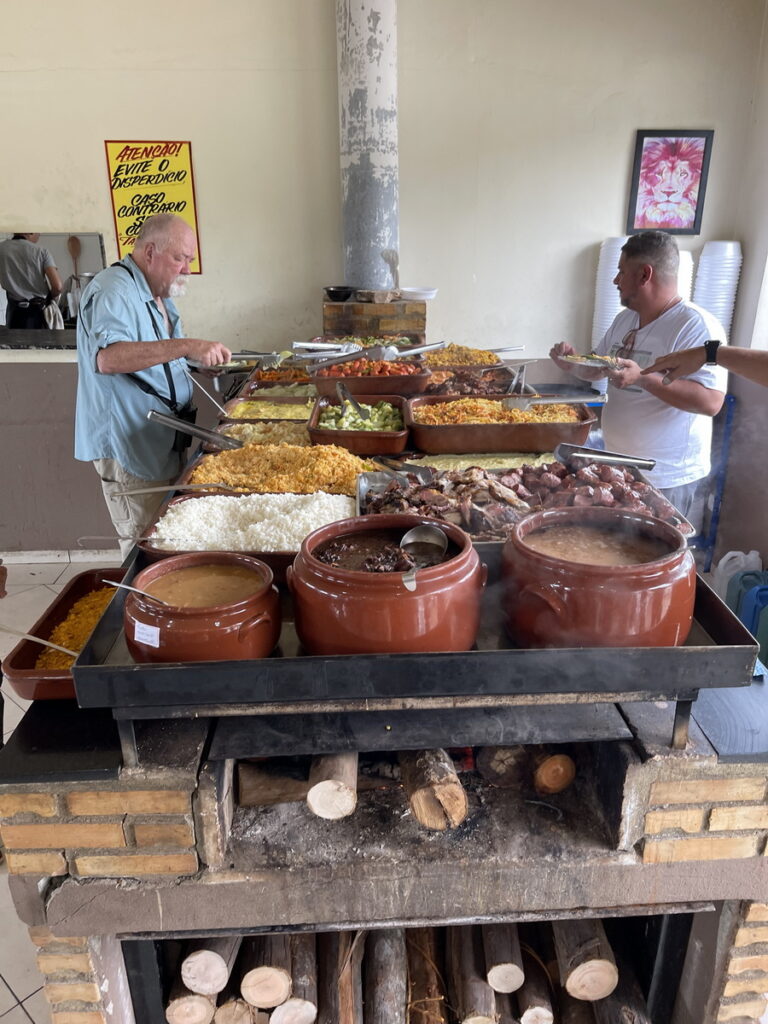
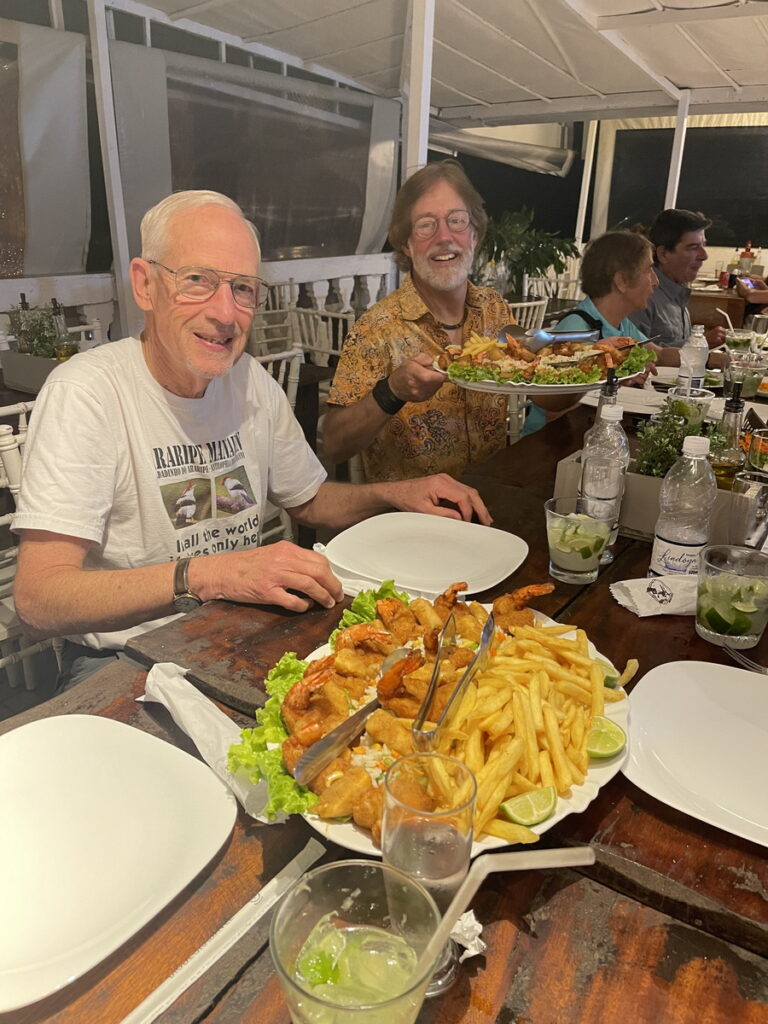
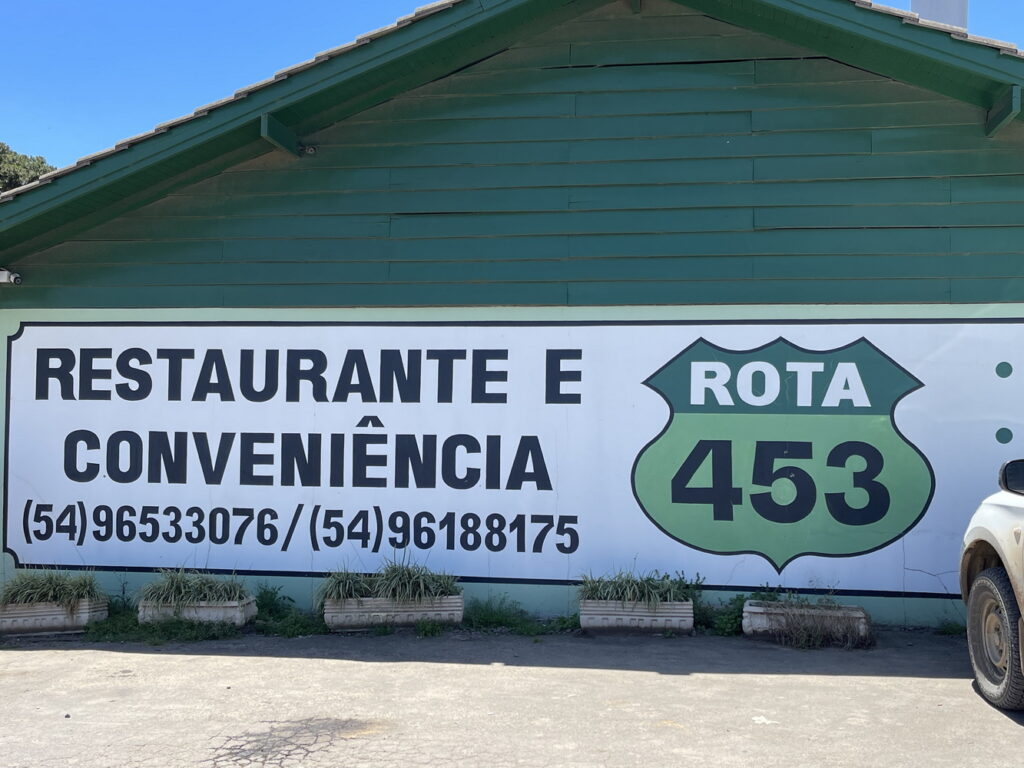
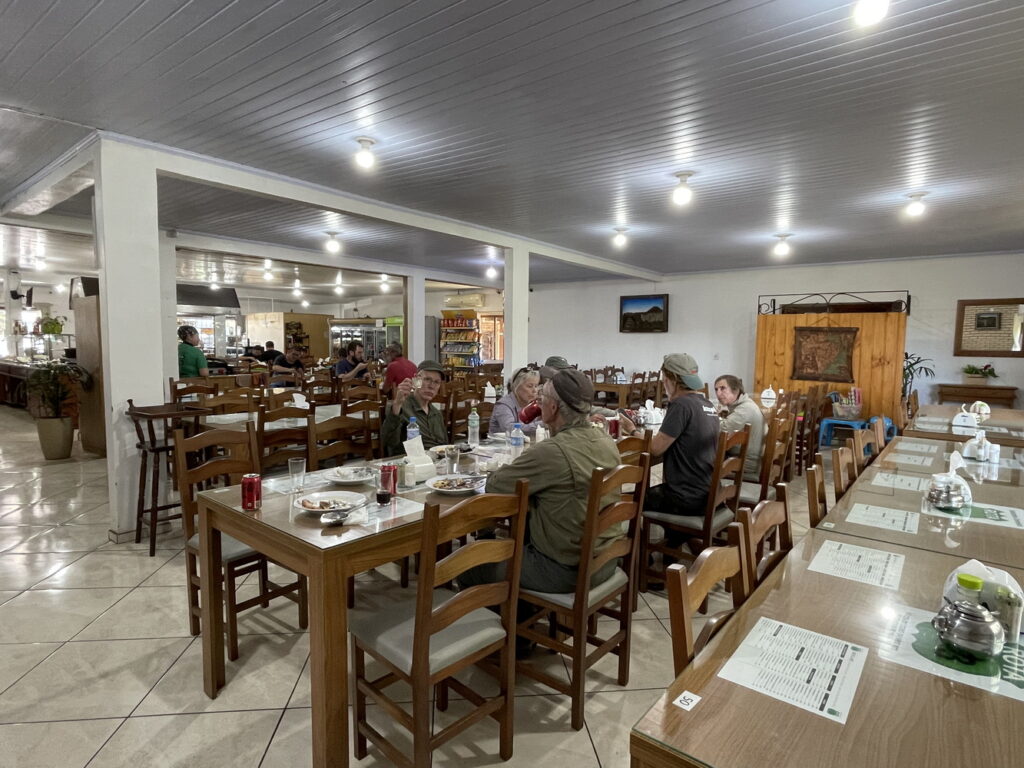
The bigger restaurants featured servers who hand carve the meats at tableside. Even though we were active all day every day, we managed to gain weight.
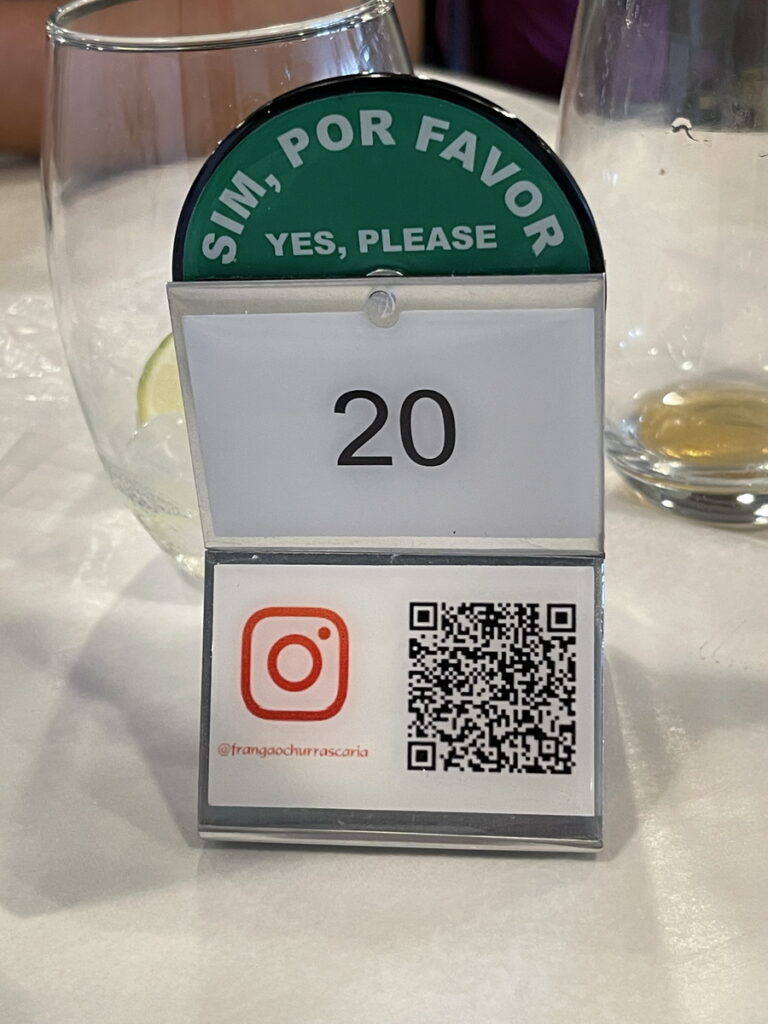
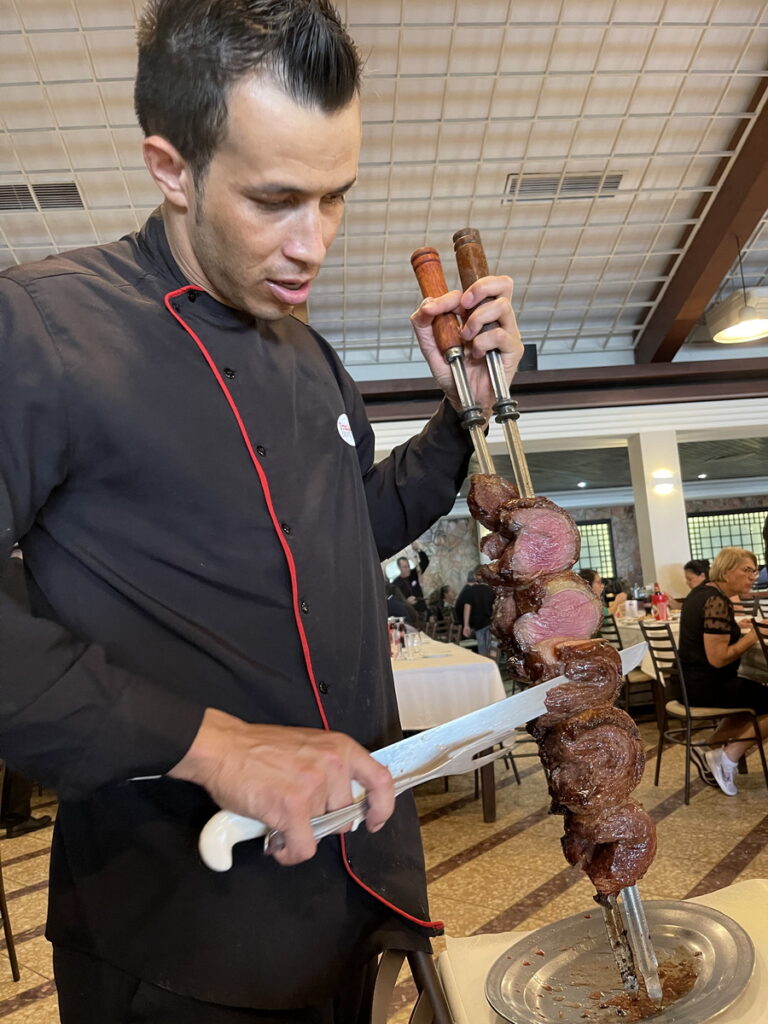
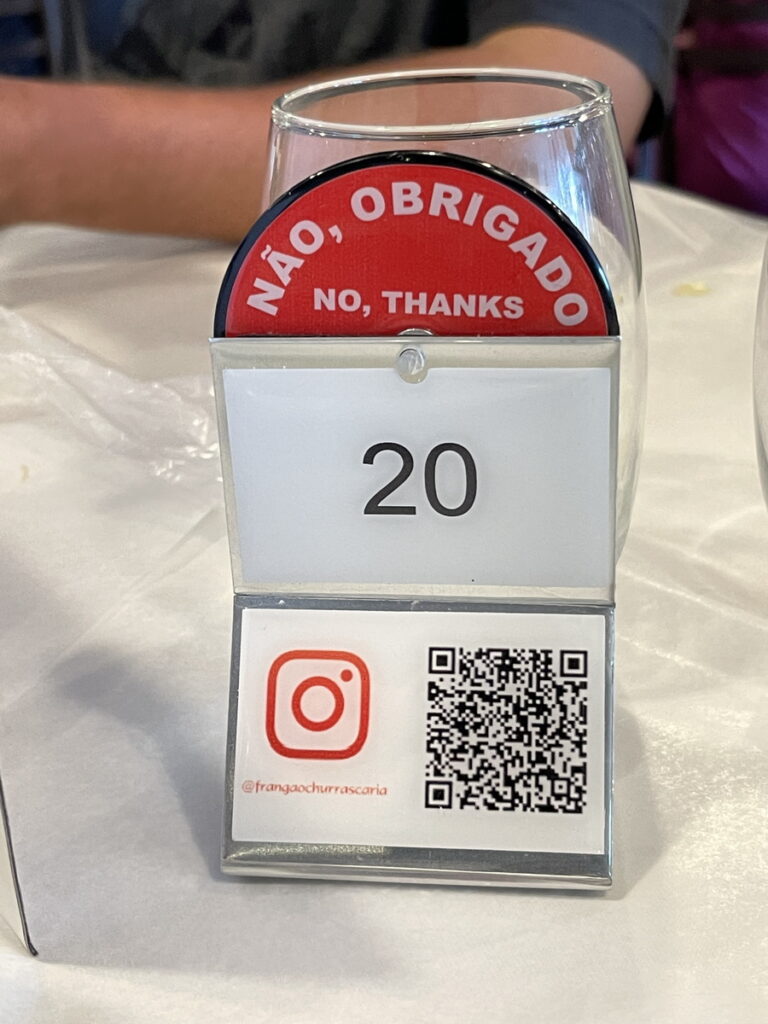
We again started the trip with an overnight flight from Dallas to Sao Paulo. Then we transferred from one airport to another (like transferring from DFW to Dallas Love Field) and got a flight to Vitoria (the capitol of the state of Espirito Santo), a major city on the Atlantic coast north of Rio de Janeiro. This was the starting point for the first part of the tour “North of the Tropics”.
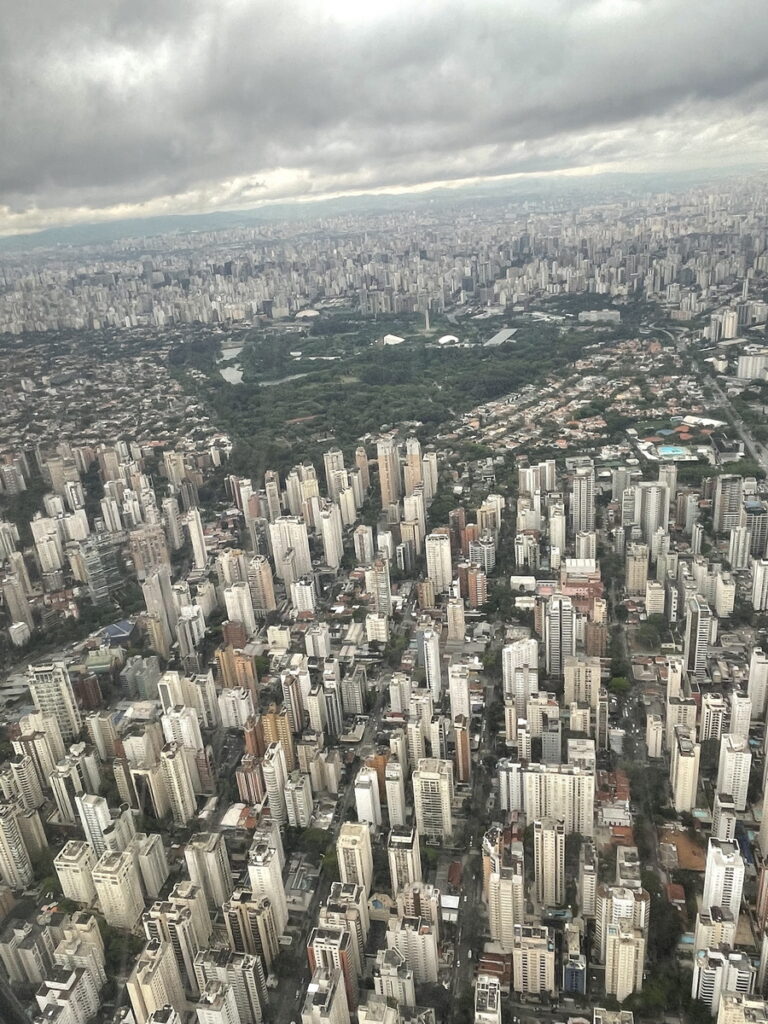
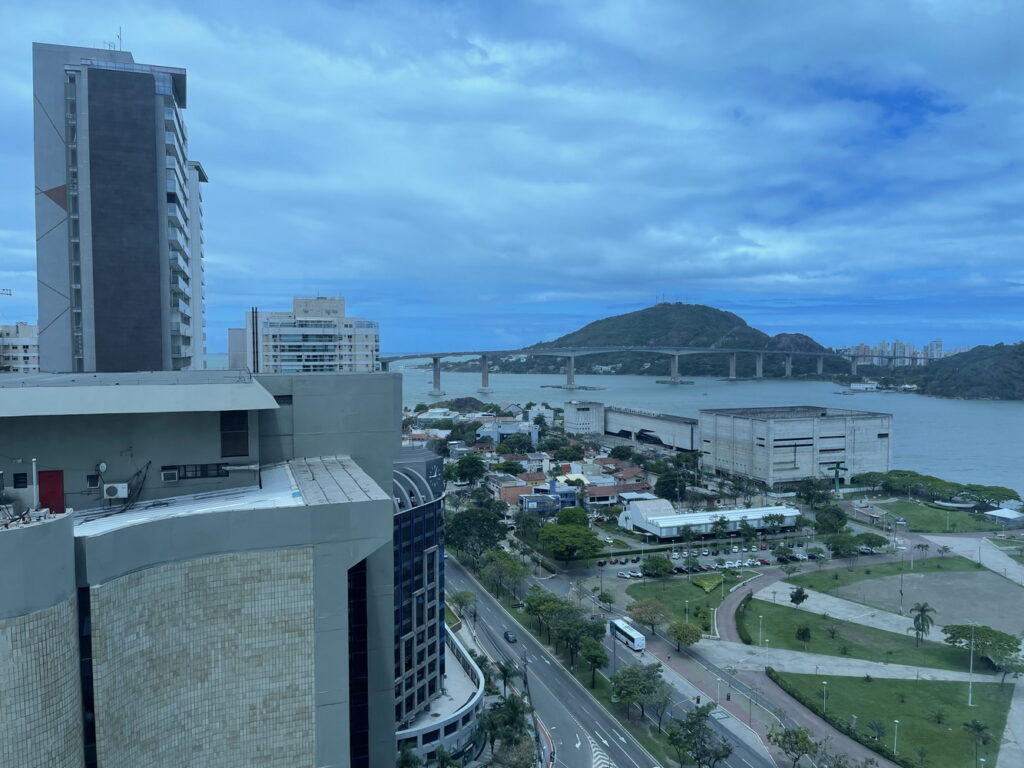
The first full day of the tour included our first lifers – a Pygmy Nightjar and an endemic cactus!
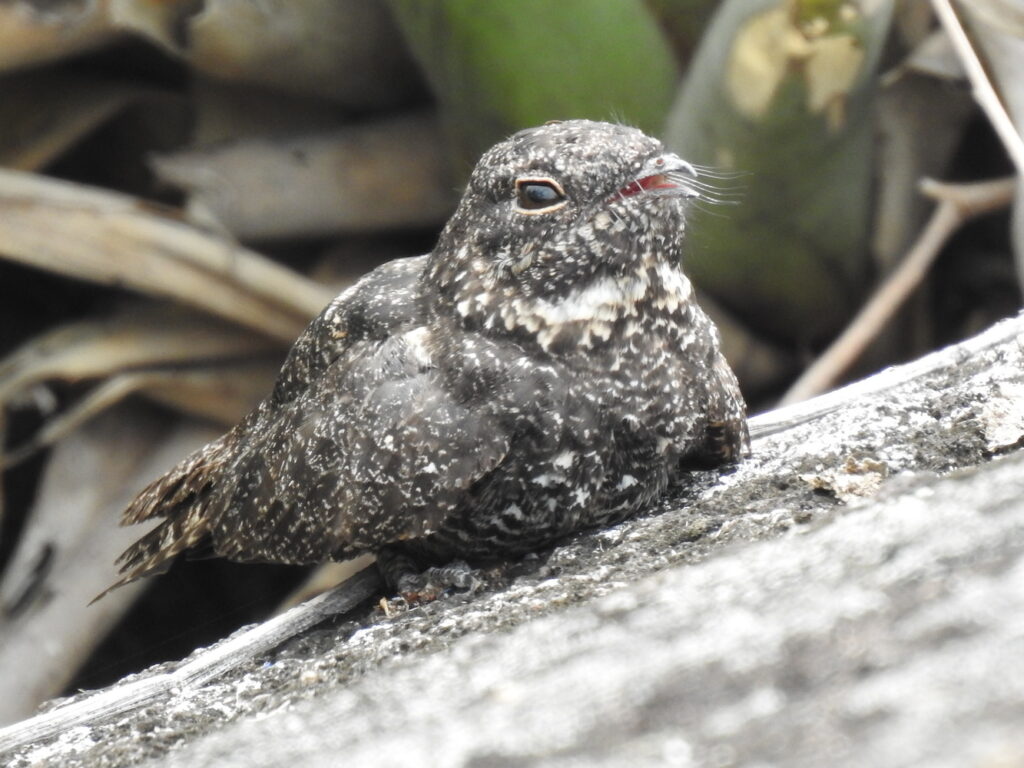
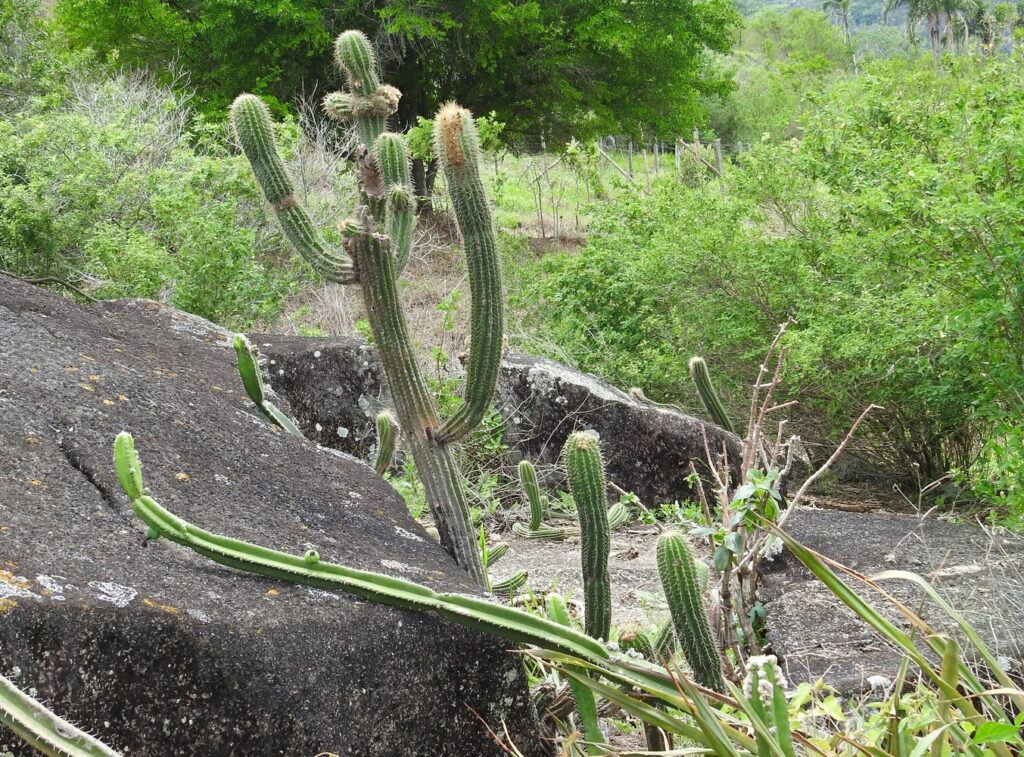
The next day, we left Vitoria and went inland and upslope to the Duas Bocas Biological Reserve. The mud on the steep road caused our first vehicle challenge. We had lunch at Pontofrio, a restaurant famous for its many bird feeders.
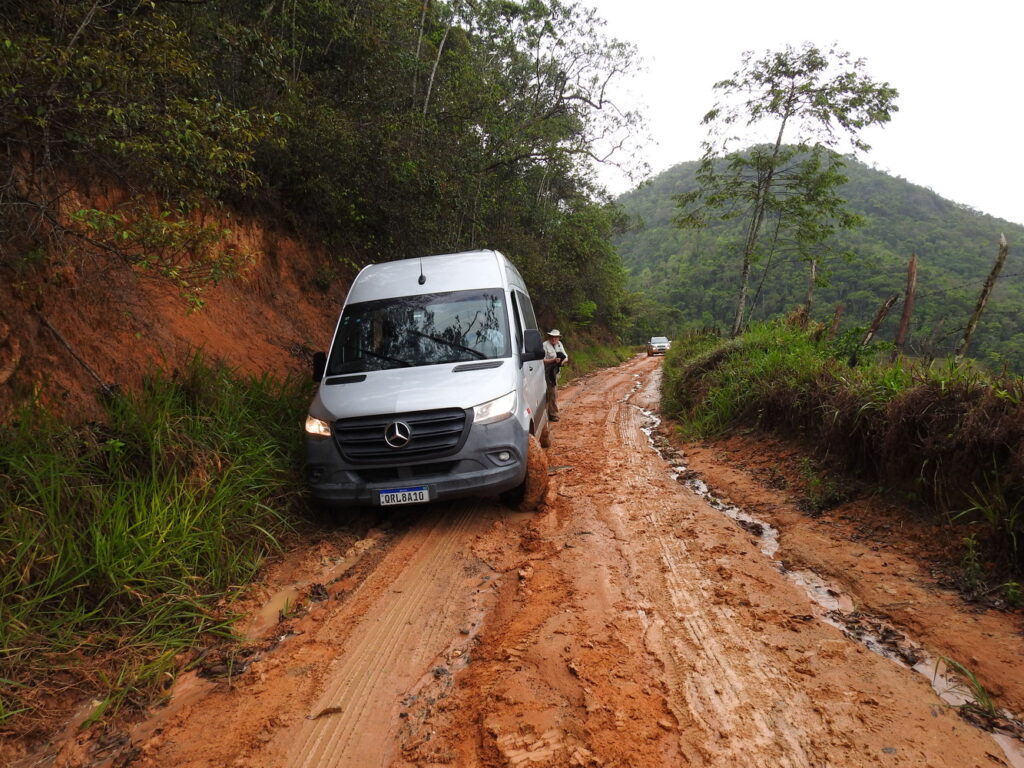
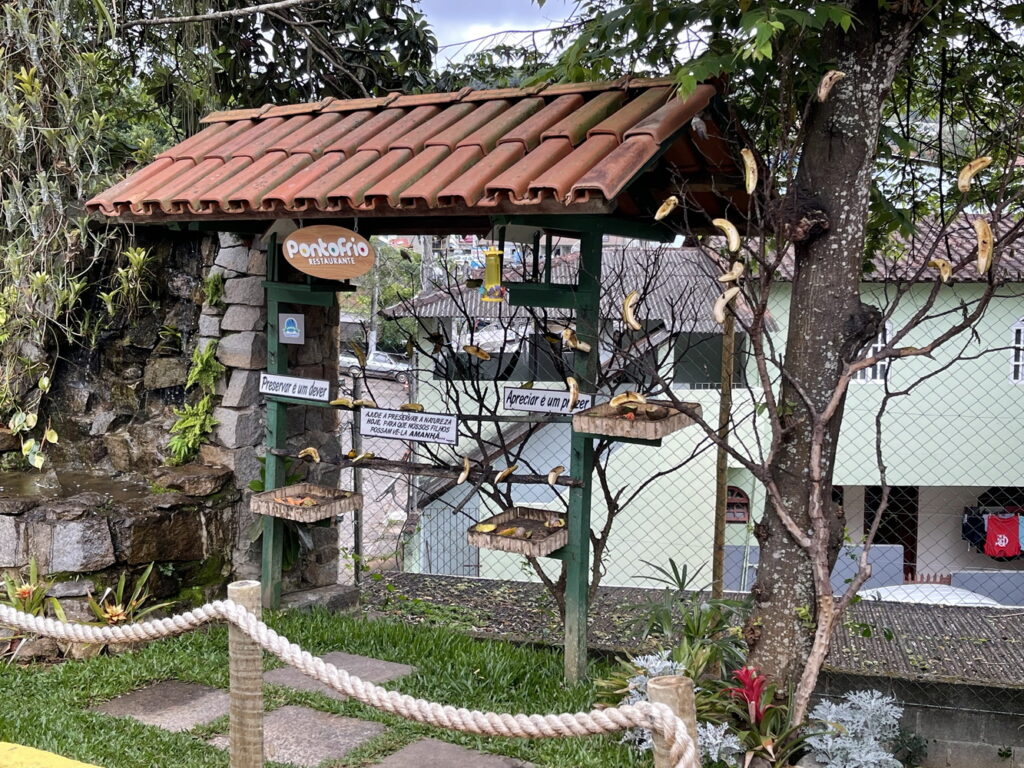
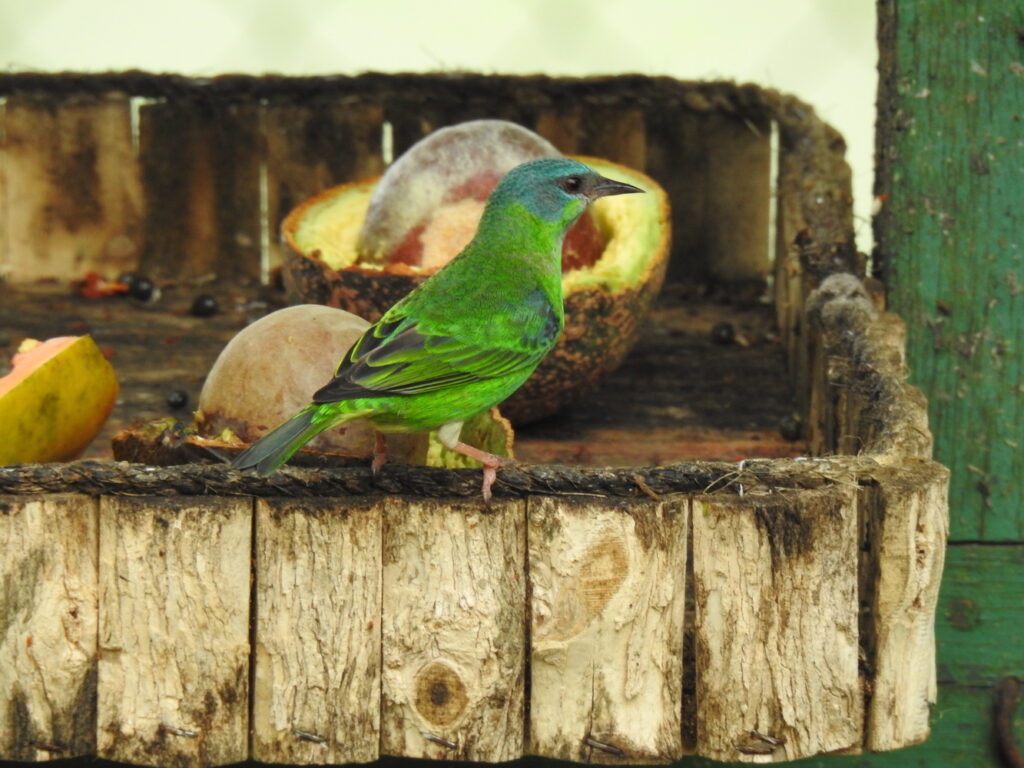
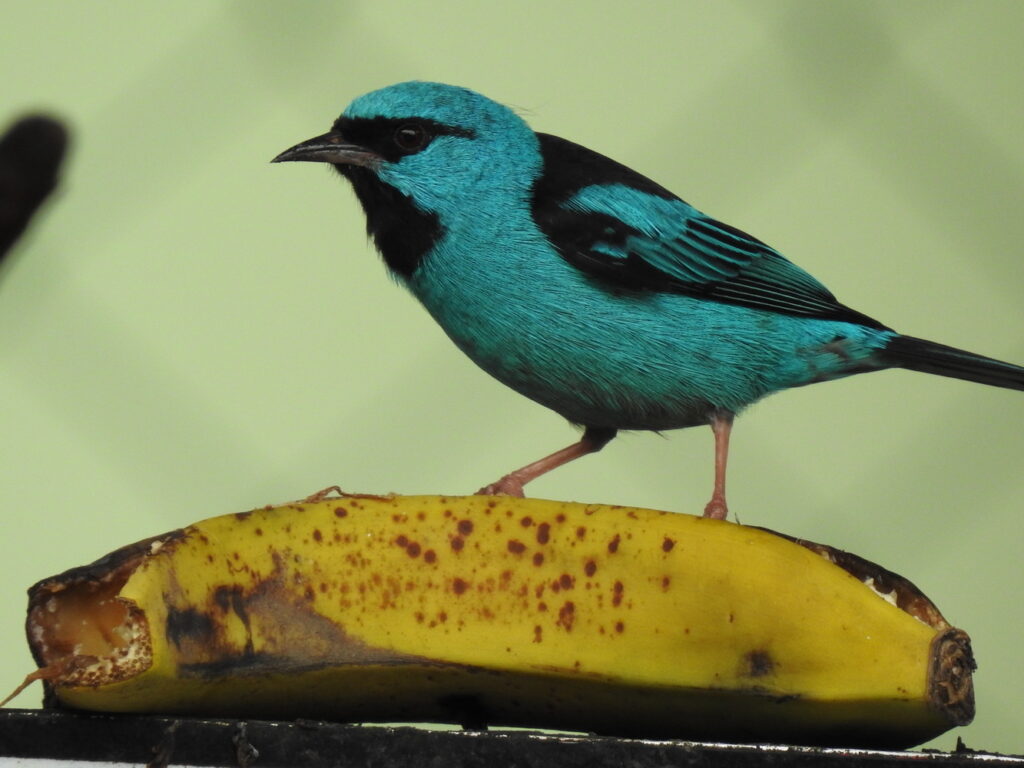
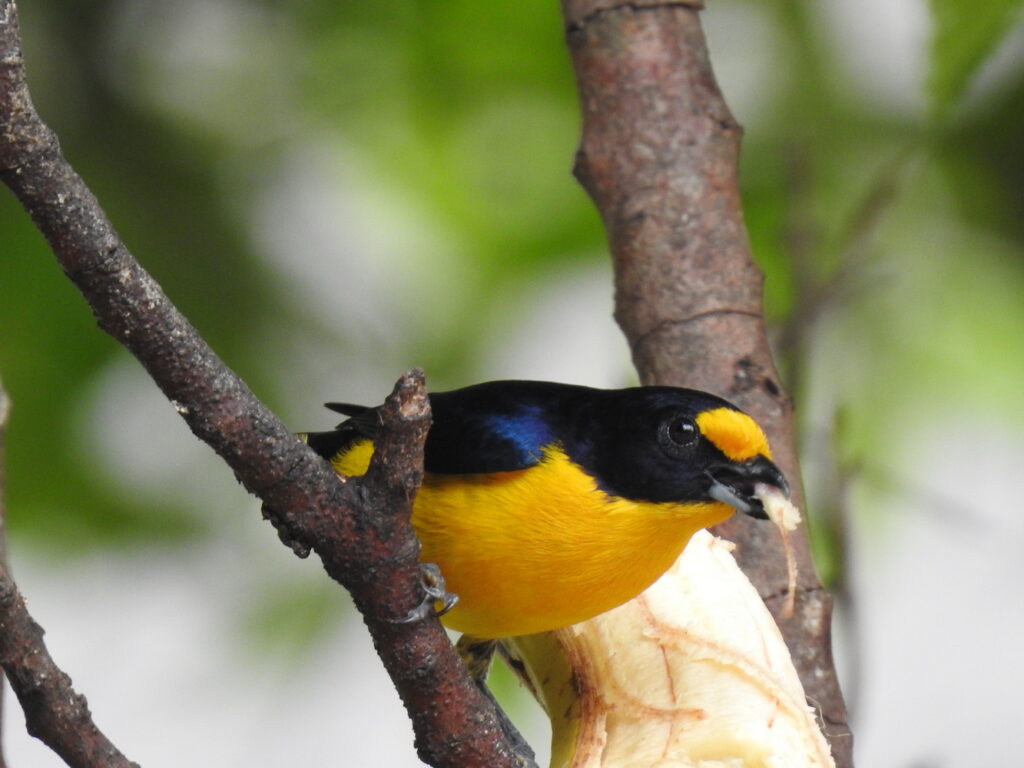
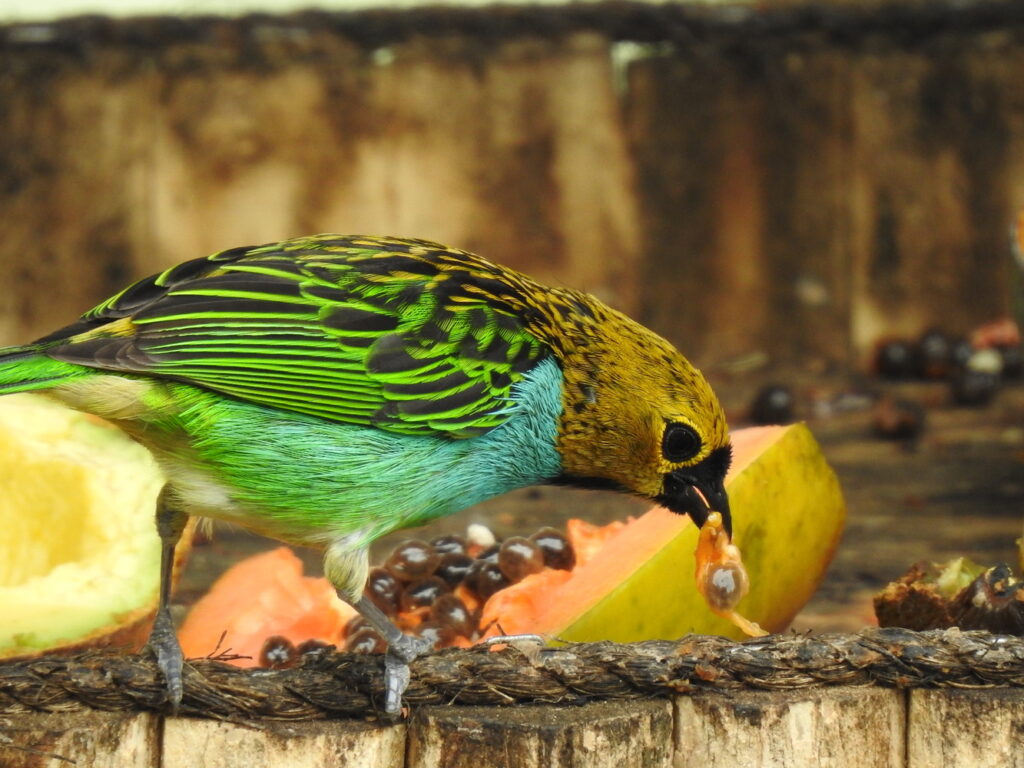
In the afternoon we made our first visit to Kaete’s Reserve, where researchers are studying the Cherry-throated Tanager. There are only about 22 of these birds left in the world and the team is working to locate and protect the nests so the population can increase. We were very lucky to see about 8 adults and three young. They raise their young communally, so all the adults were active feeding all the youngsters.
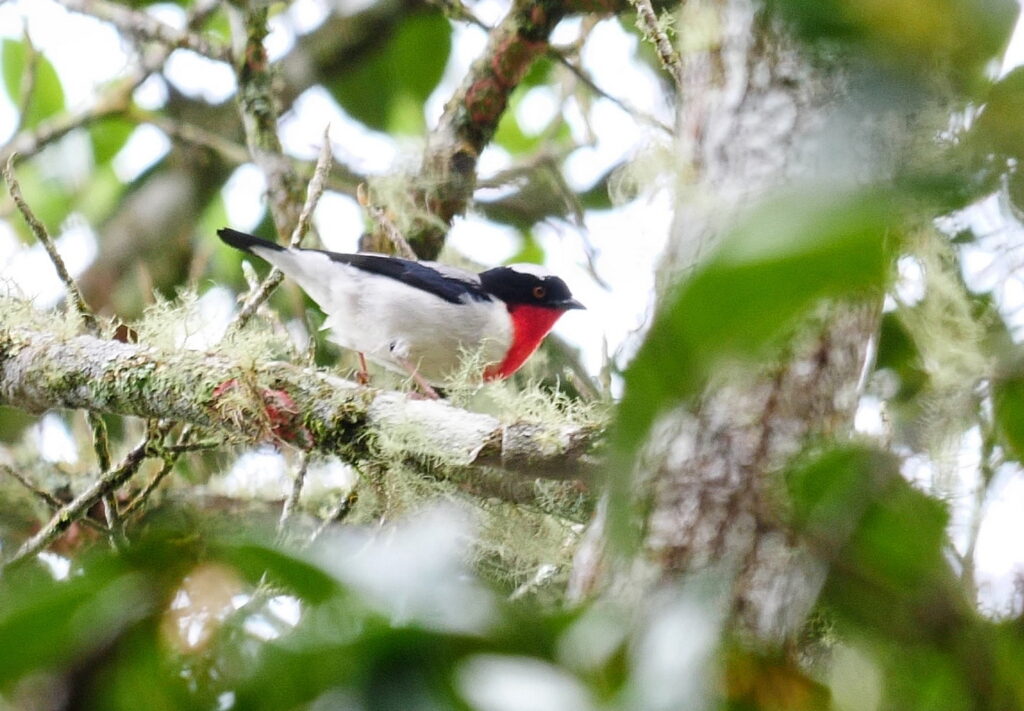
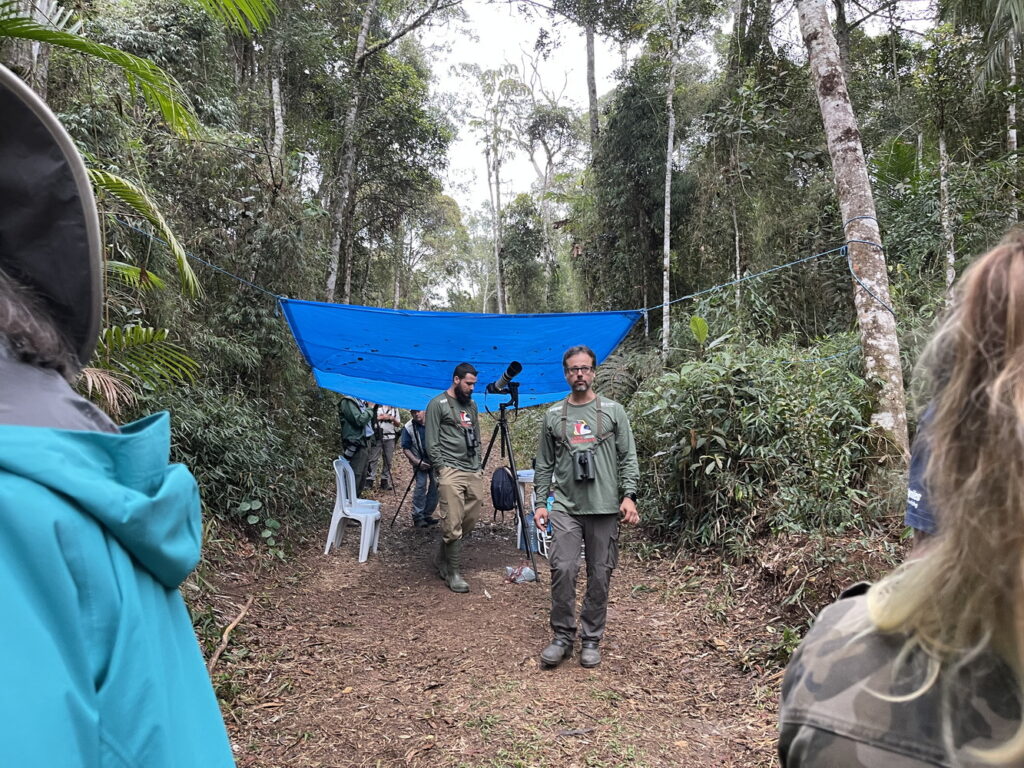
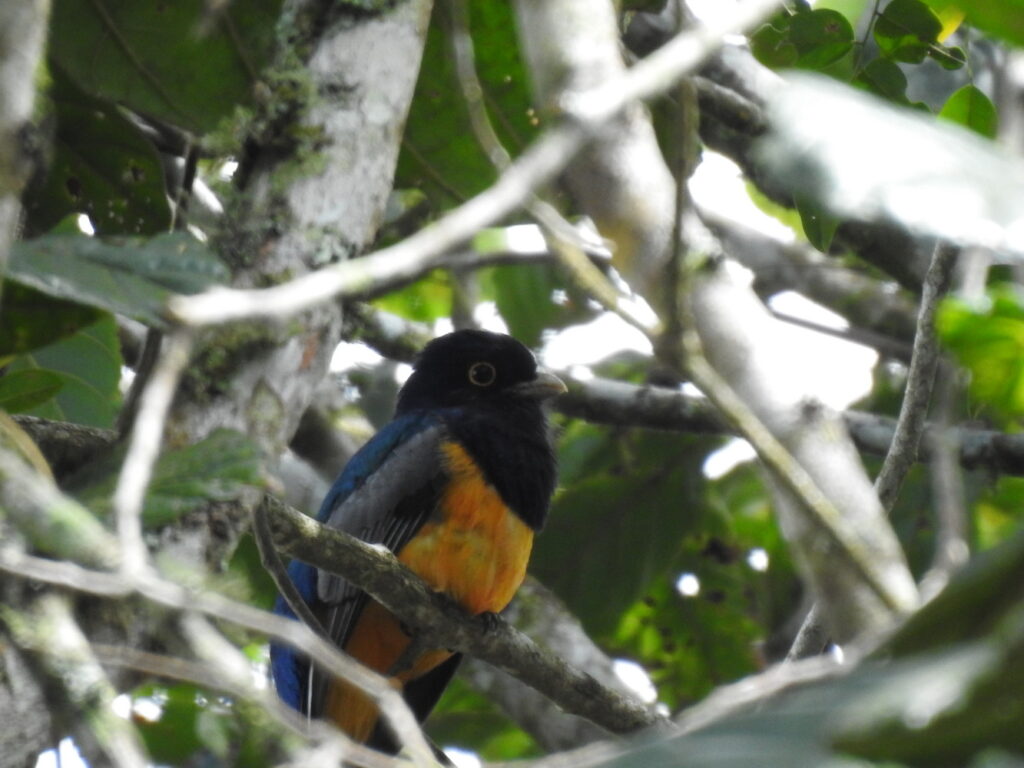
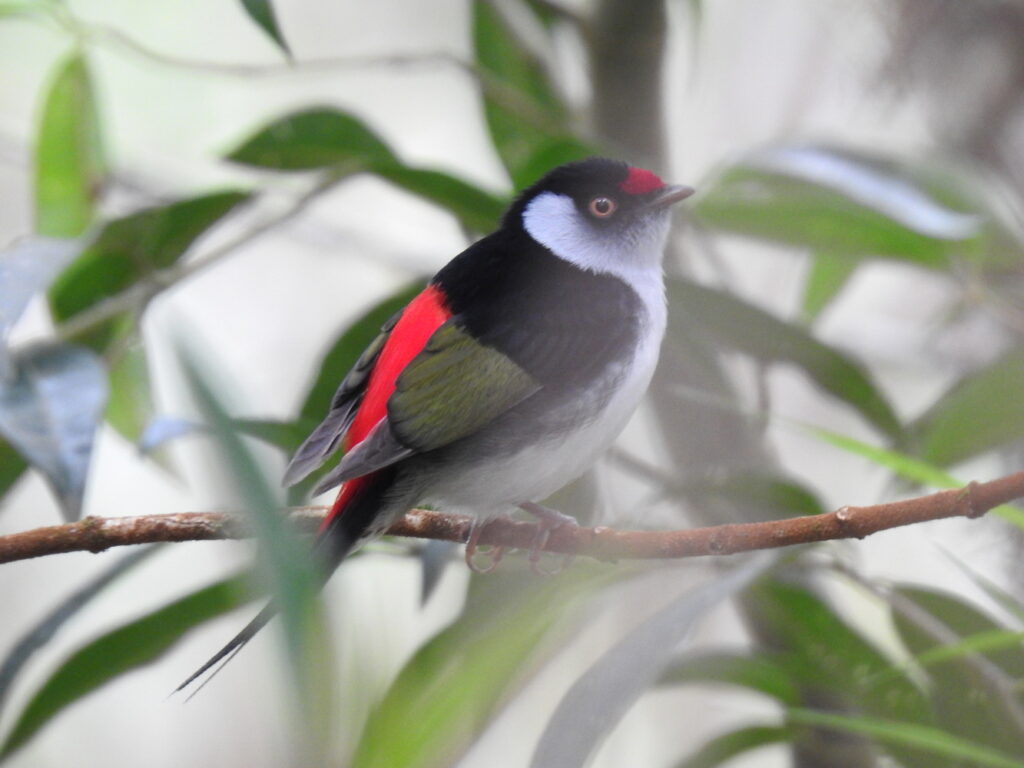
Our lodge, Pousada Aargau, was founded by a Swiss family and definitely had an Alpine feel.
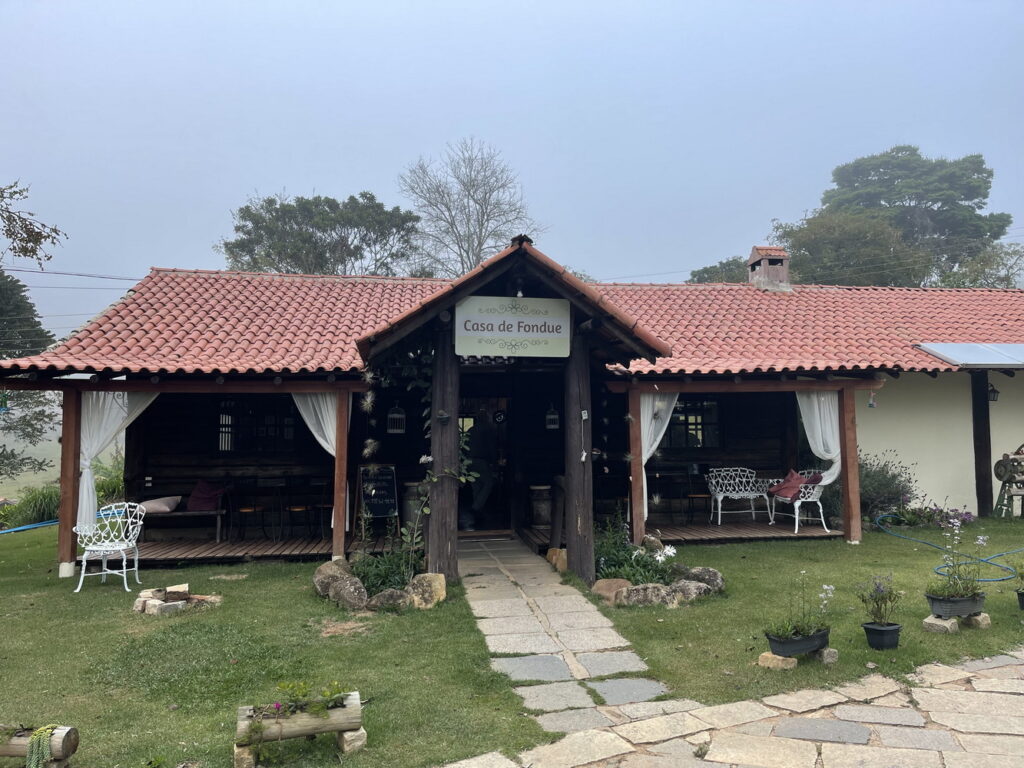
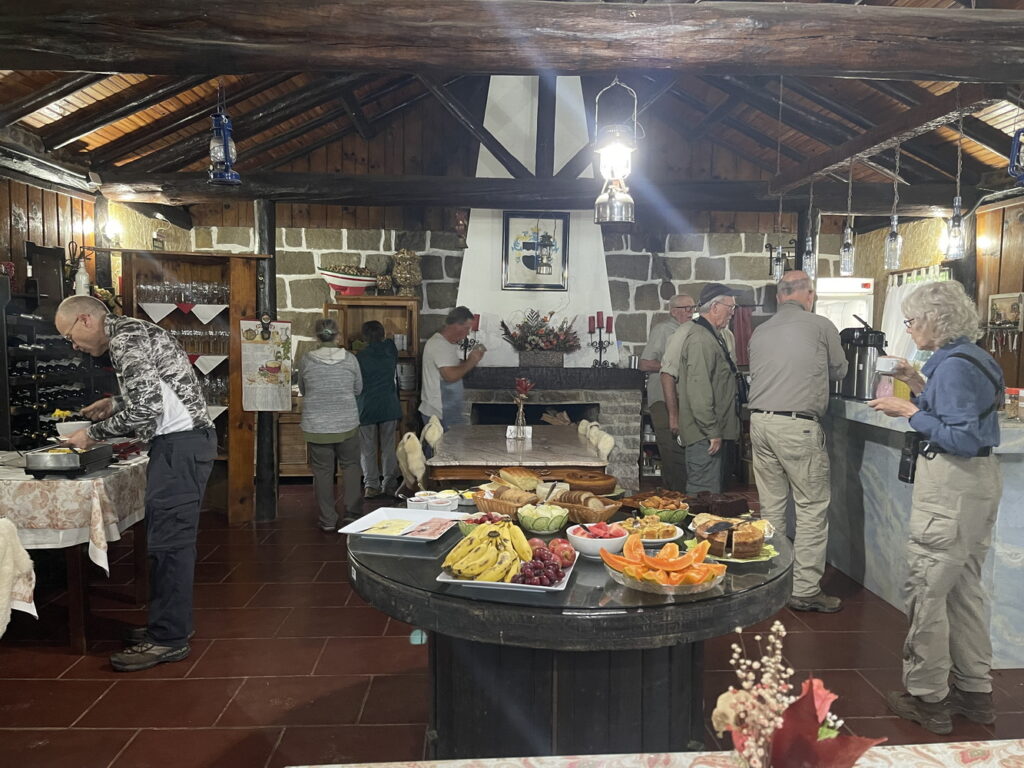
We visited Pedra Azul State Park and enjoyed the beautiful blue granite mountains (the highest is almost 6,000 feet tall) as well as the birdlife there.
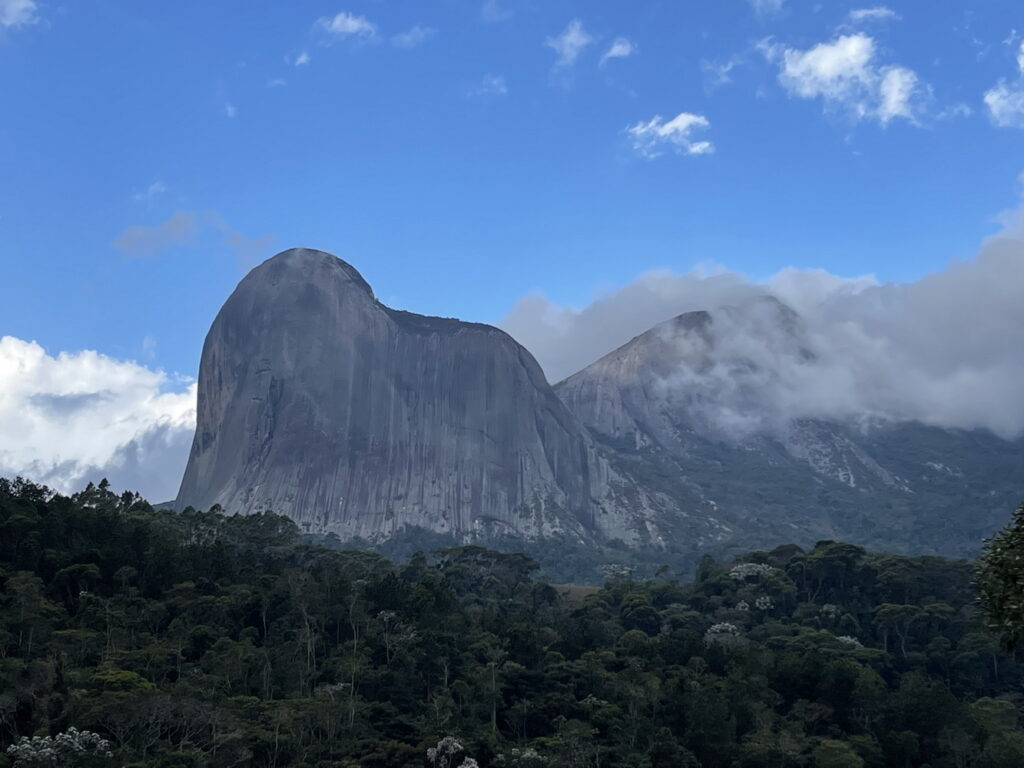
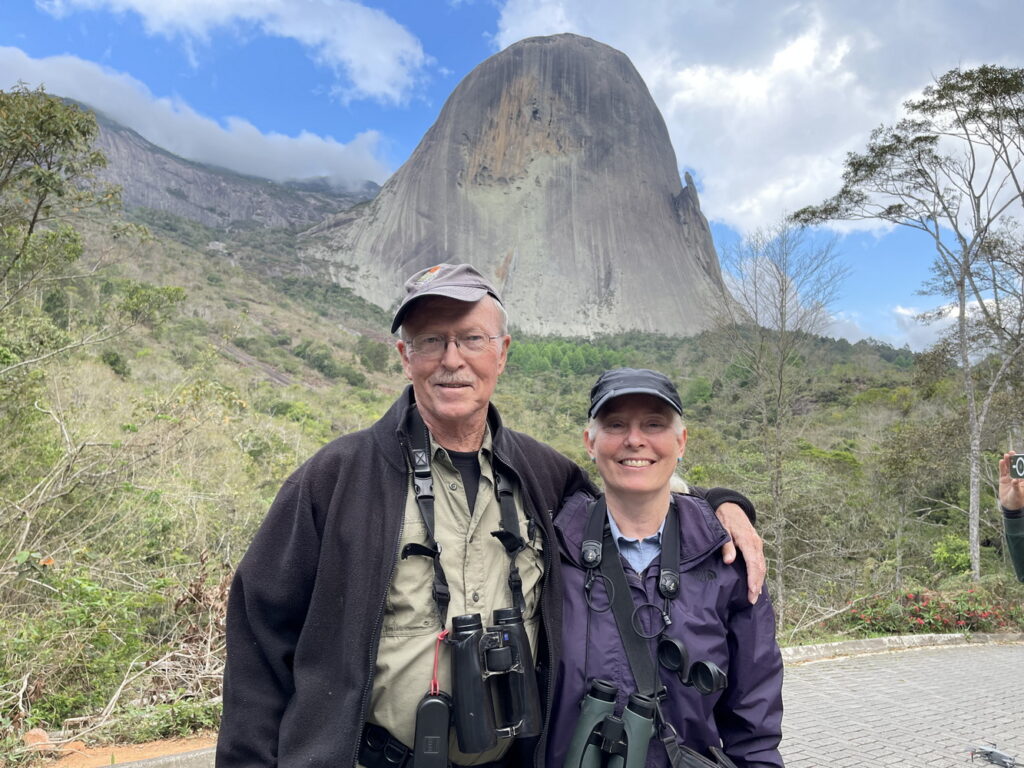
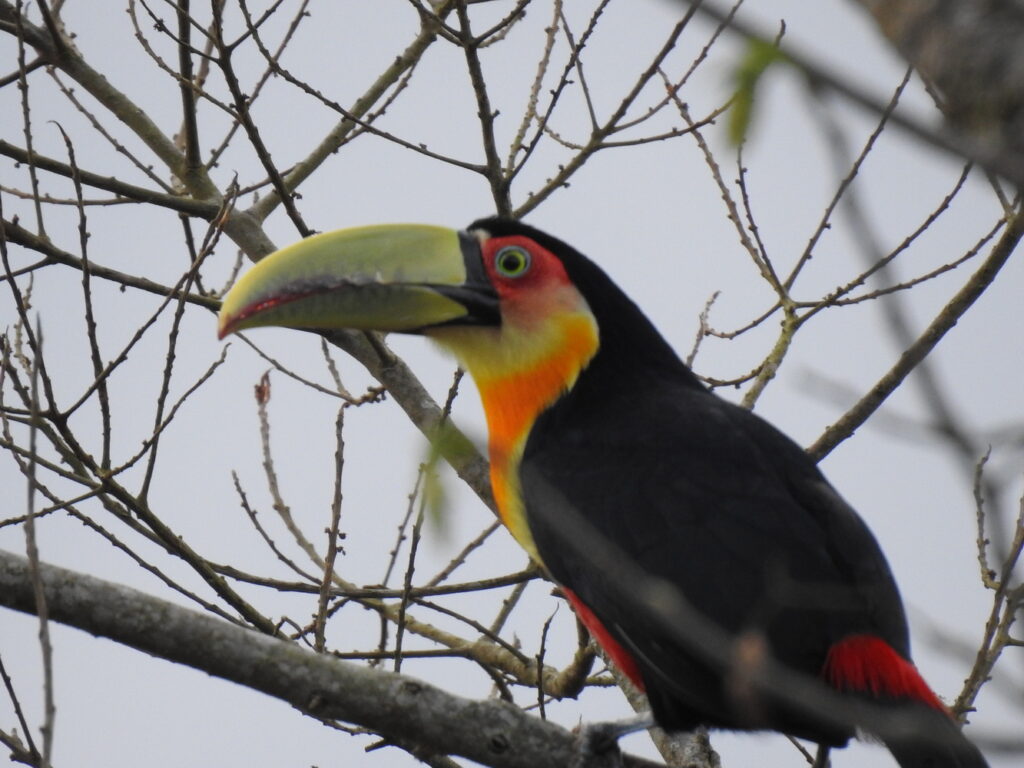
Santa Teresa is a community famous for its hummingbirds. We made several trips to the wonderful Pousada Vita Verde to watch them at feeders. We also visited the Mello Leitao Museum in the middle of town, where we found parrots and a lifer East Brazilian Chachalaca.
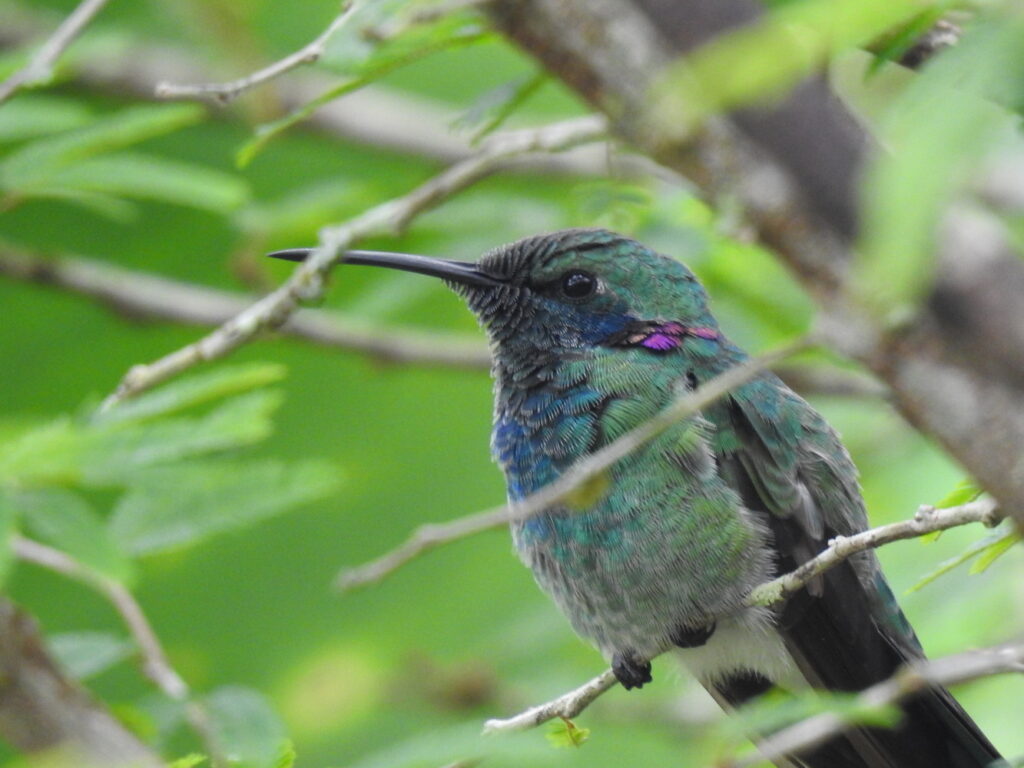
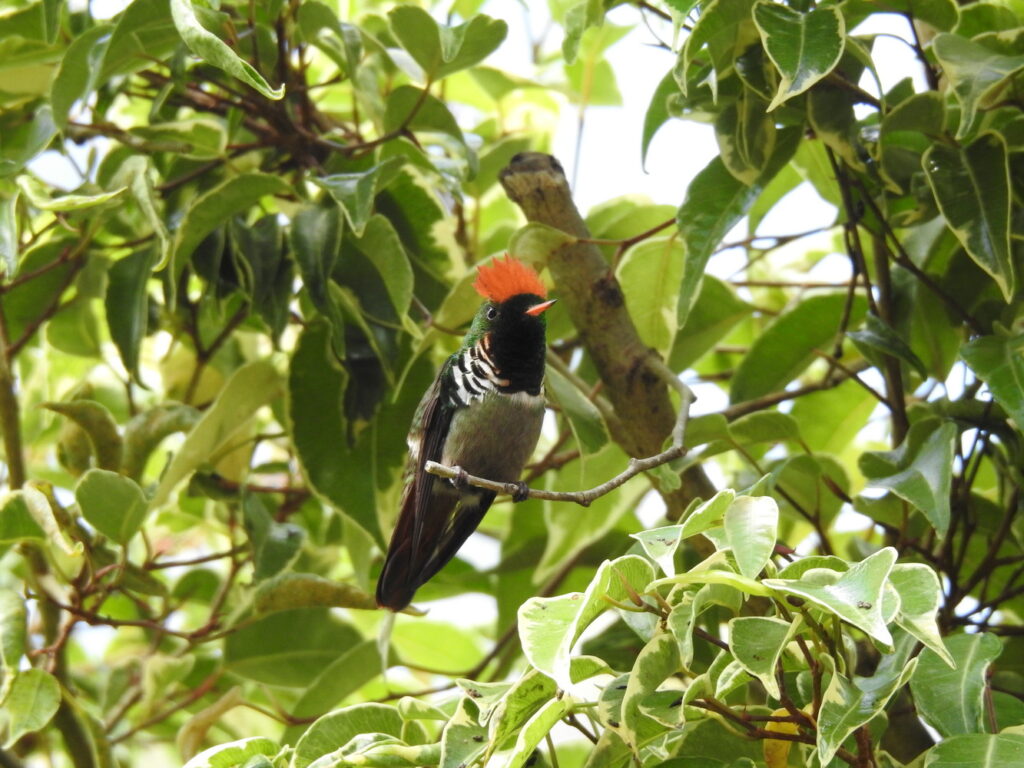
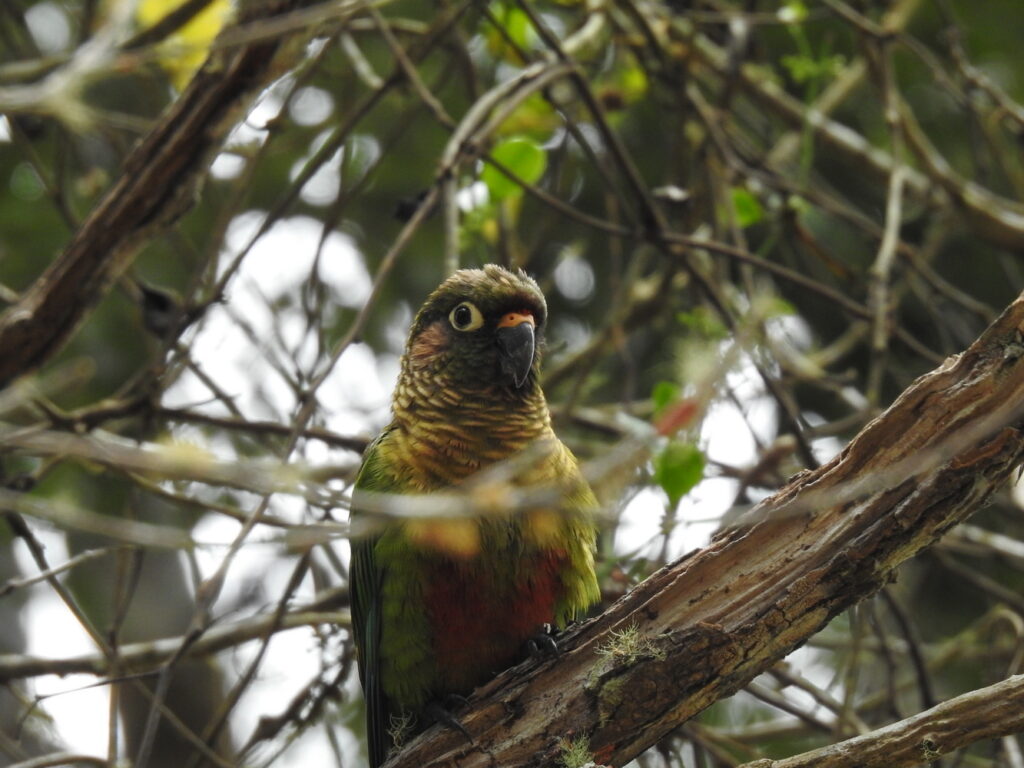
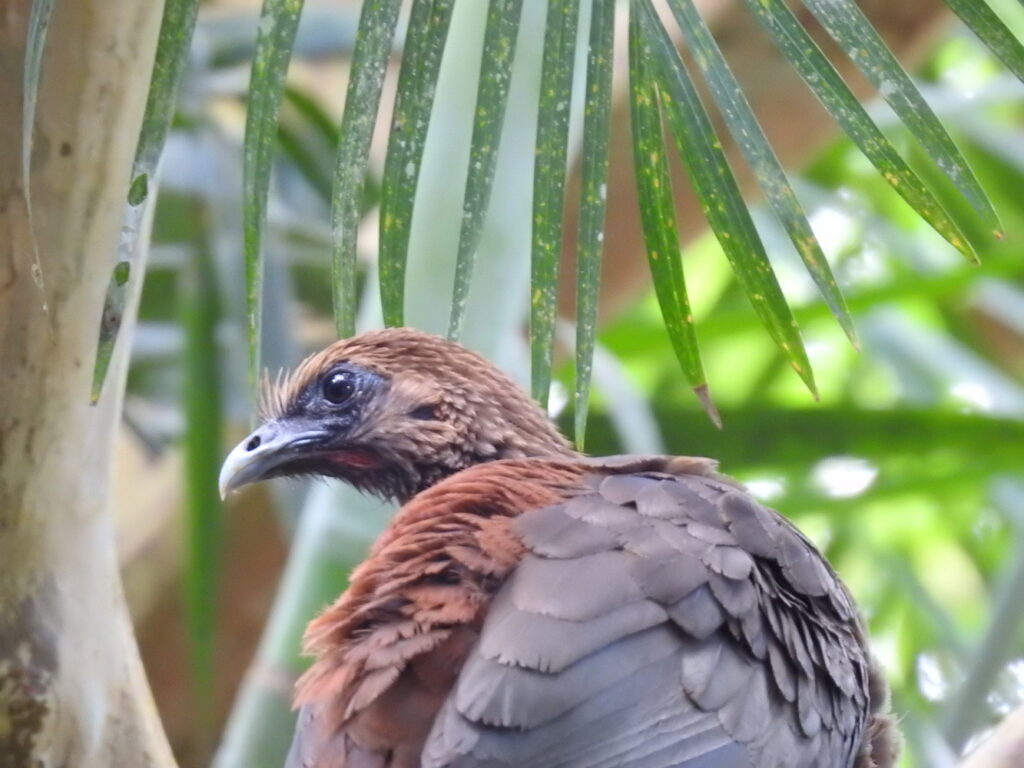
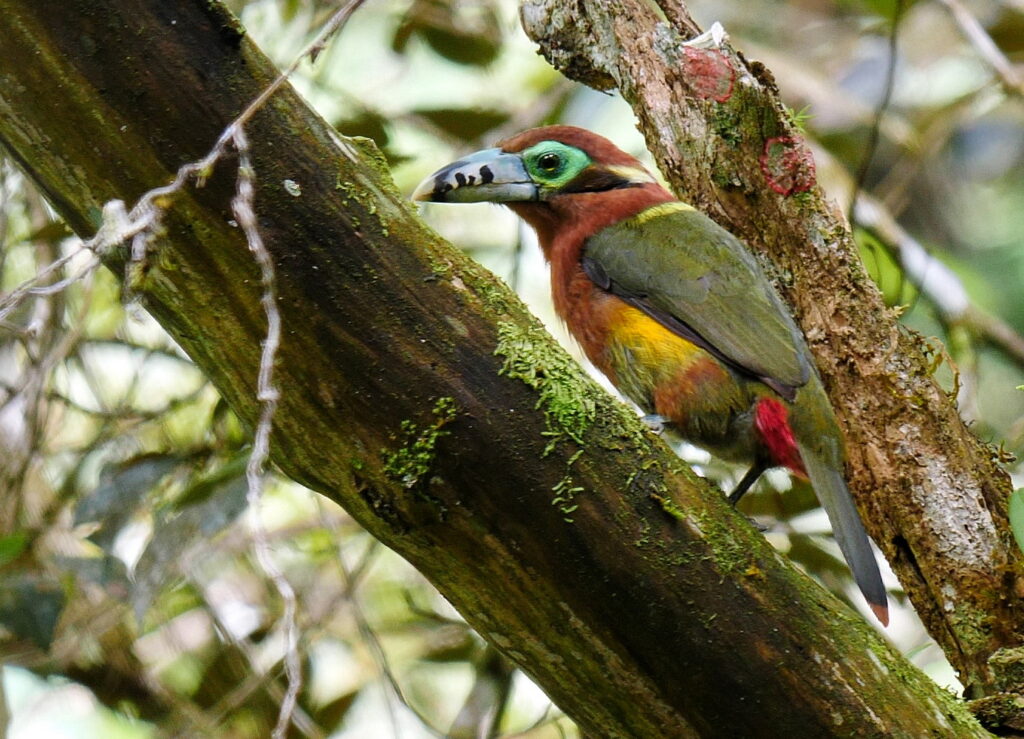
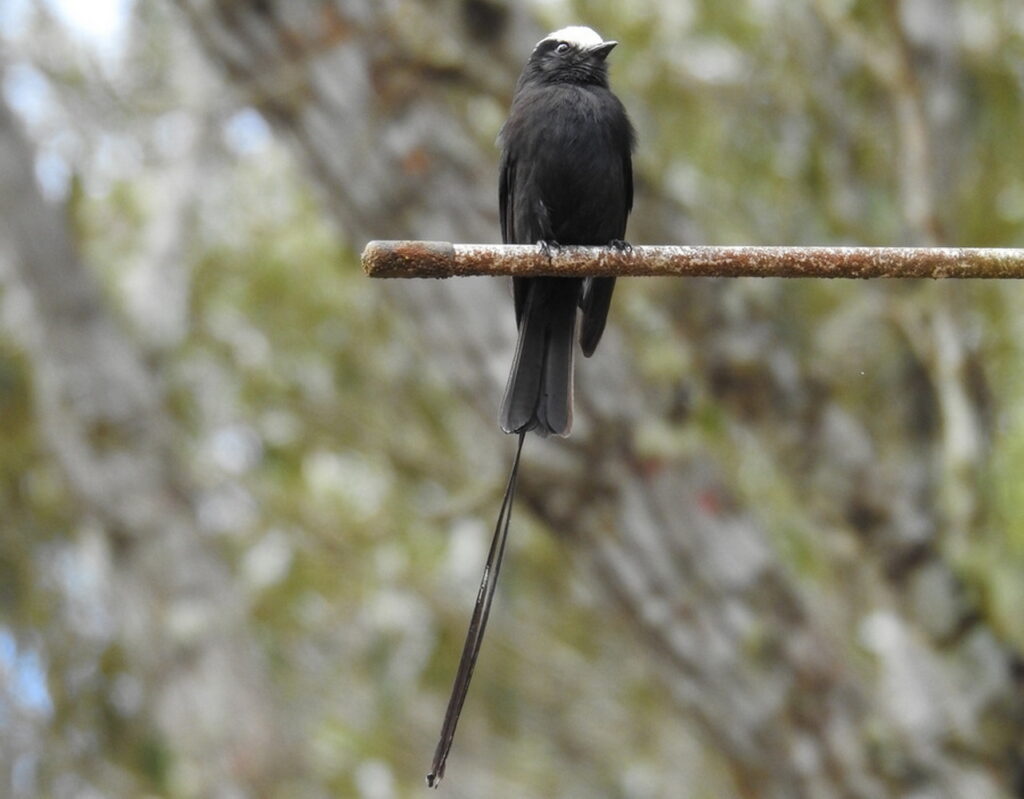
We stayed at a unique lodge, Sao Lourenco Pousada, where the owner has made the cabins from refurbished wine fermentation barrels. Ours was Tannat. We could have stayed longer here!
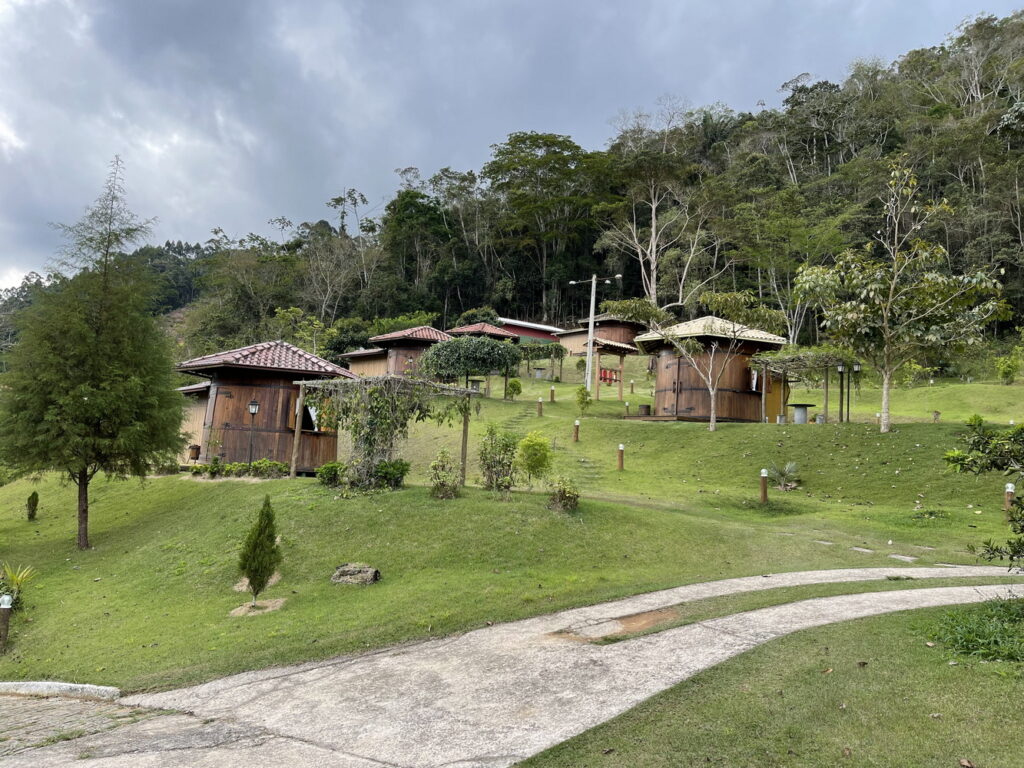
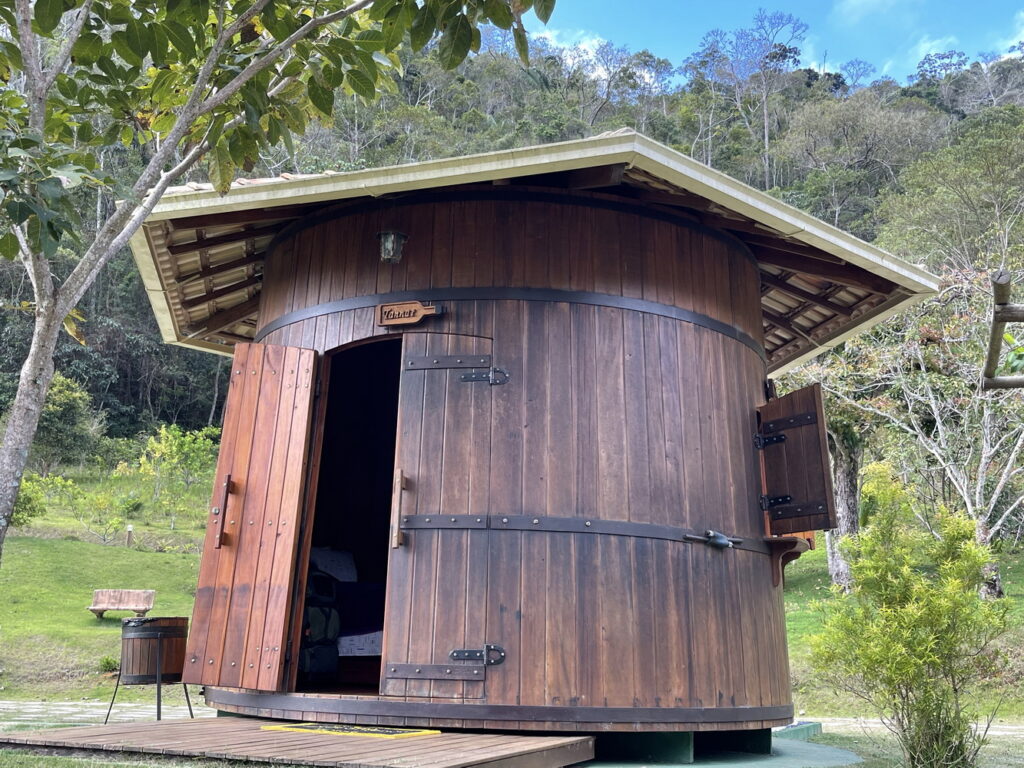
On our drive the next day, we stopped at an impressive new monument, just completed in 2021. The first Zen Buddhist monastery in South American claims this is the largest Buddha in the Western world; at 125 feet, it’s the same height as the Christ the Redeemer statue in Rio.
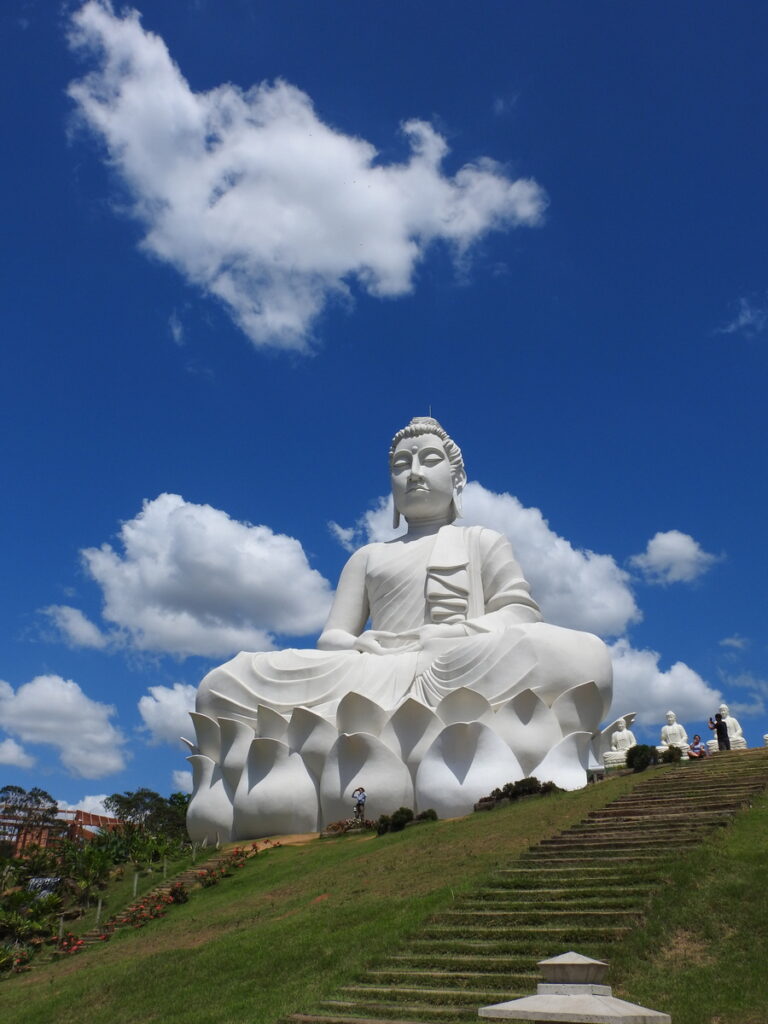
In the dry northeastern lowlands, the Linhares Reserve is owned by the Vale Mining Company, which has maintained it as a reserve since 1978. At about 85 square miles in size, it is one of largest tracts of intact Atlantic rain forest in Brazil. The observation tower is 82 feet high, allowing you to see the tops of the trees and the birds living there.
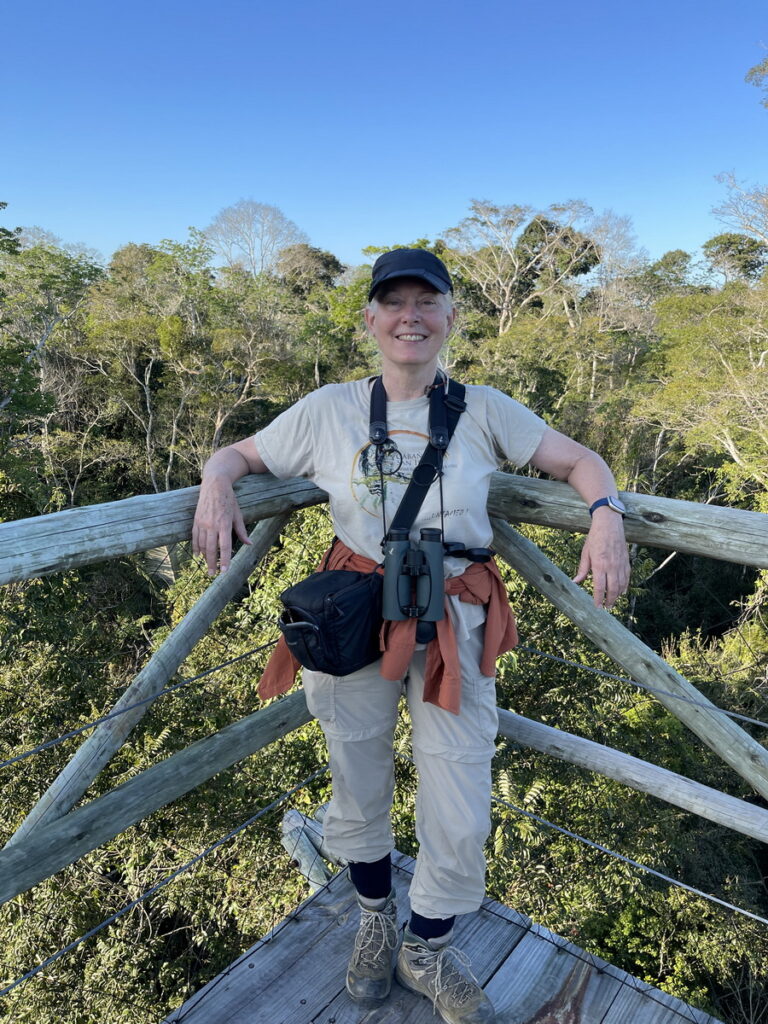
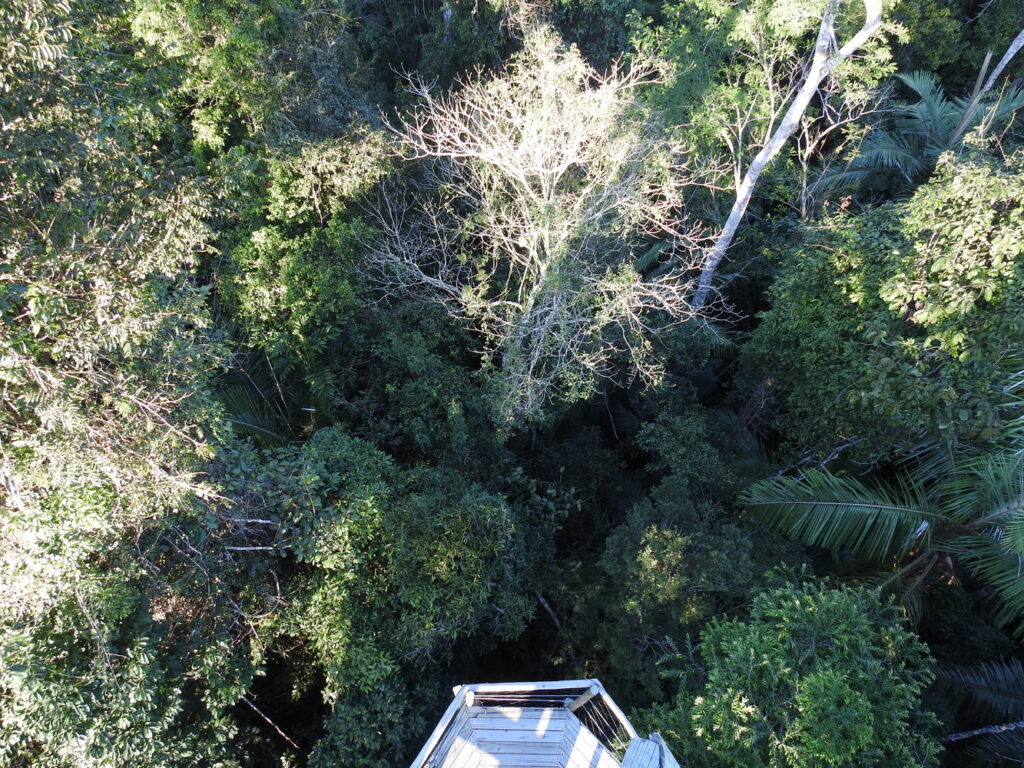
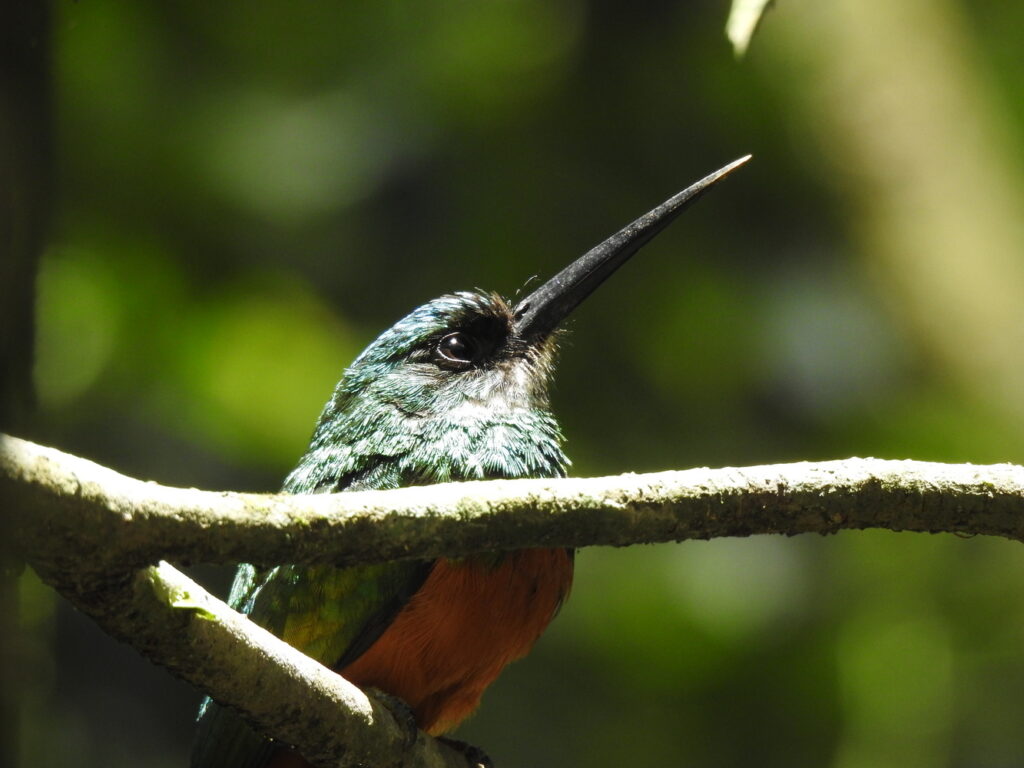
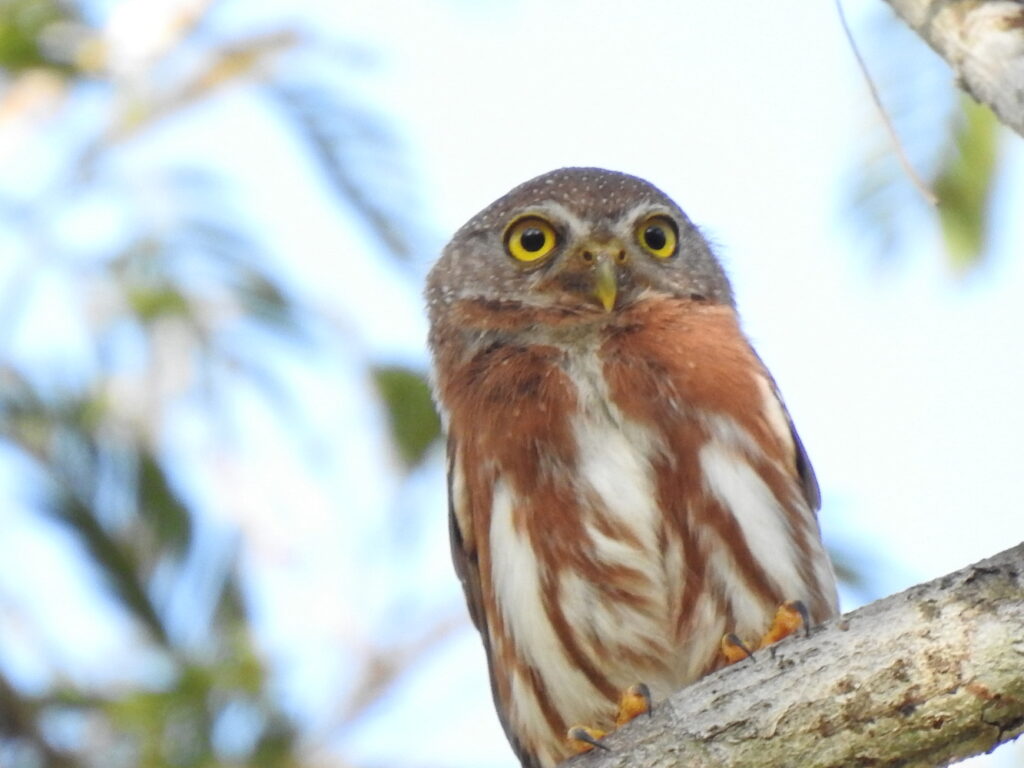
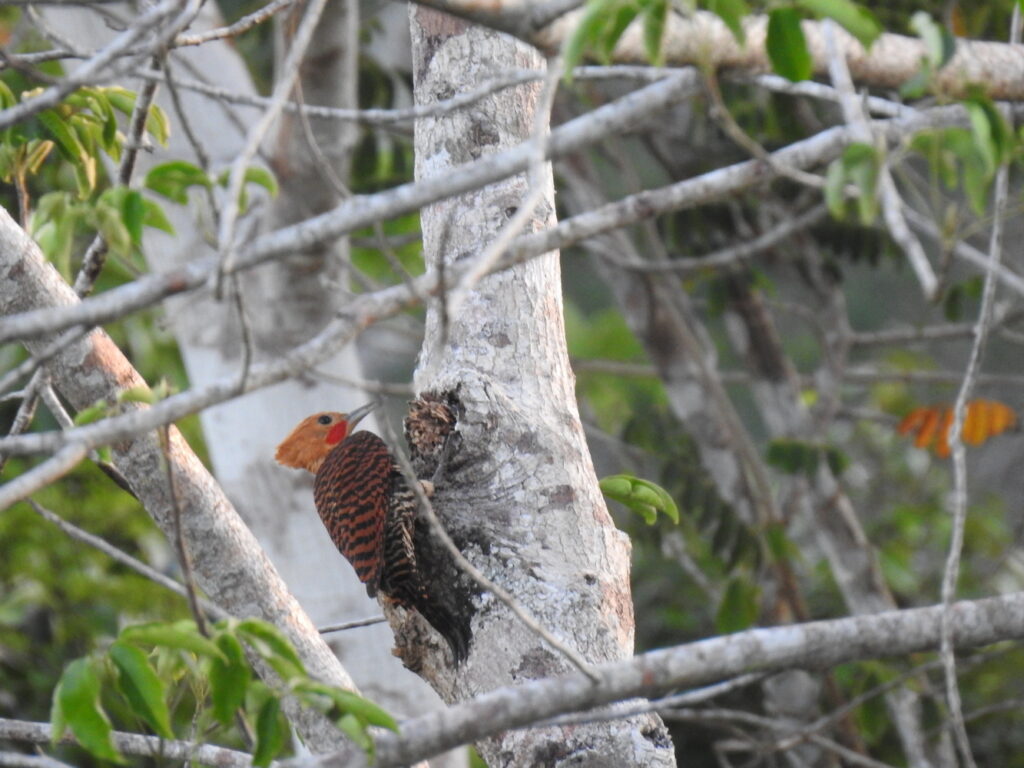
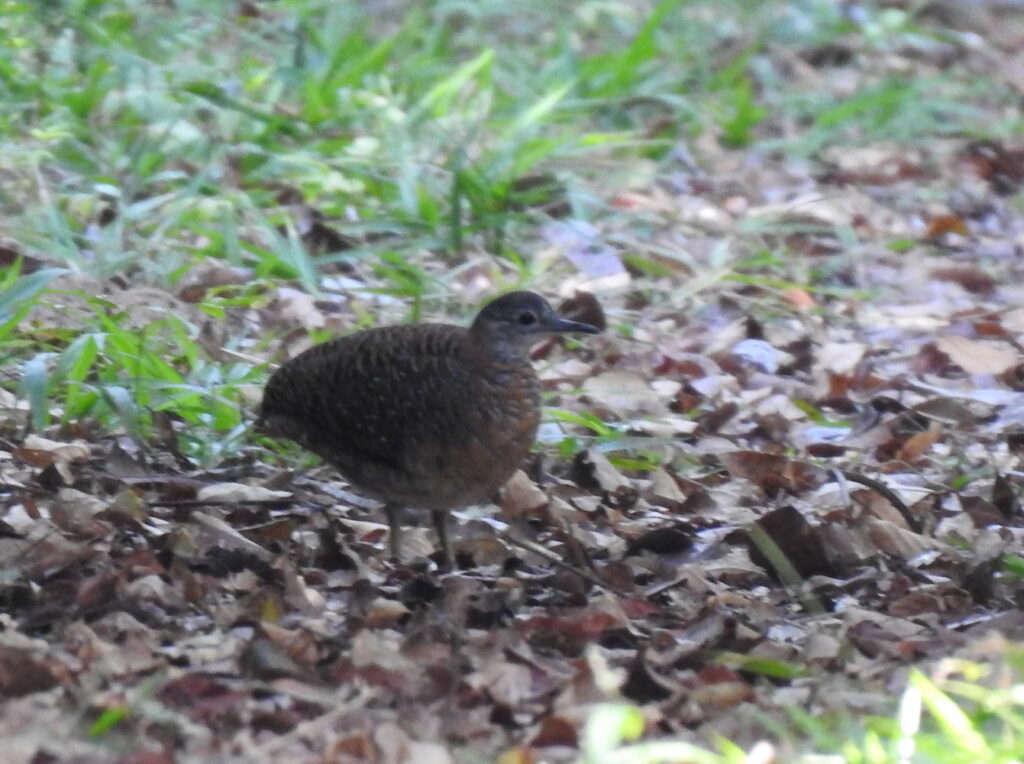
The lodge at the reserve is closed, so we had to stay in the nearby town of Sooretama. Believe it or not, the Eliz was the best hotel in town! The room was tiny. The shower overflowed into the bathroom and was moments away from flooding into the bedroom where our computers and phones were charging! You can see from the look of the door that this isn’t the first time it’s happened.
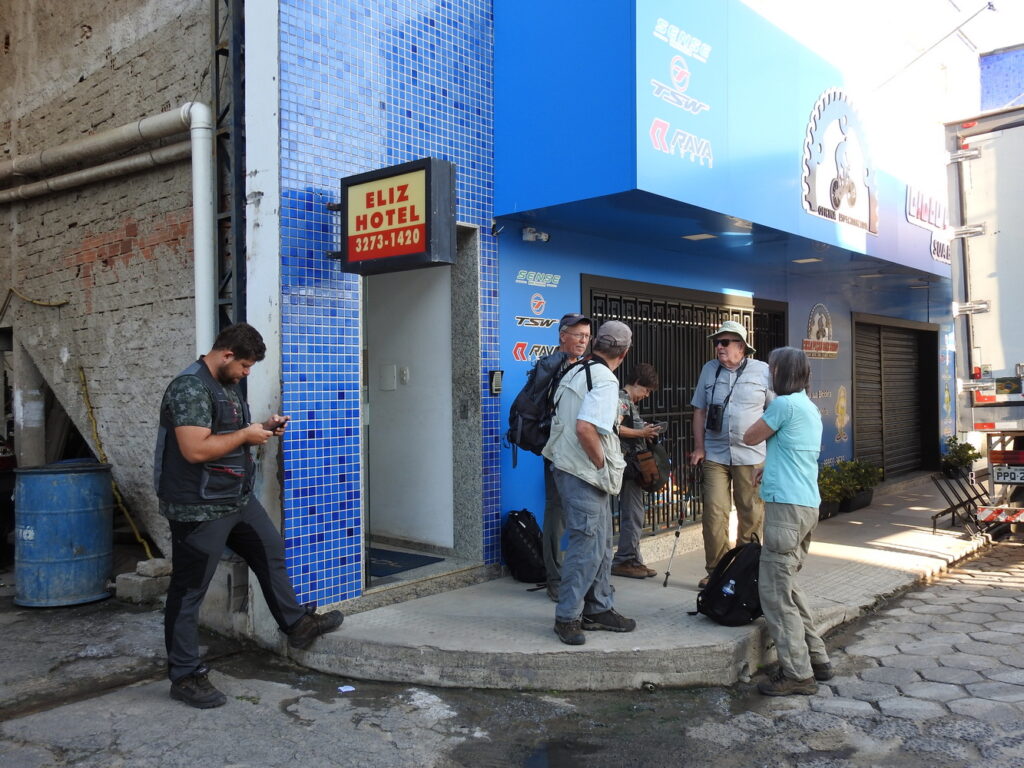

We drove back to Vitoria to fly to Rio de Janiero. At the airport, we were happy to take advantage of a Brazilian law that allows everyone over 60 to automatically get ‘special assistance’ – in other words, first priority boarding! For once, it was good to be so old! (We’re symbolized by the person with the cane.)
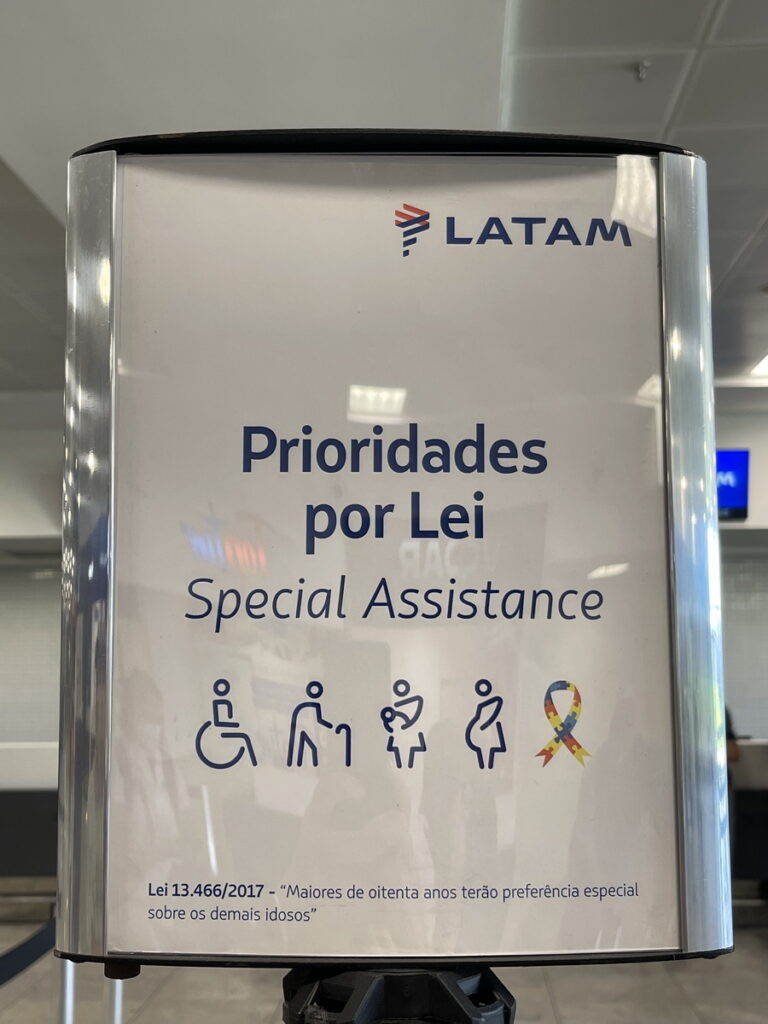
Lunch in Rio de Janeiro by one of the beautiful bays. The “Christ the Redeemer” statue is on top of Corcovado Mountain.
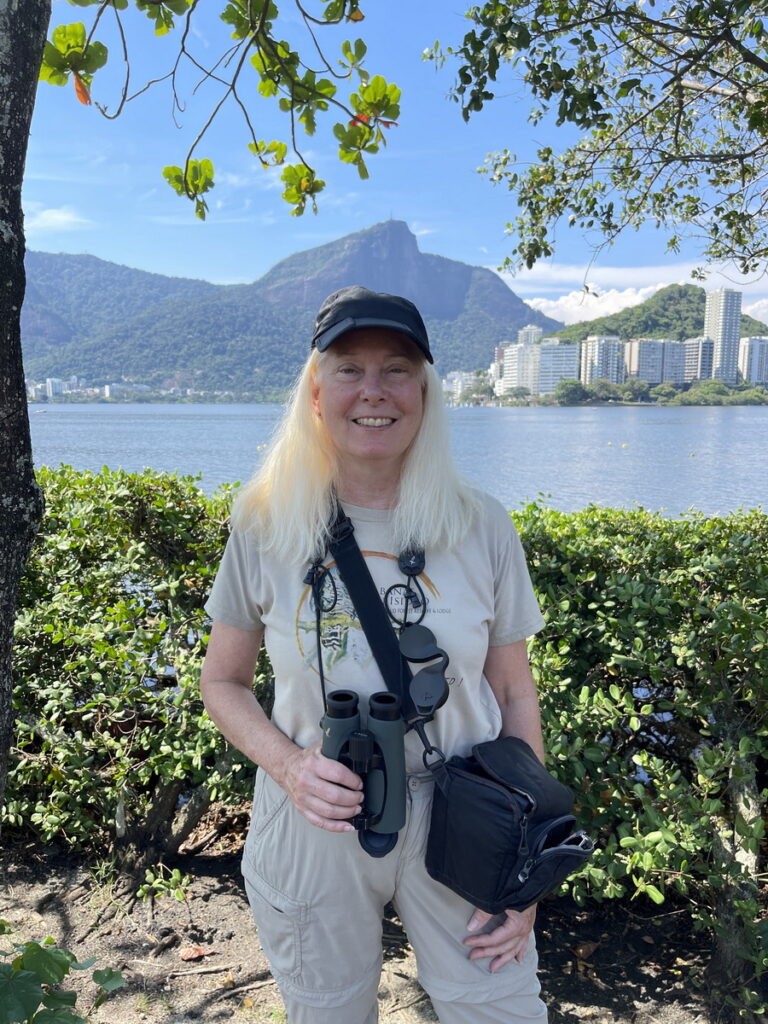
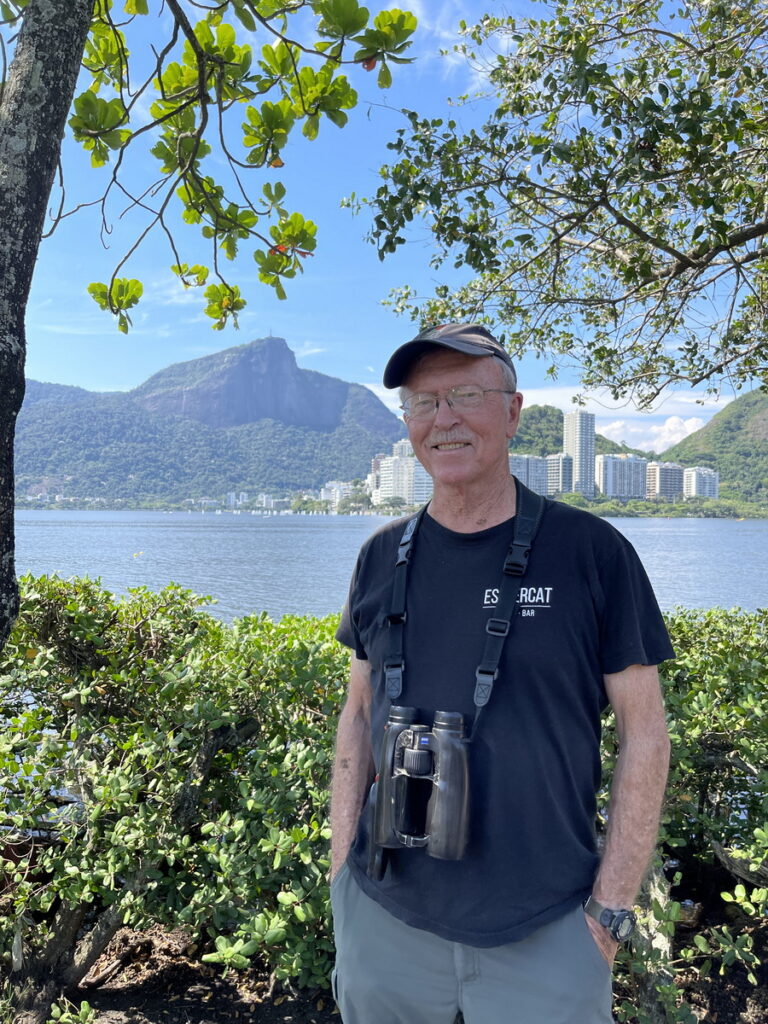
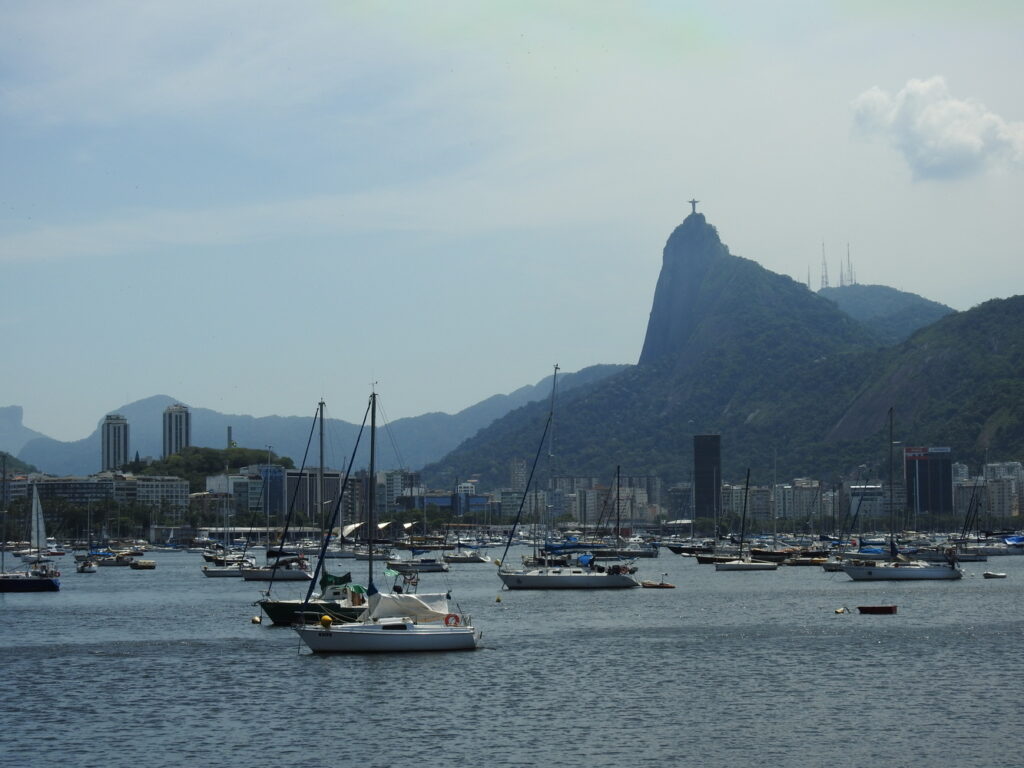
We had dinner at the very extensive and delicious Chimarron Churrascaria.
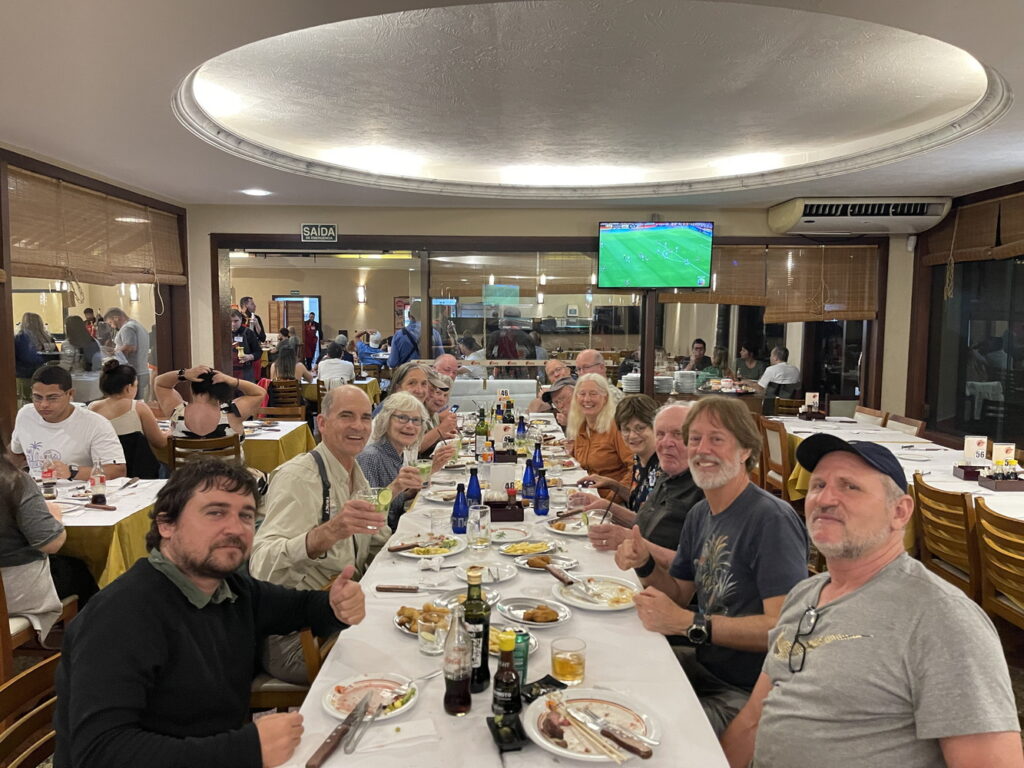
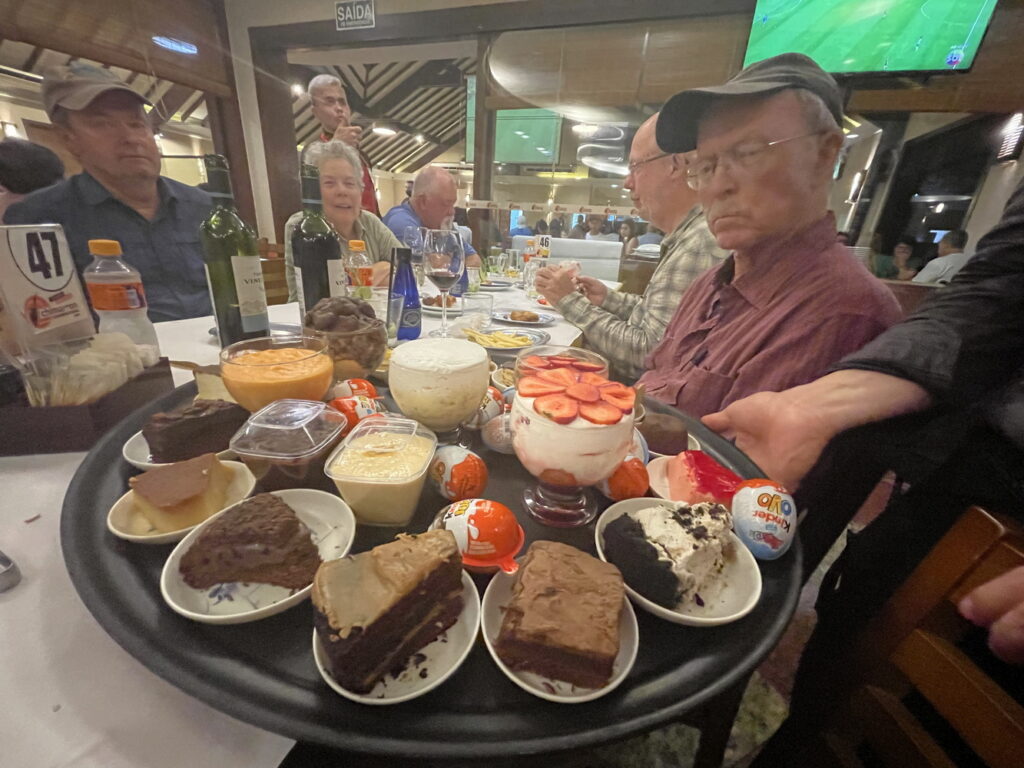
We spent a night in Novo Freiburgo, a town founded by Swiss immigrants. Everyone was celebrating the win of Rio’s Flamengo soccer team in the South American finals.
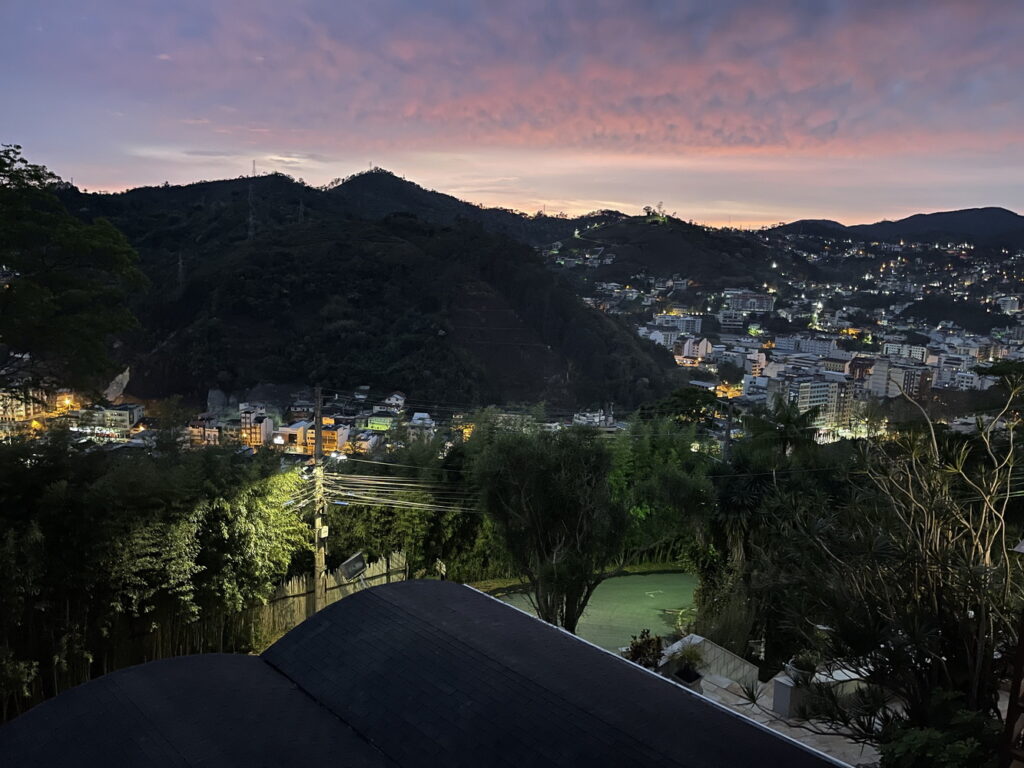
The next morning, we boarded two 4WD jeeps to head to the top of Pico de Caledonia – very cold but amazing views and birds.
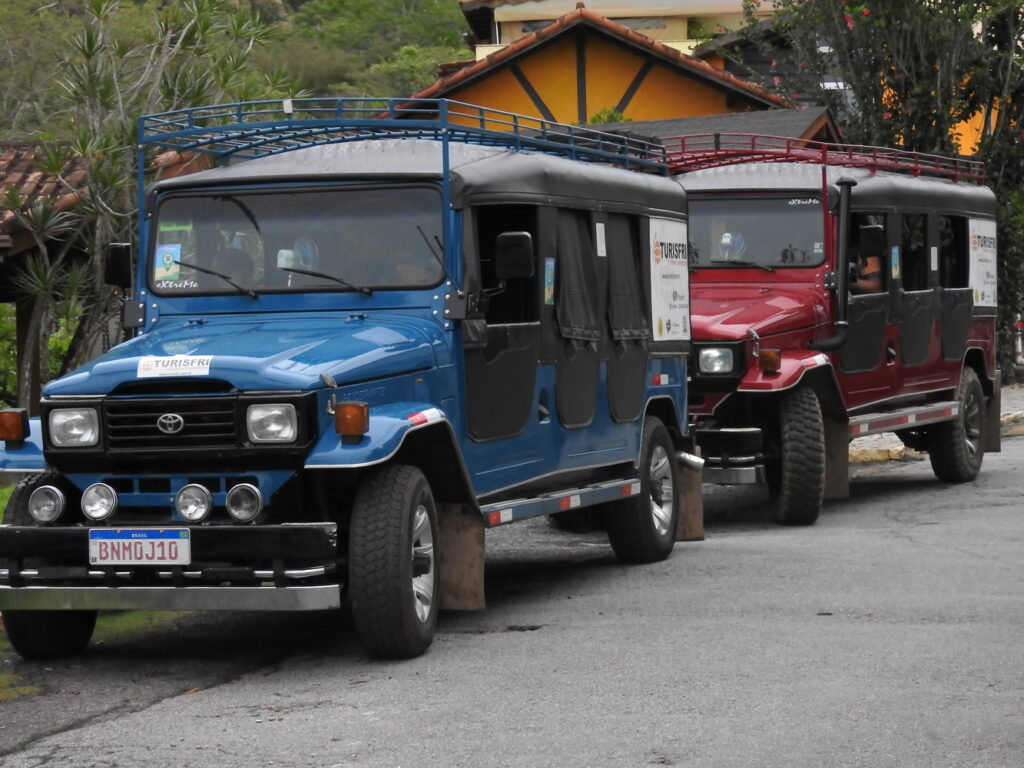
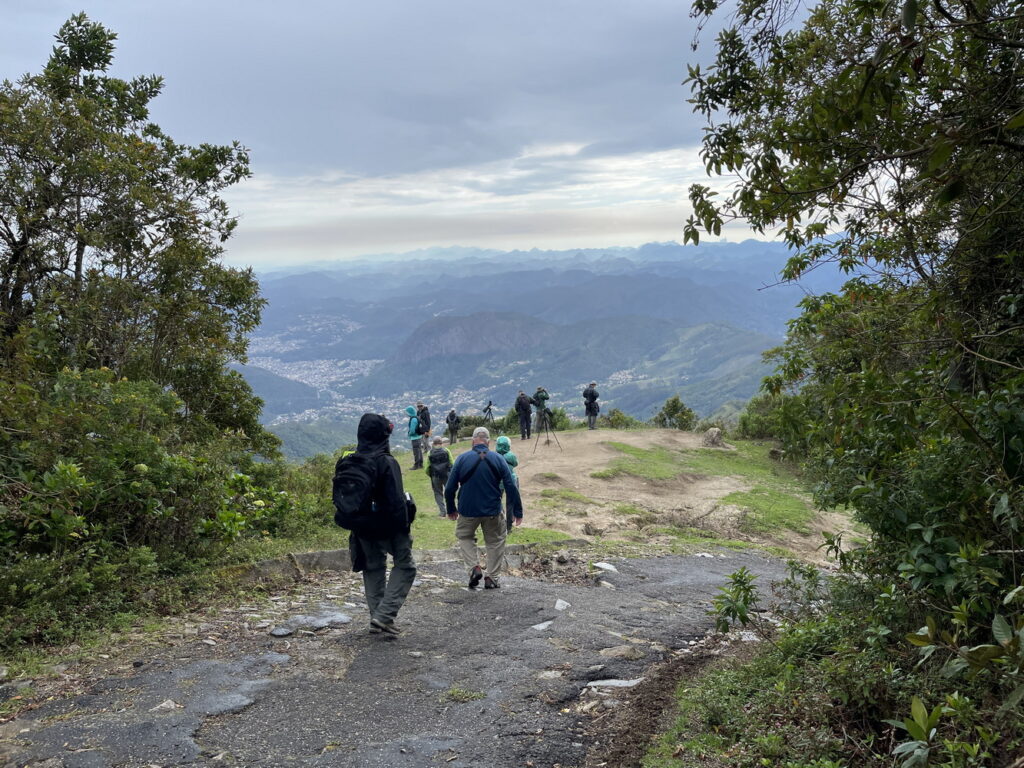
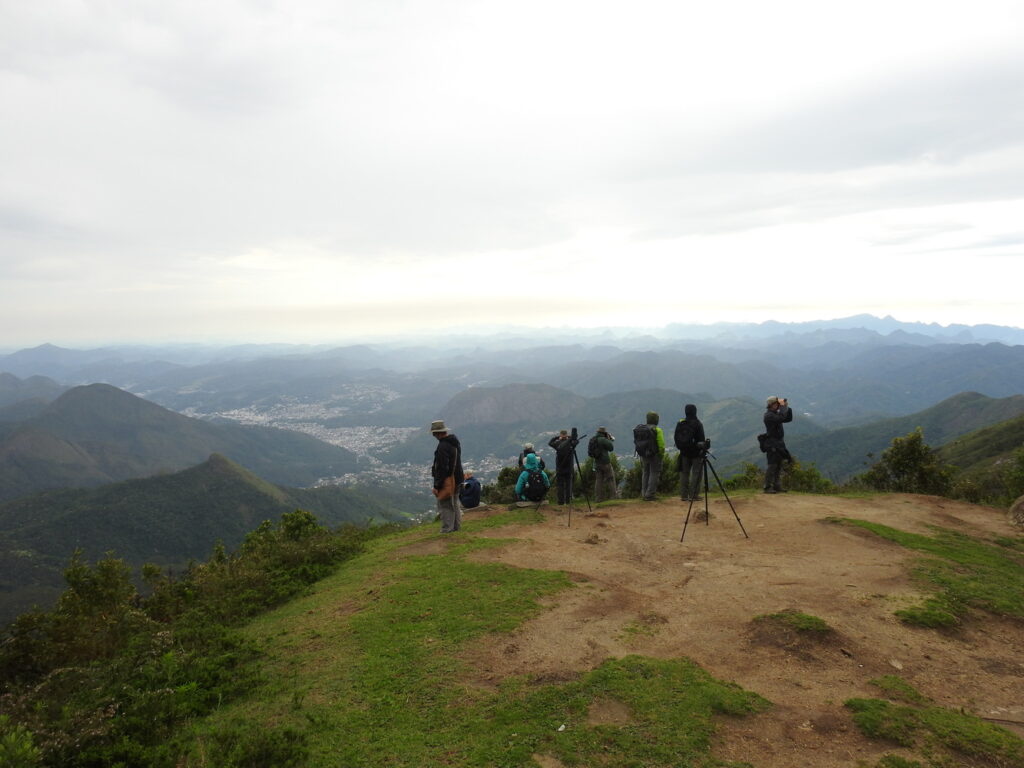
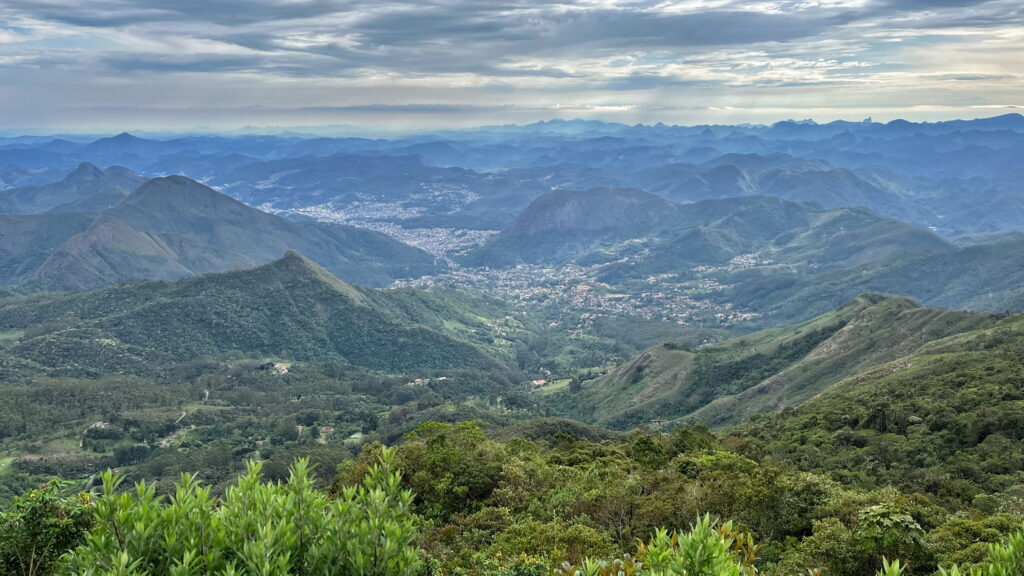
Here are two of the unusual birds in this high mountain habitat. The Large-tailed Antshrike is hard to see well because it stays hidden in the vegetation. The Grey-winged Cotinga was the main object of our search – luckily we found it!
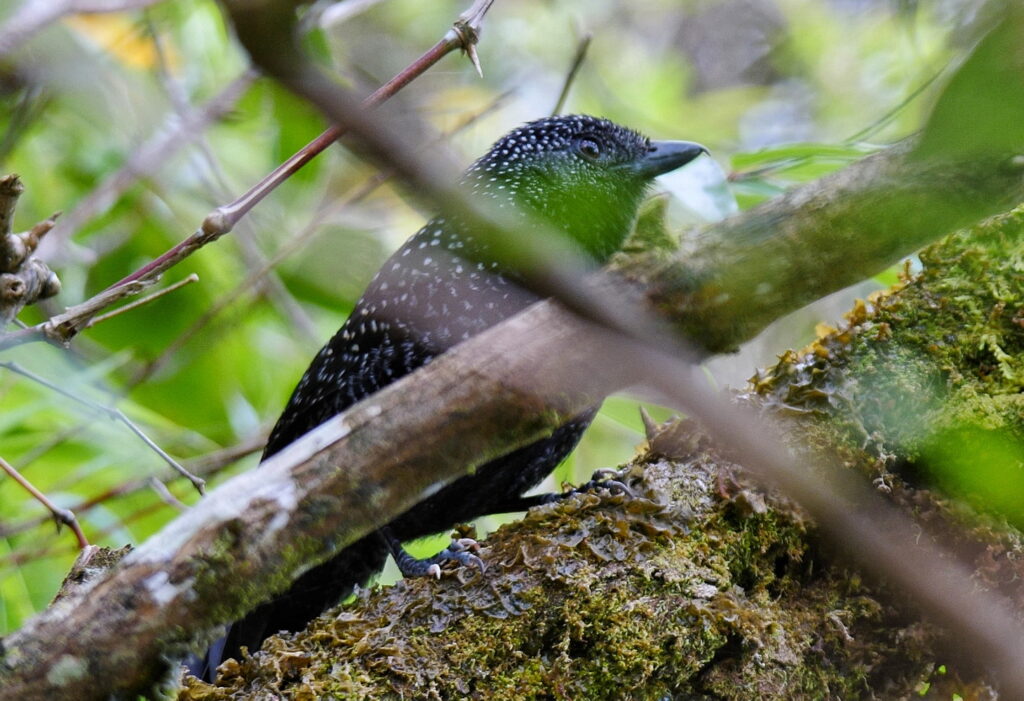

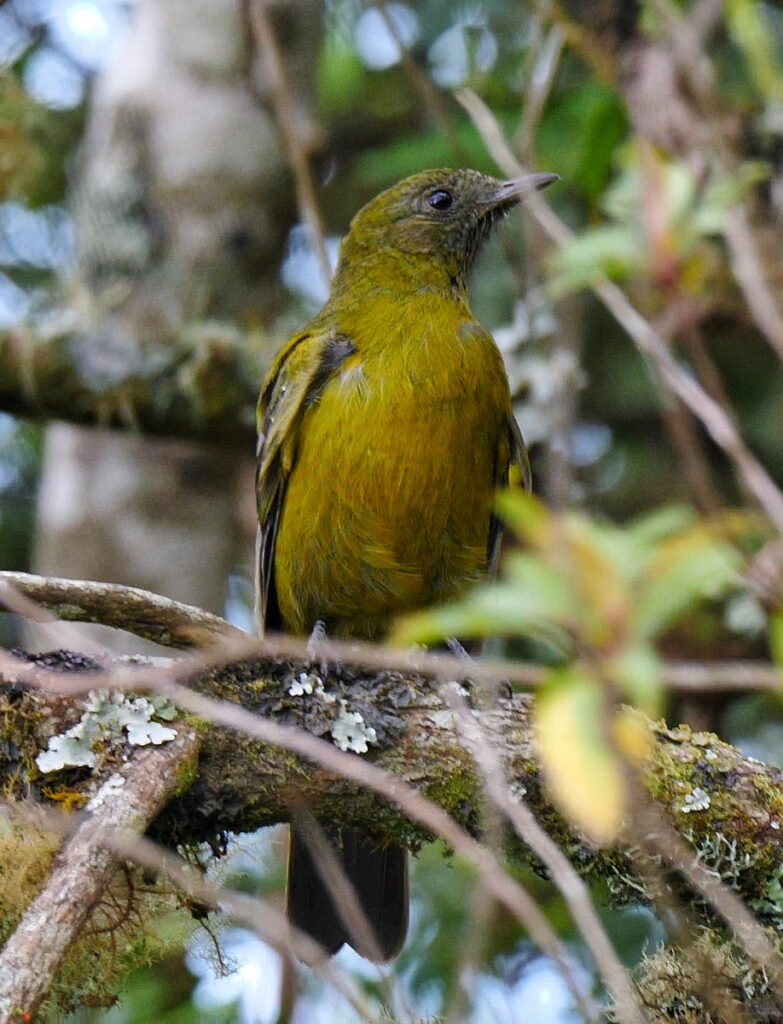
We stopped in the little town of Carmo to see this endemic Three-toed Jacamar.
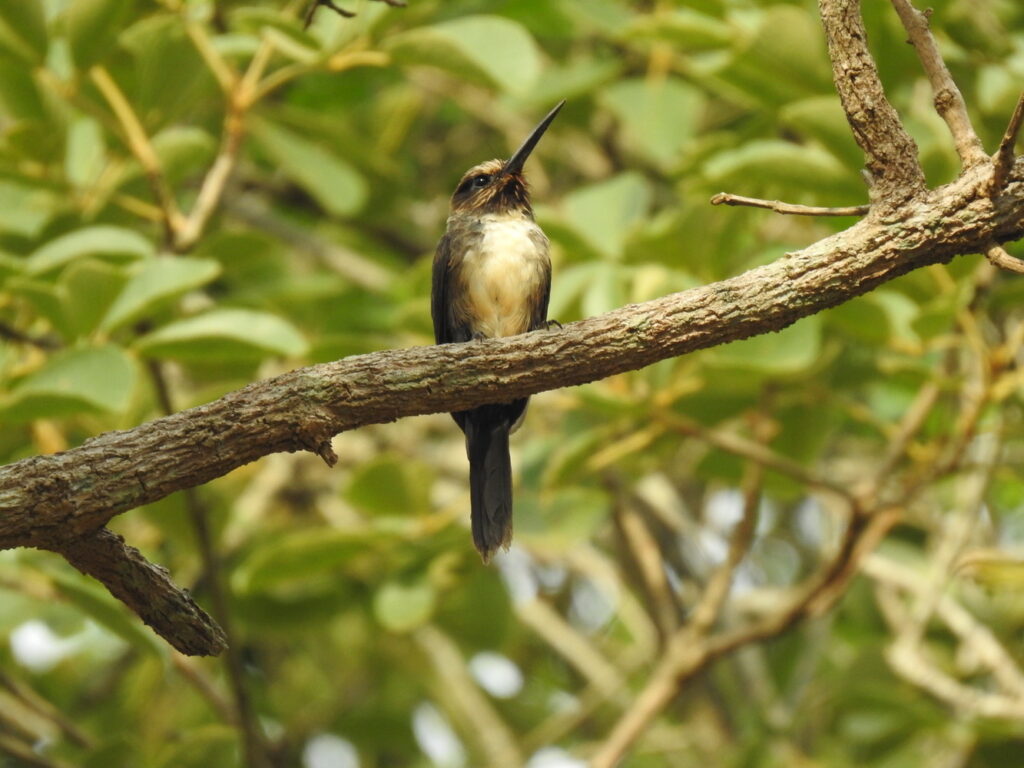
Our journey to Itatiaia National Park was delayed by a 25-mile-long blockage of a major highway (the equivalent of I-5 or I-35) by truckers who had supported Bolsonaro for President. Luckily, our driver knew a side route to get us there.
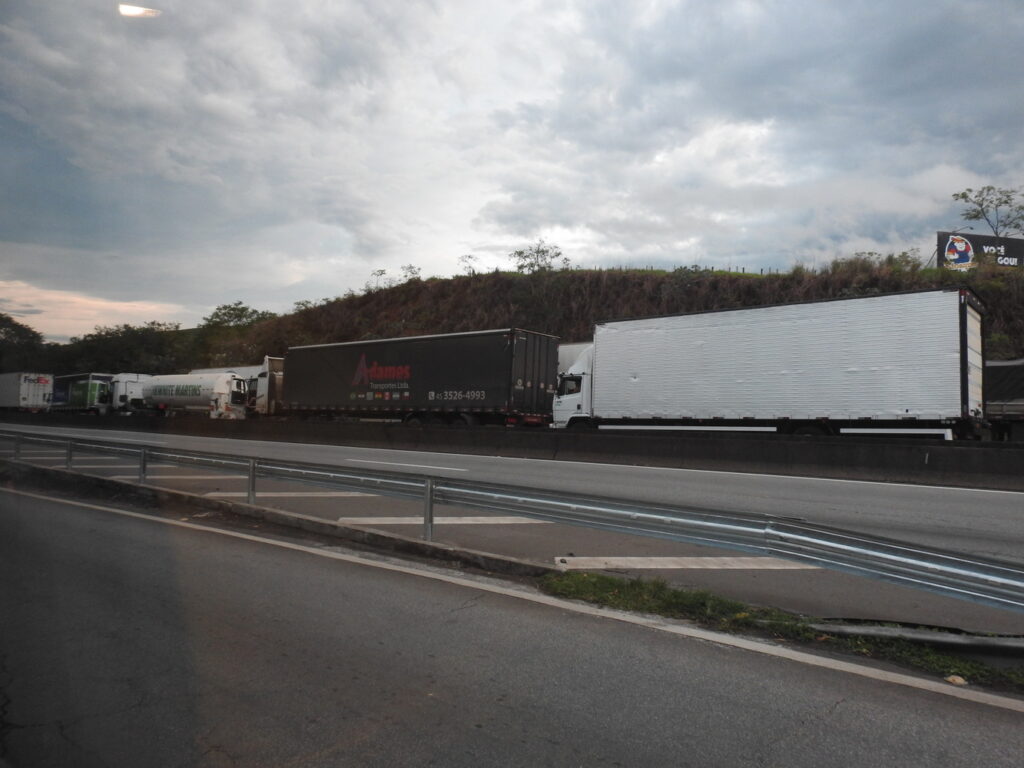
Created in 1937, Itatiaia is the oldest national park in Brazil. Pico das Agulhas Negras, its highest area, is over 9,000 feet elevation. It was as cold and rainy as we remembered from our first trip here in 2005. We were delighted to have a room with a fireplace!
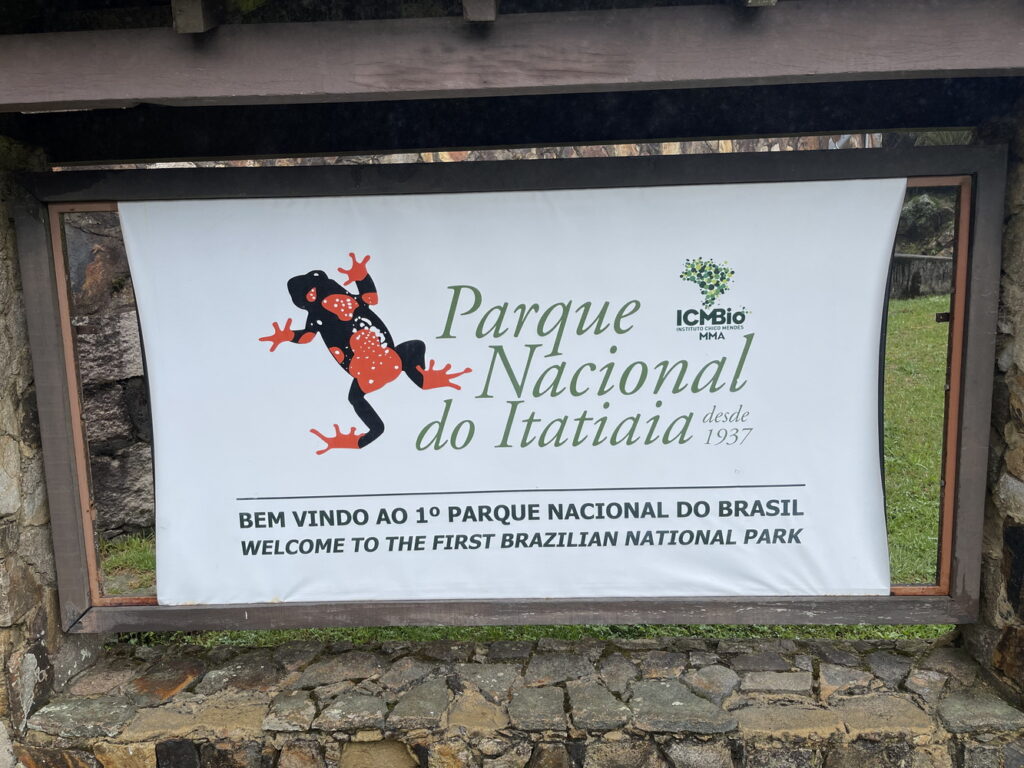
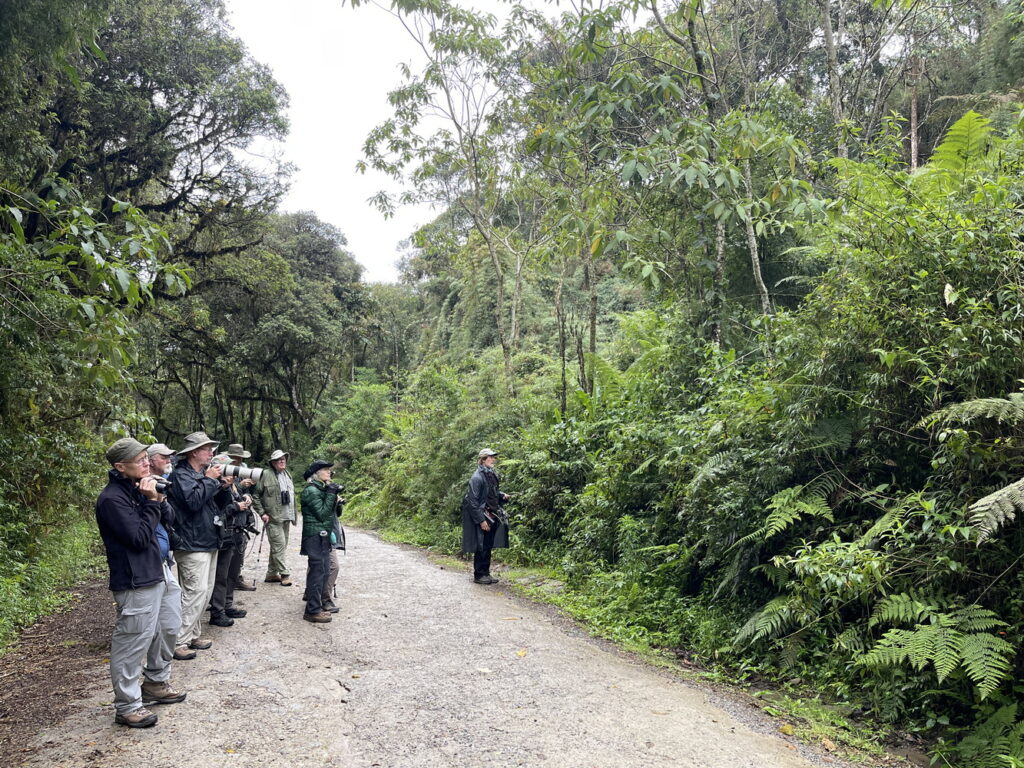
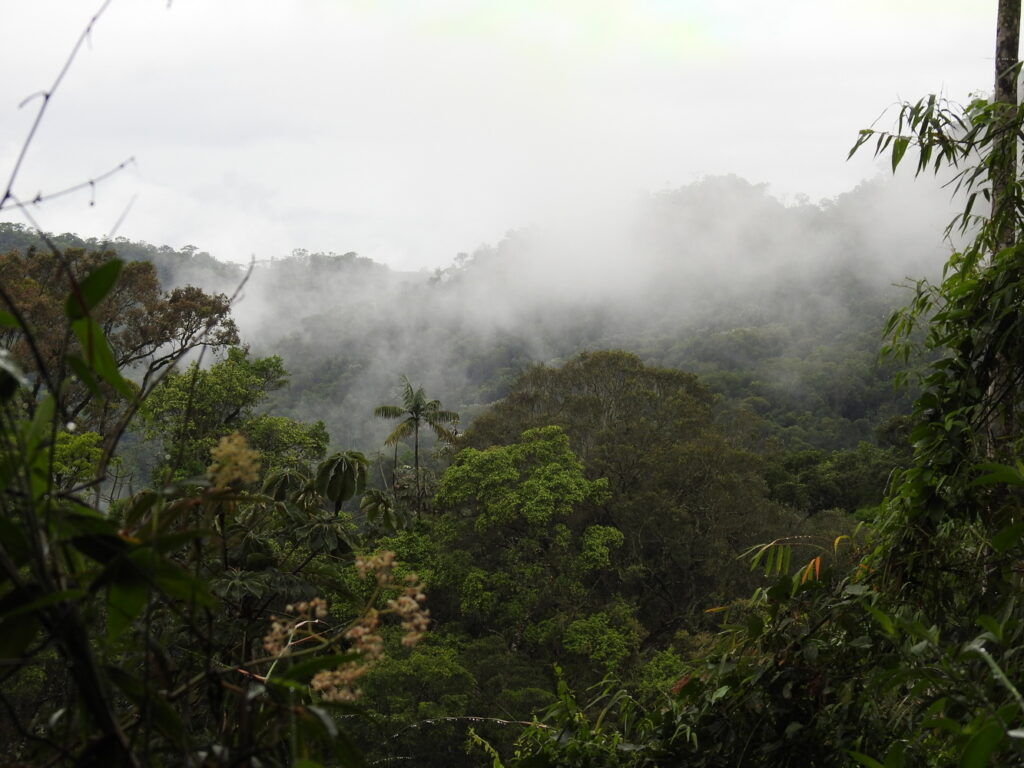
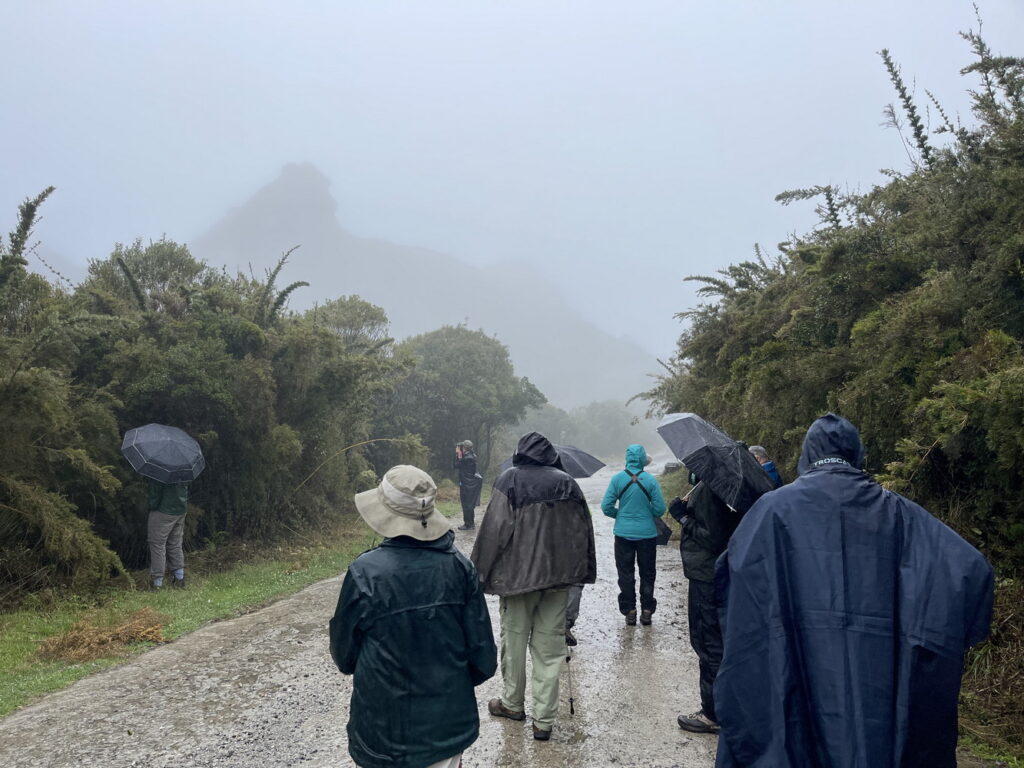
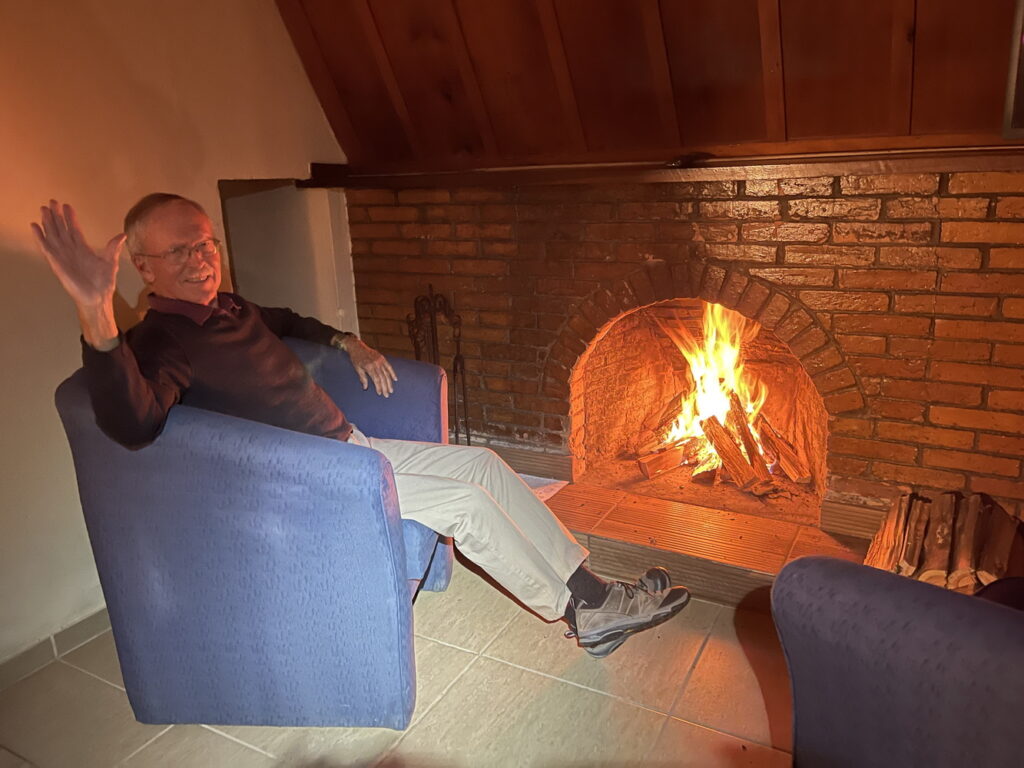

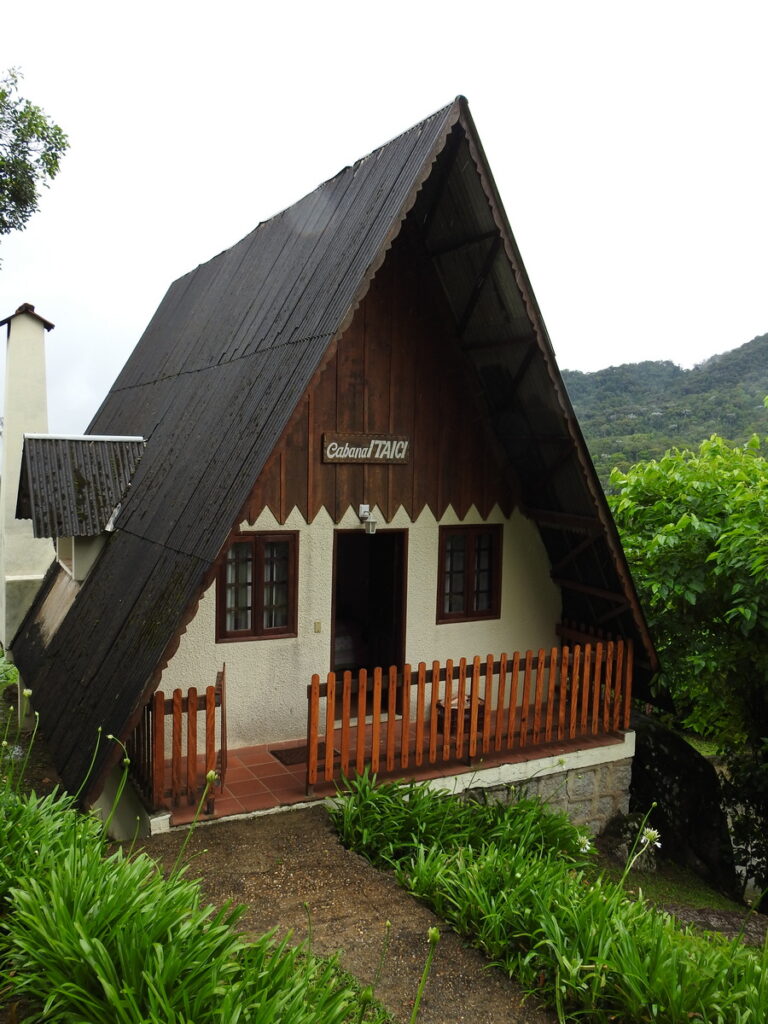
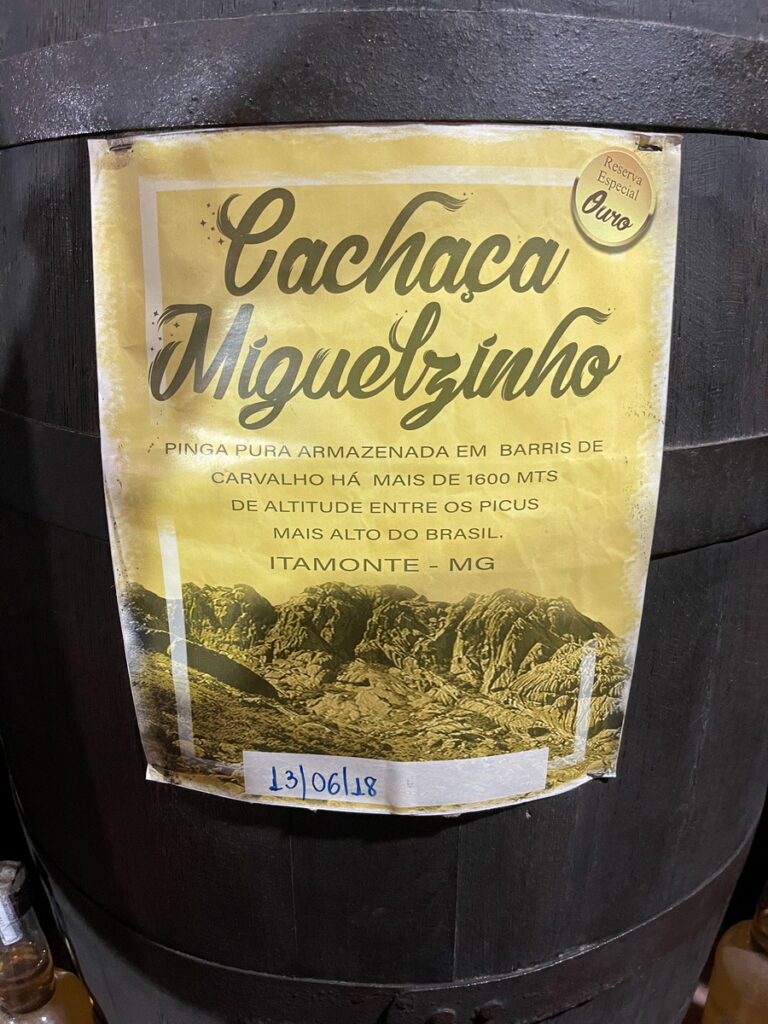
Some of the lovely birds at Itatiaia
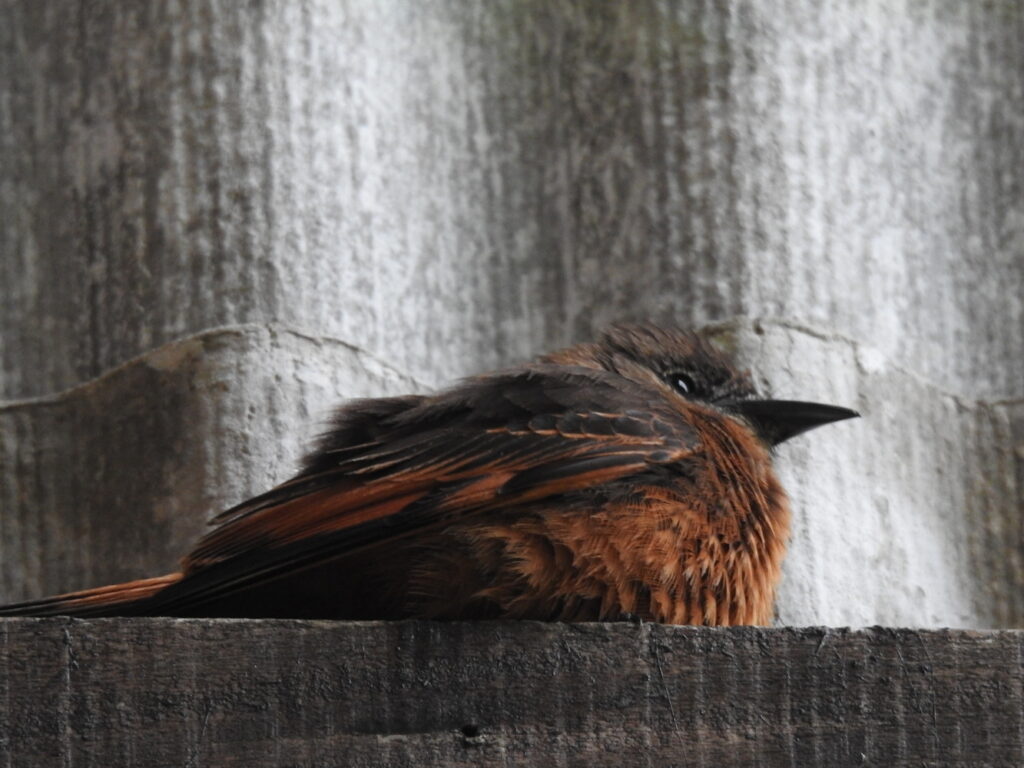
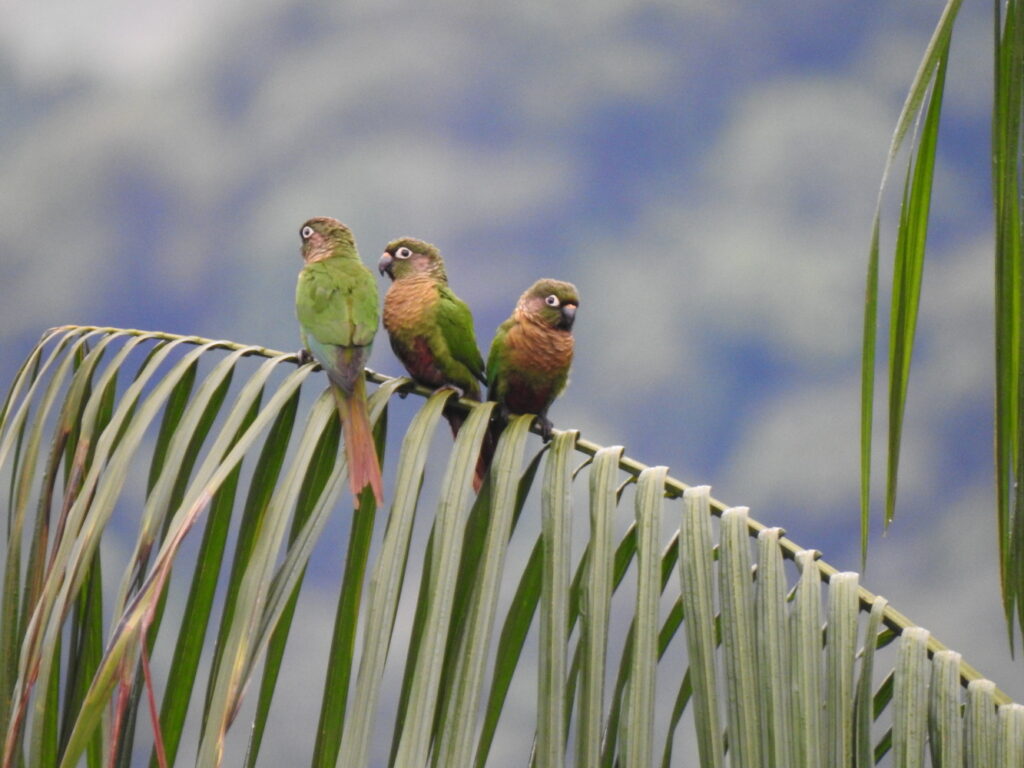
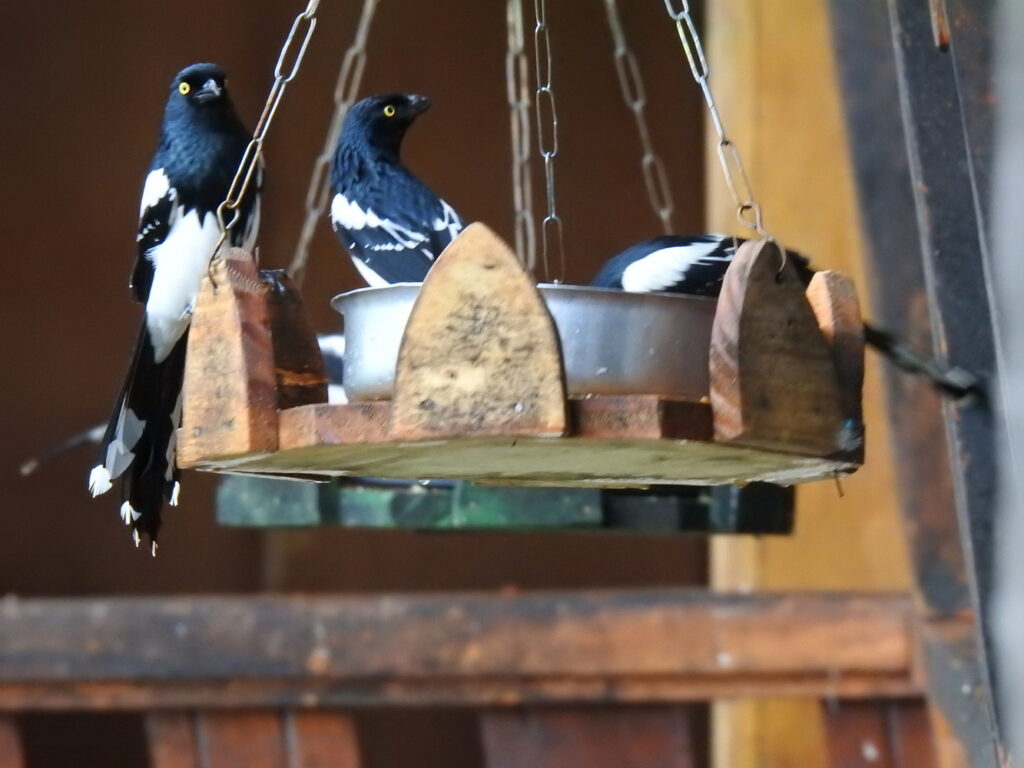
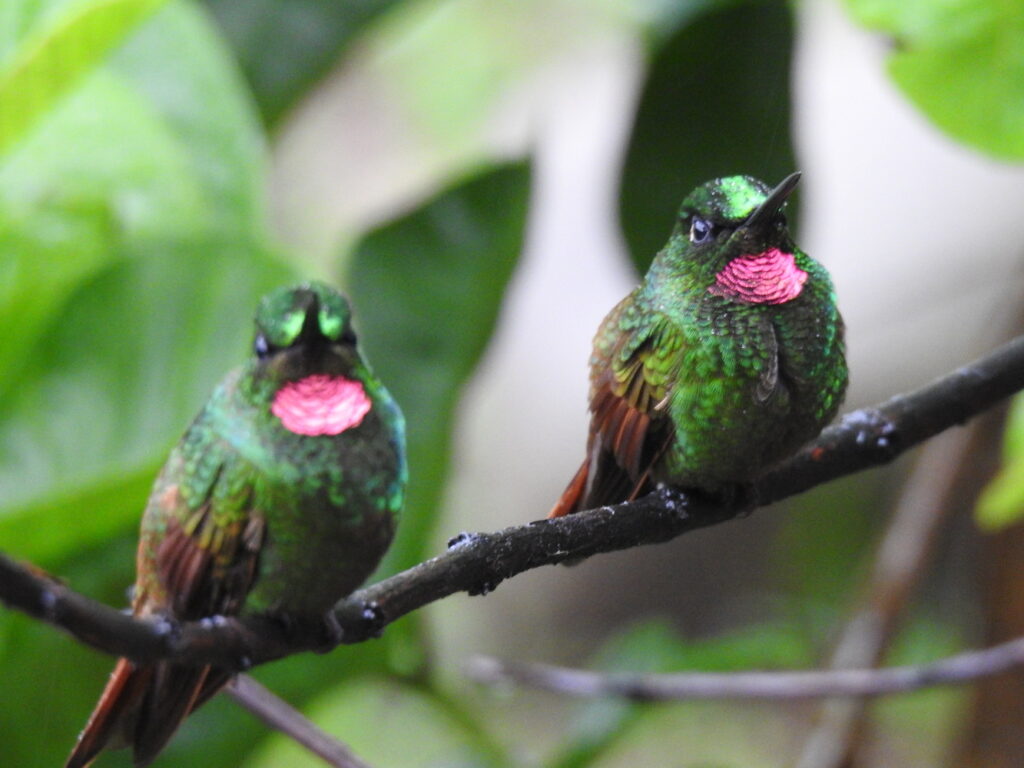
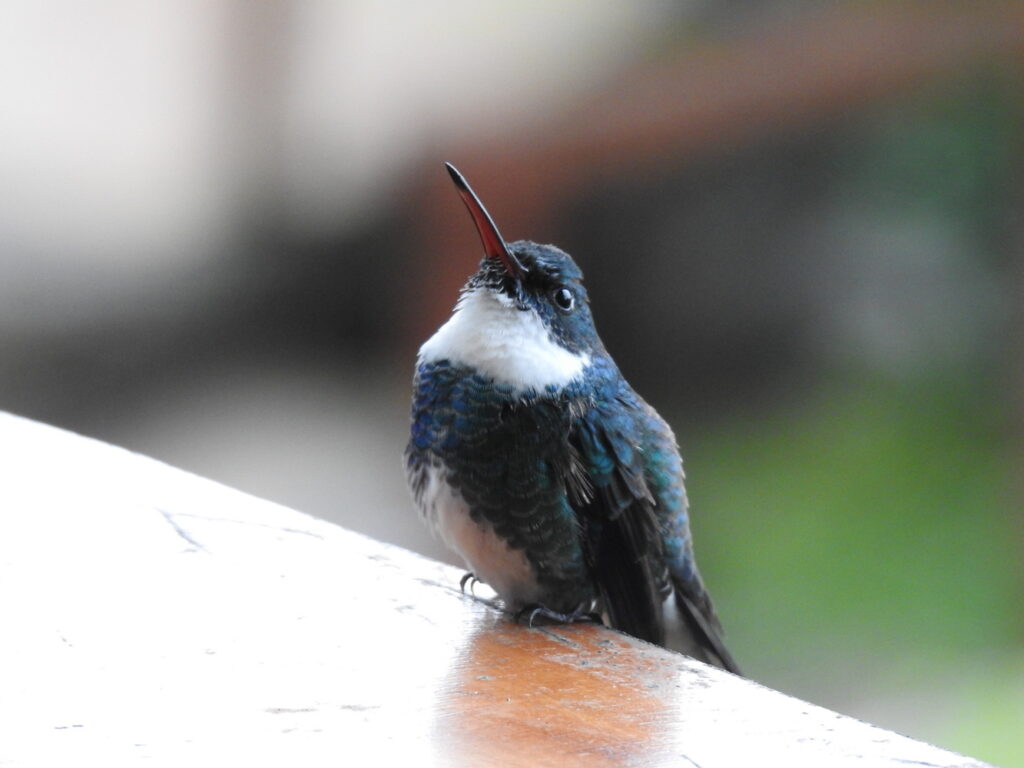
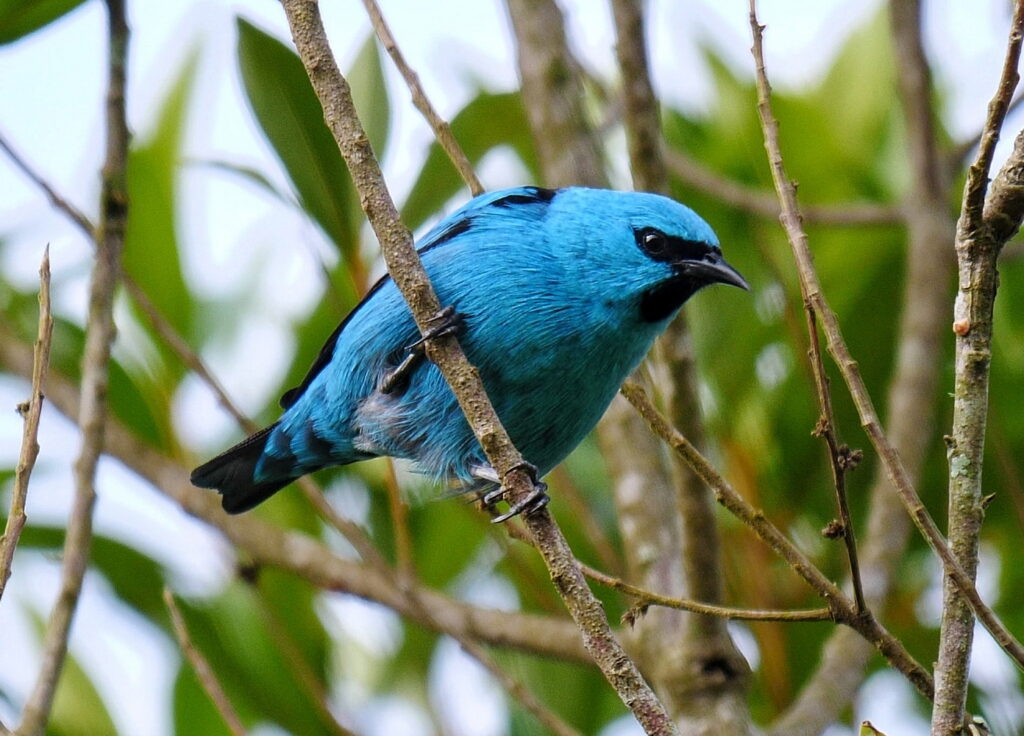
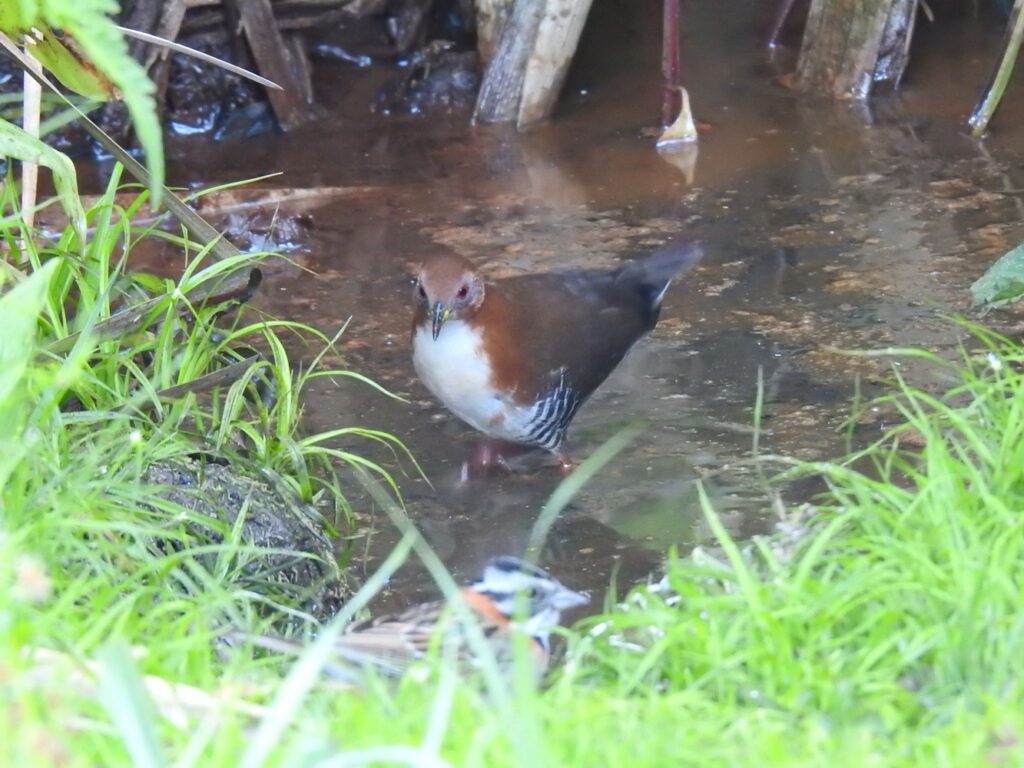
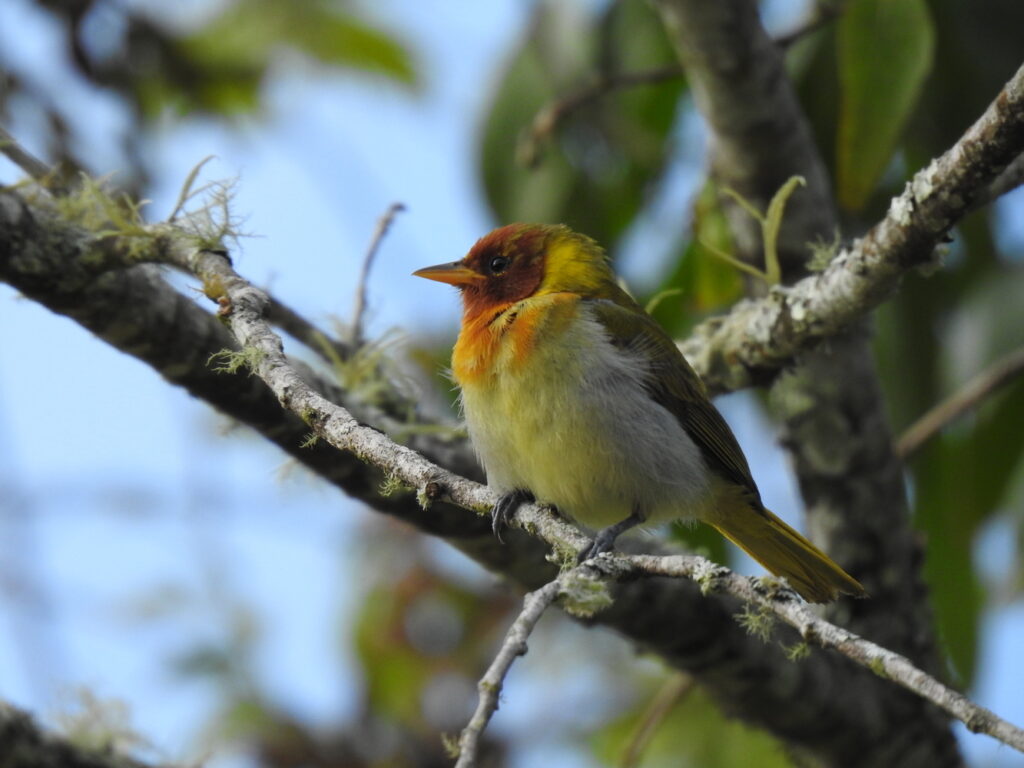
From the highlands, we drove down to the Atlantic Ocean and spent three nights in Ubatuba, which is recognized as “The Surf Capital of Brazil”. Since there is a large Japanese population in this part of Sao Paulo state, the churrascarias offers sushi. We spent a long time at Sitio Folha Seca, where the owner Jonas uses about 16 pounds of sugar a day to keep his hummingbird feeders full.
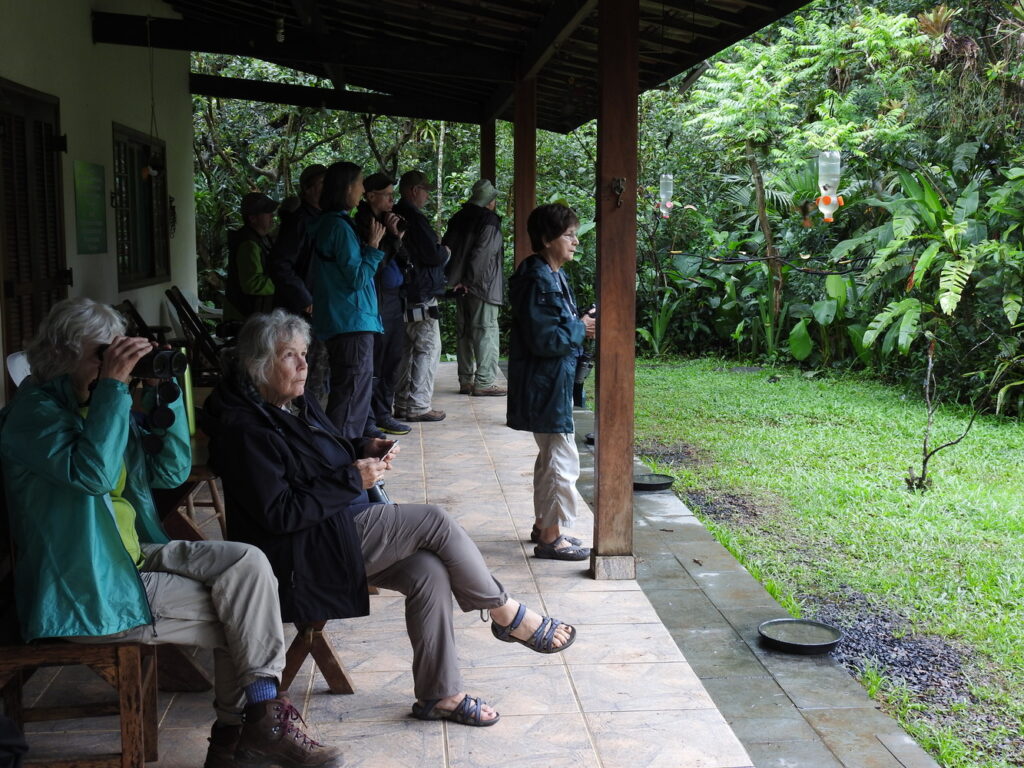
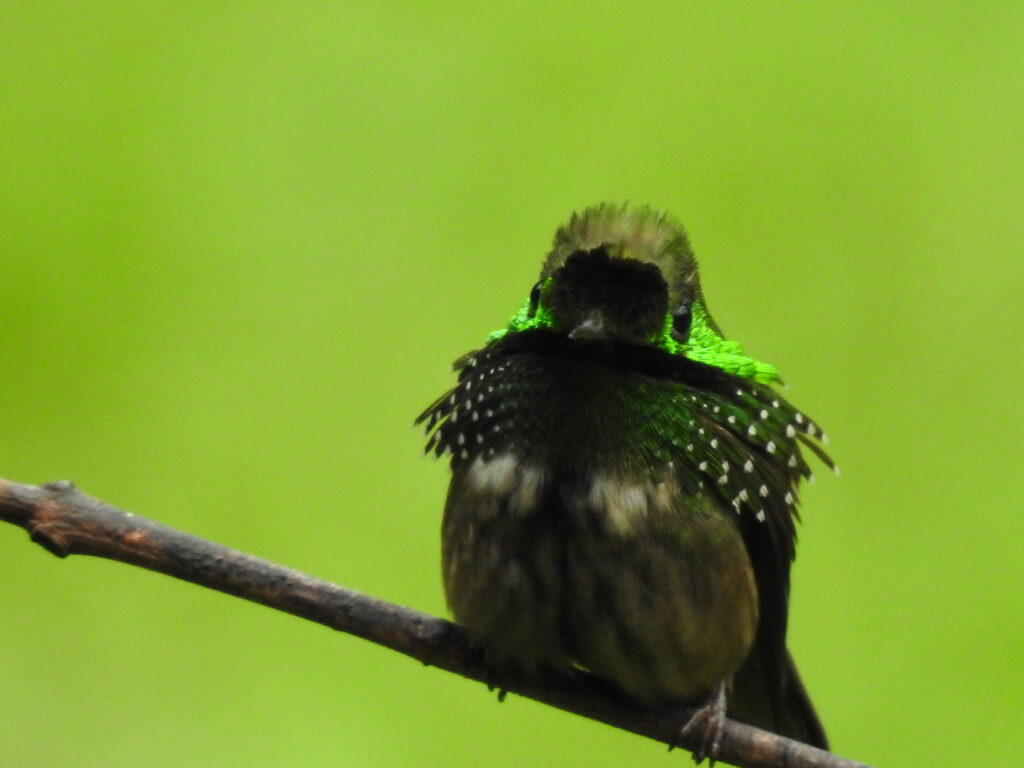
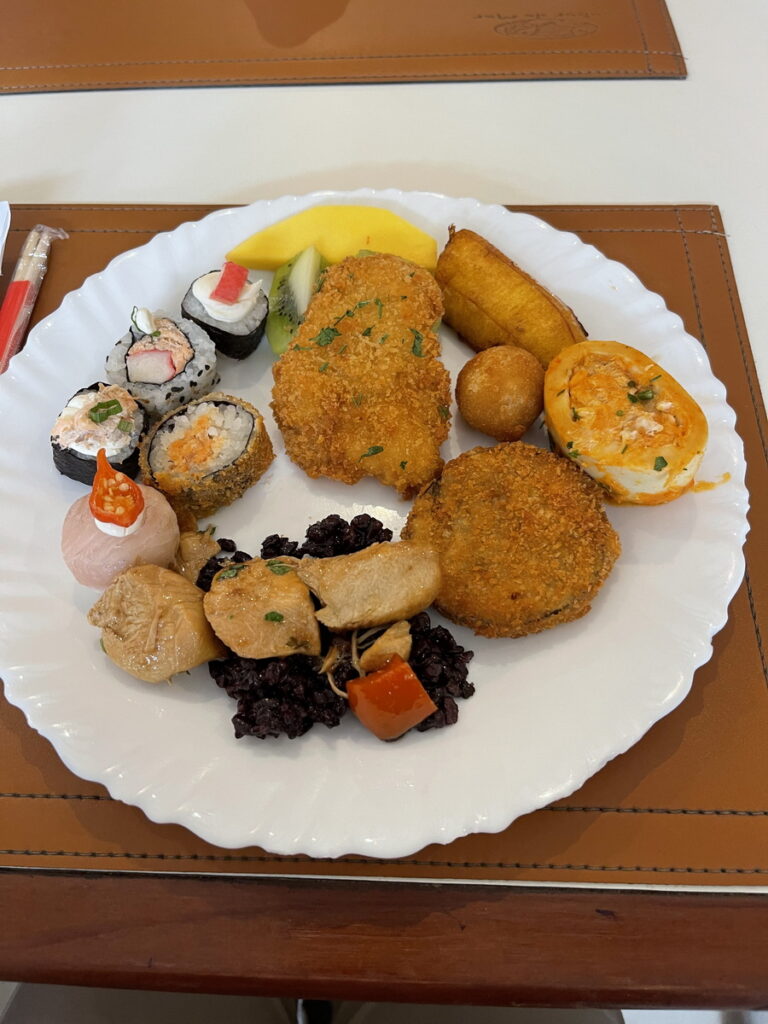
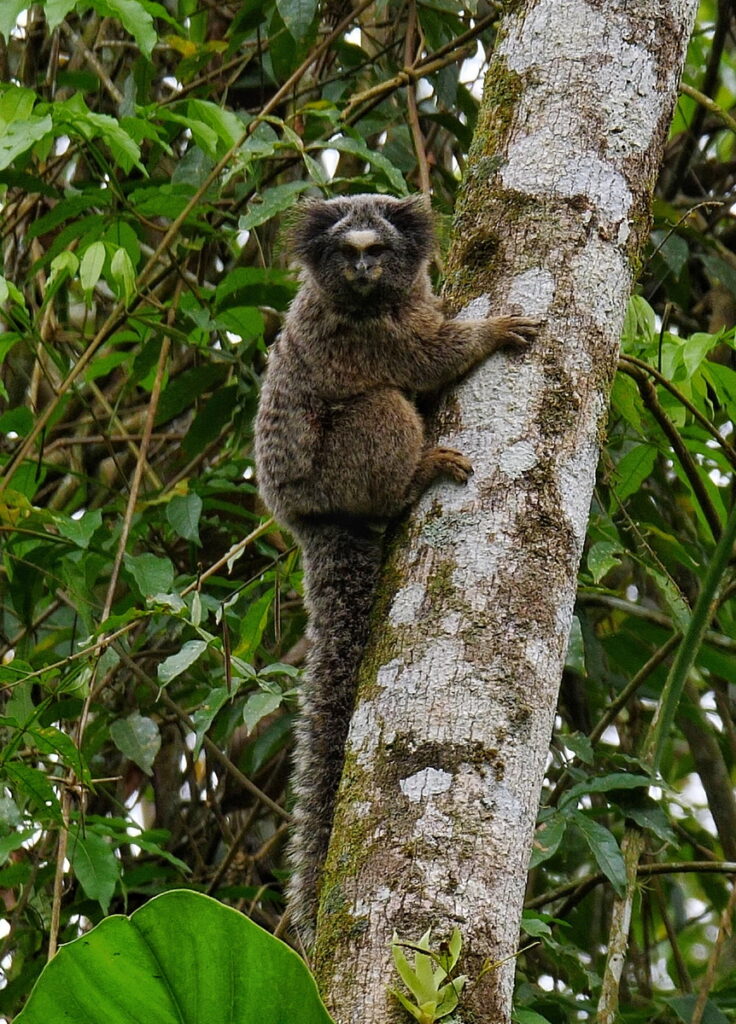
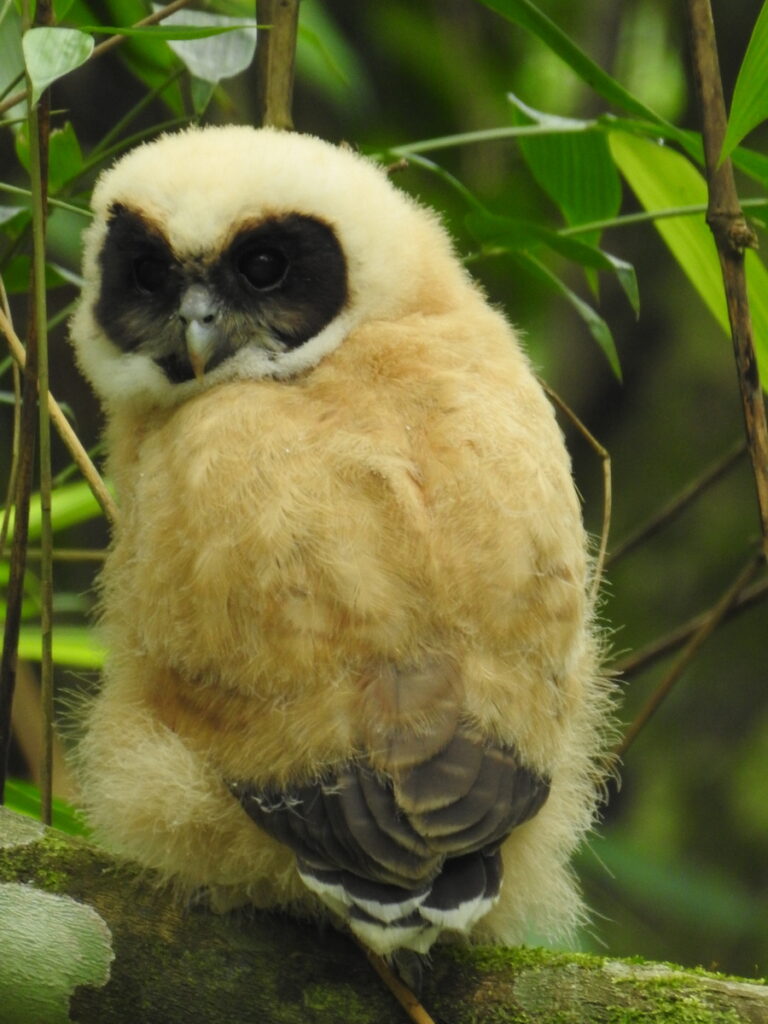
We had a lovely dinner at Restaurante Raizes in Ubatuba before returning to Sao Paulo at the end of “North of the Tropics”.
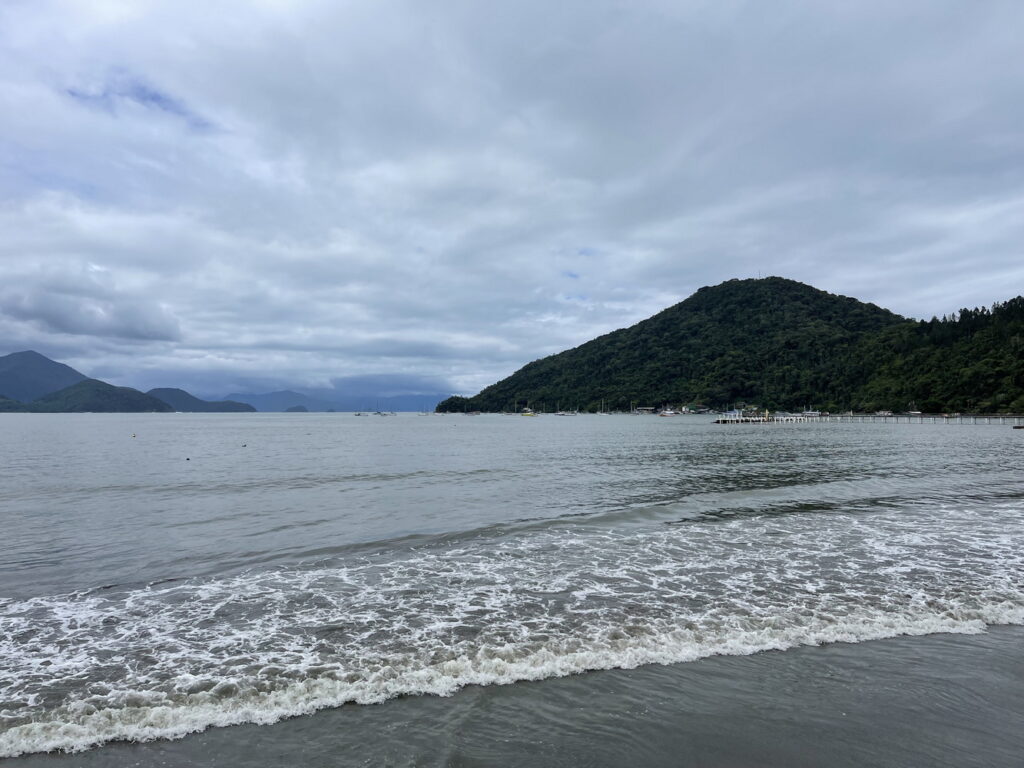
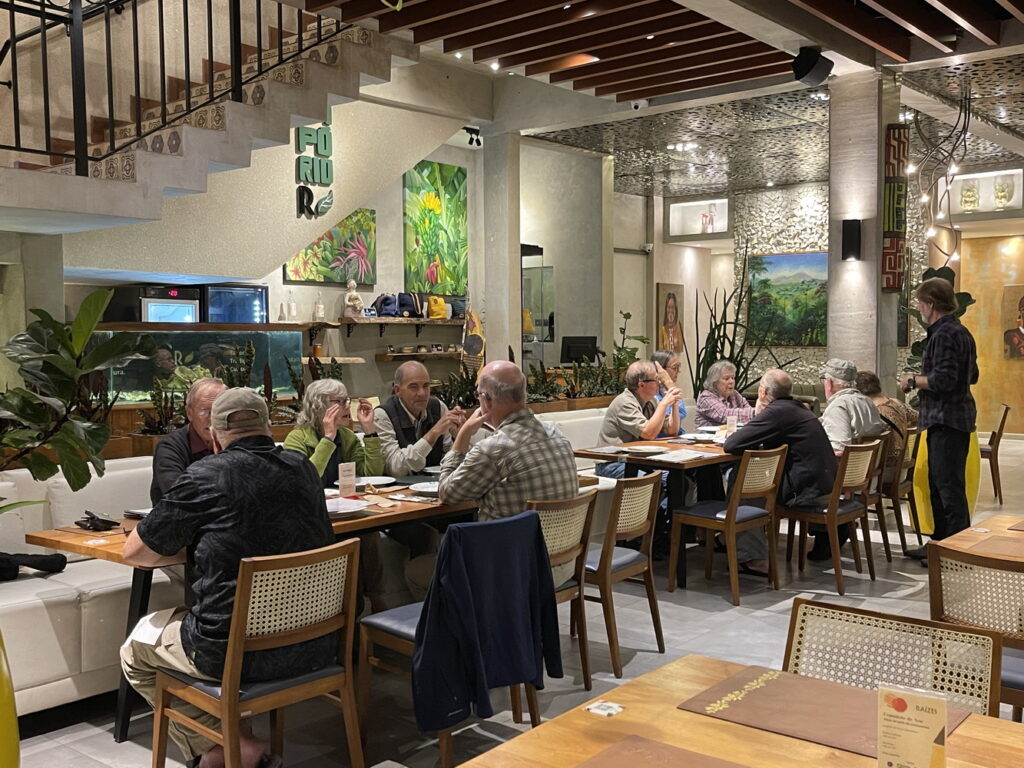
Then we began “South of the Capricorn”, the second part of the tour. Seven of the twelve Part 1 participants returned to the US, and the five of us who continued were joined by four new participants for Part 2. We had traveled with Jim in Argentina a few years ago so it was nice to travel together again.
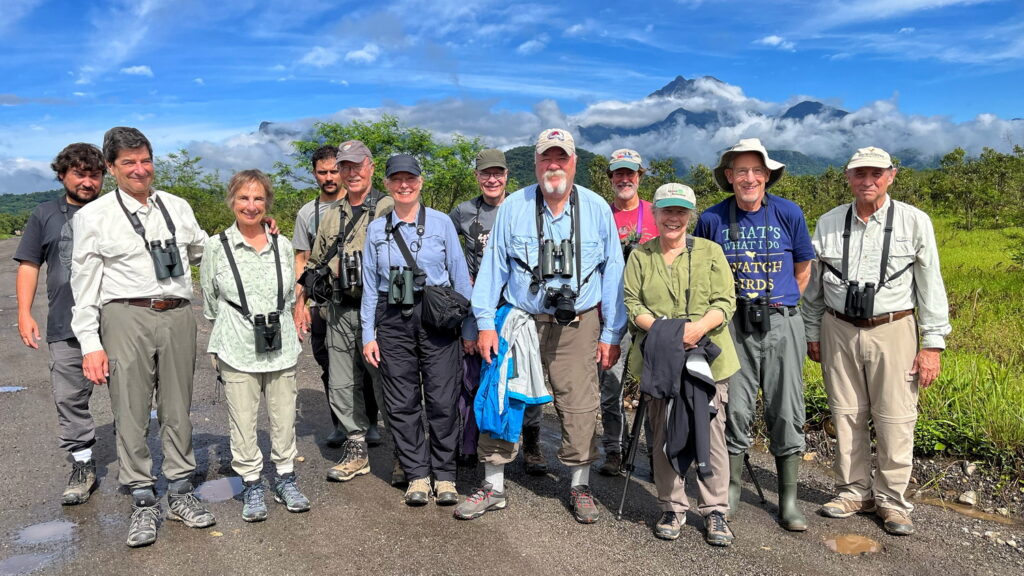
We spent the first several days at Intervales State Park, one of the places we were happy to return to after spending time there in 2018. It’s a big park, at 161 square miles, and is the nucleus of the UNESCO Atlantic Forest Biosphere Reserve.
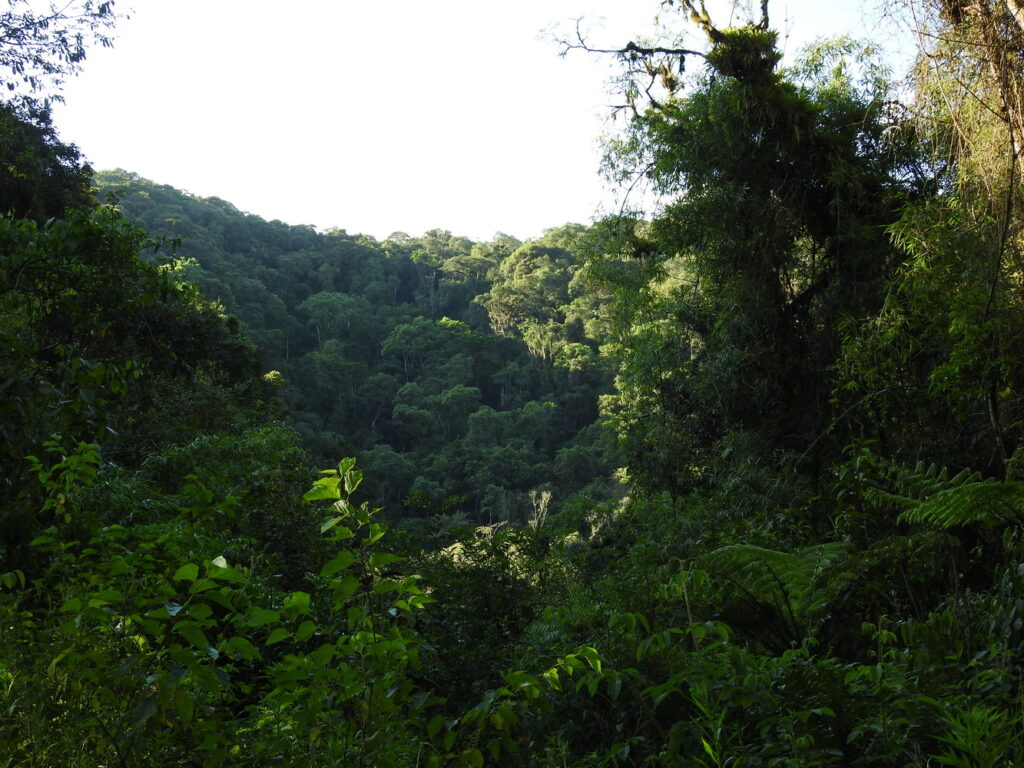
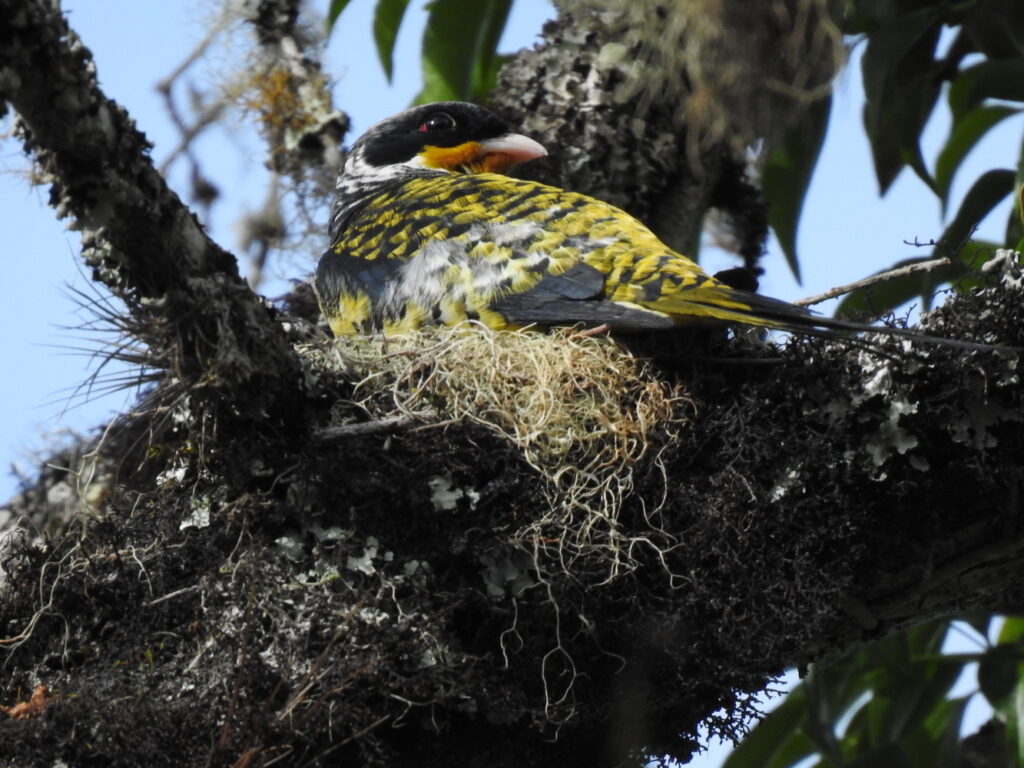
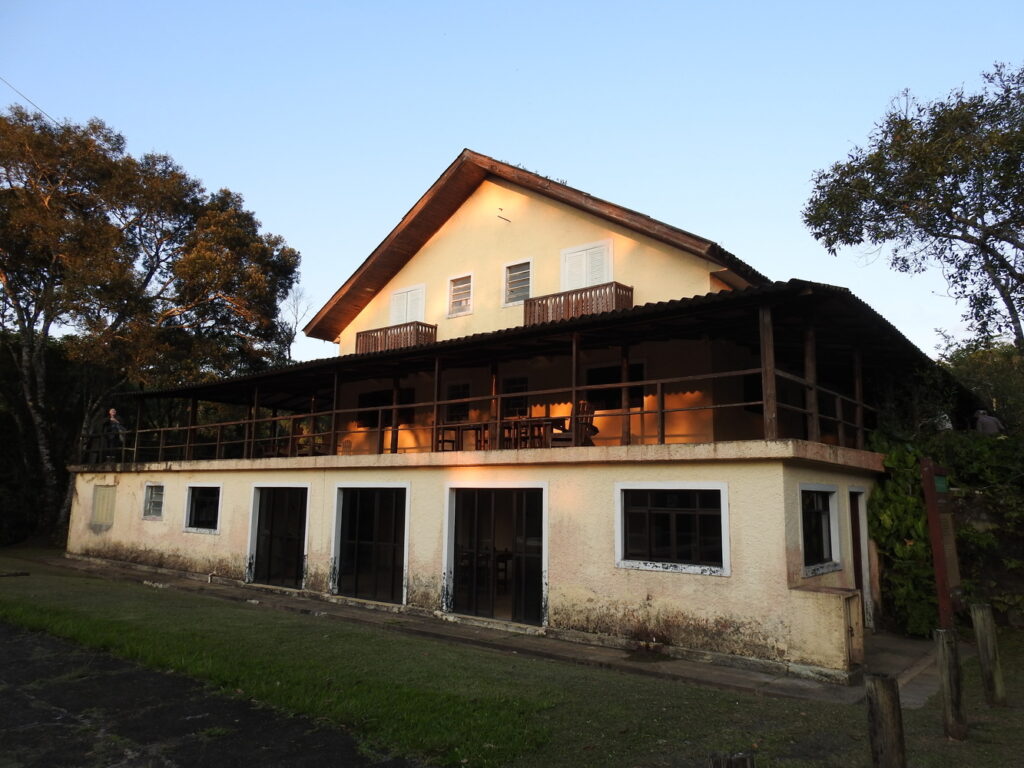
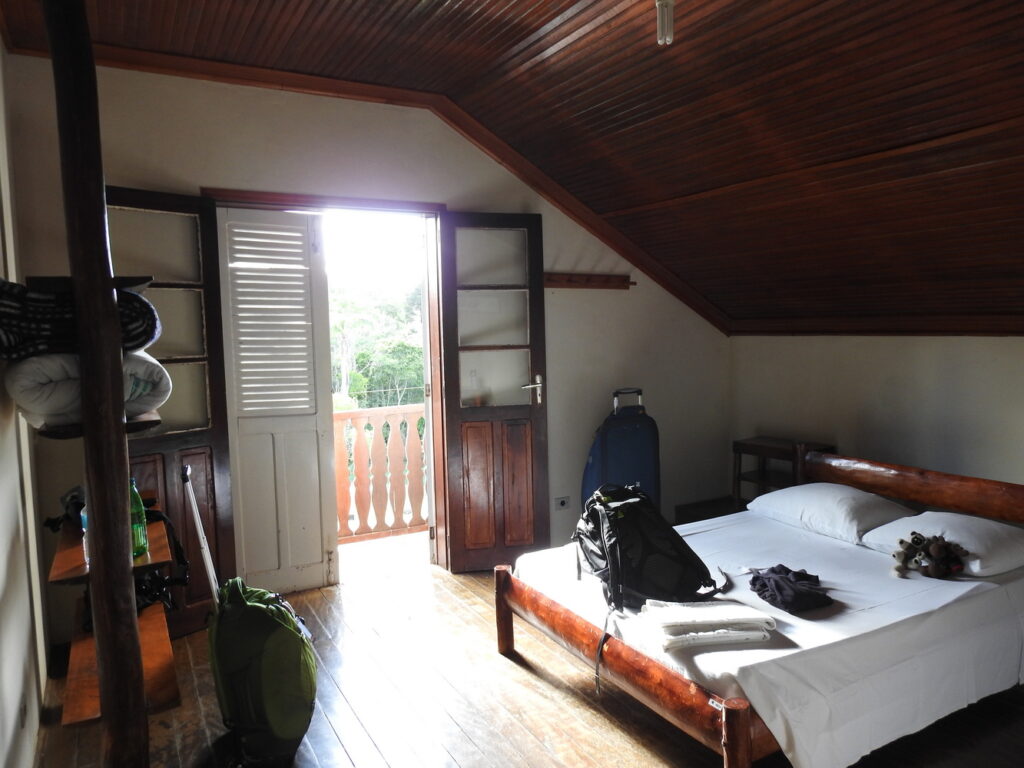
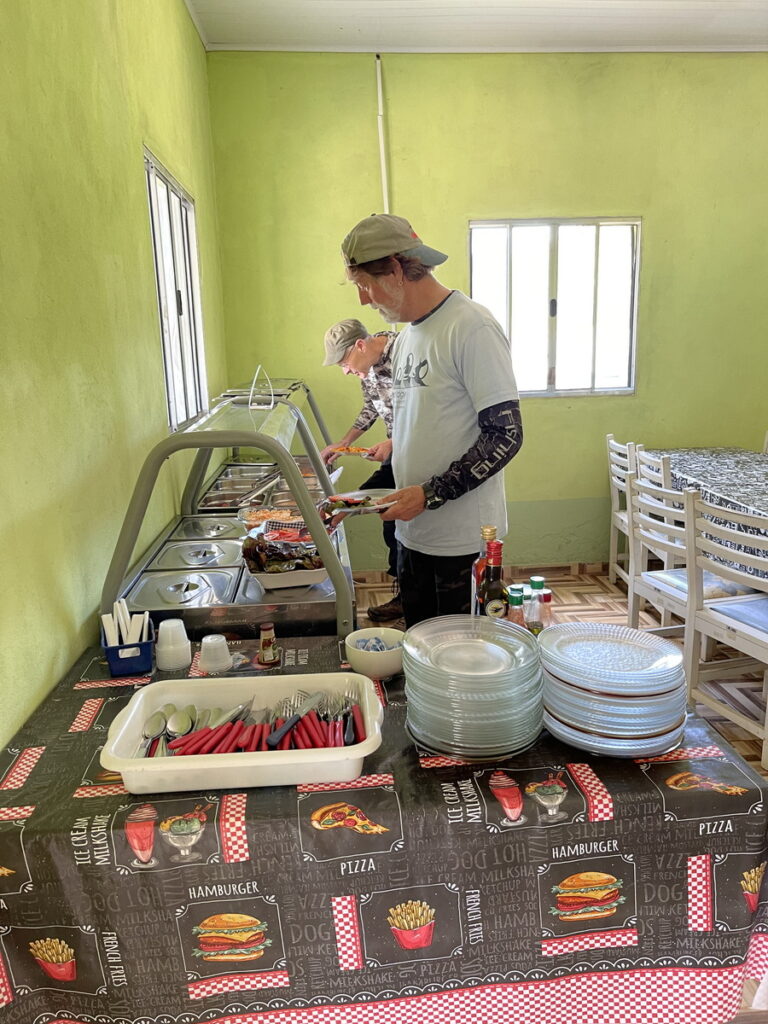
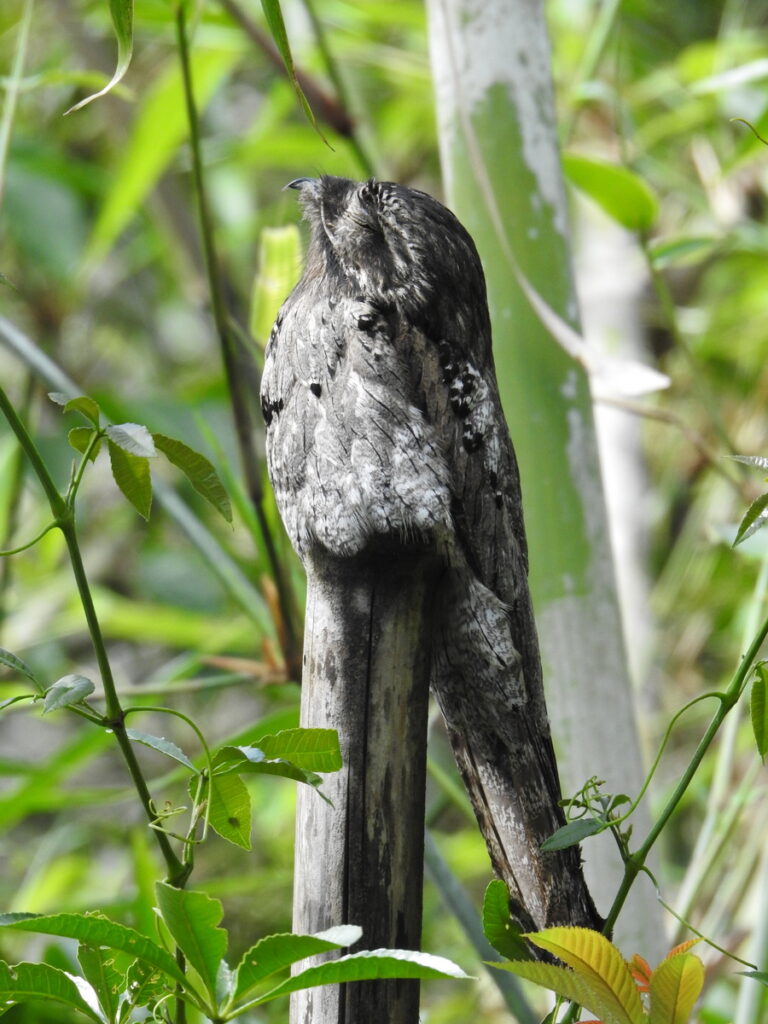
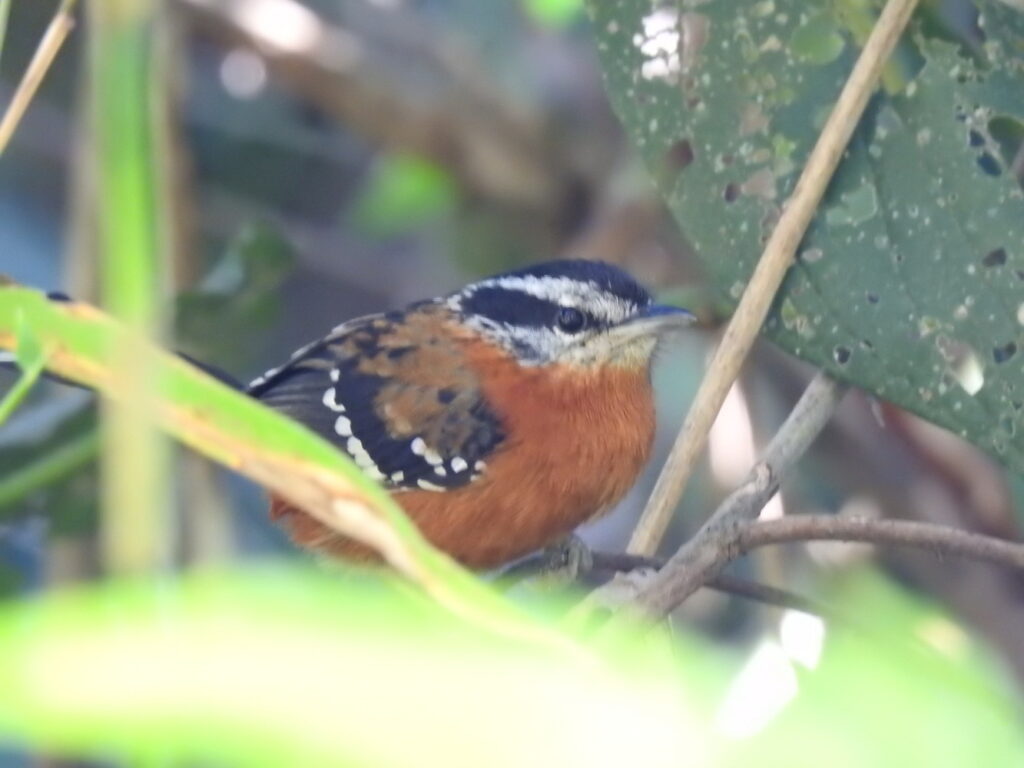
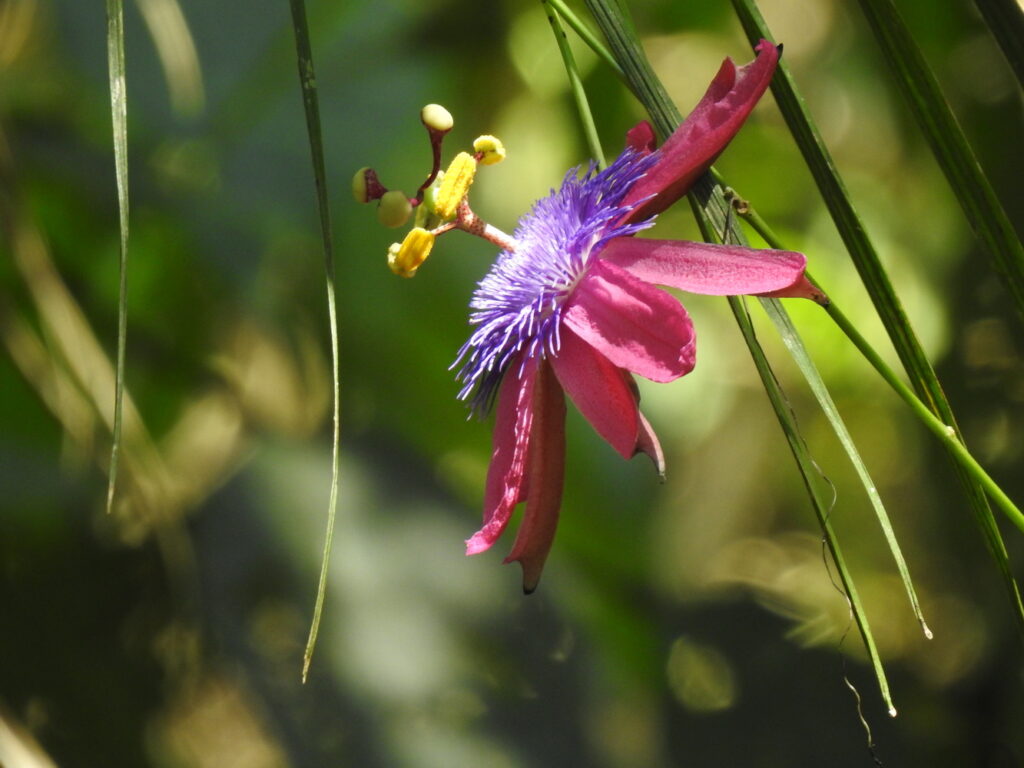
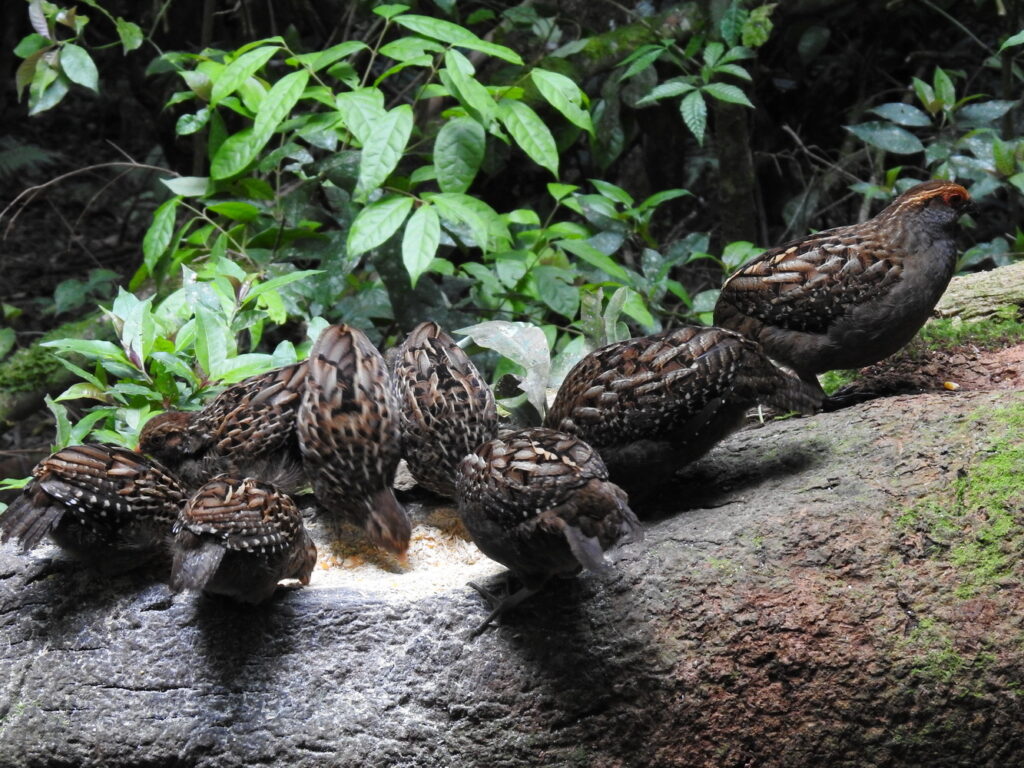

The rest of the trip involved many diverse and interesting habitats and communities. These photos show some of the highlights.
The drive down from the mountains to the coast, through the Carlos Botelho State Park.
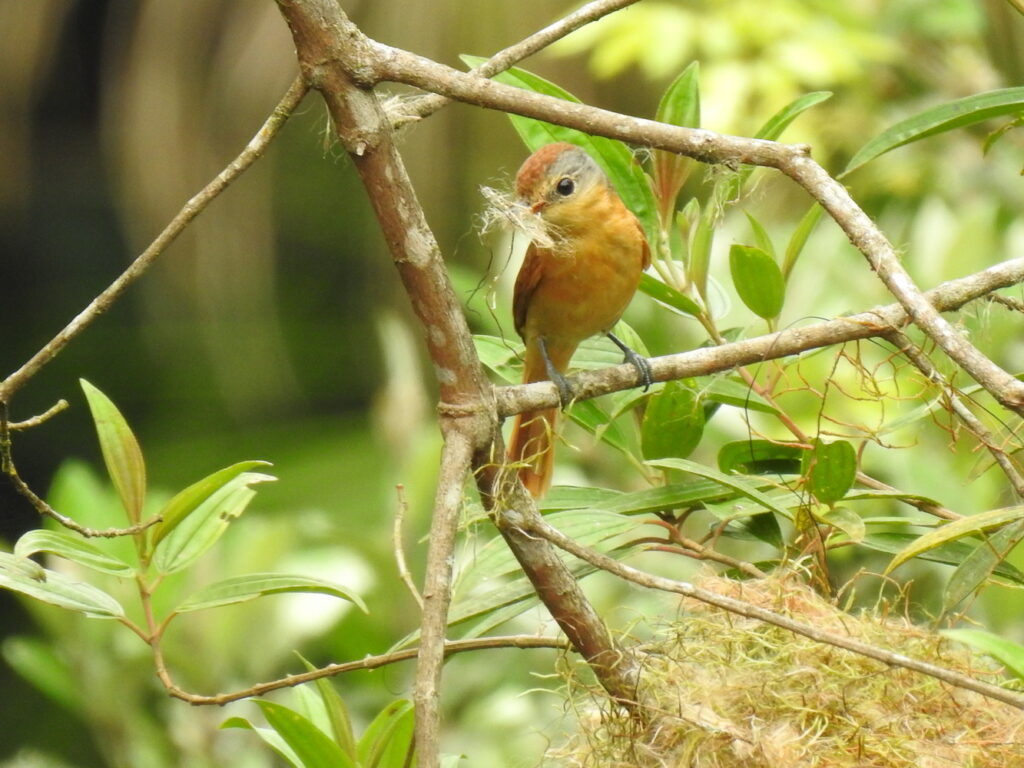
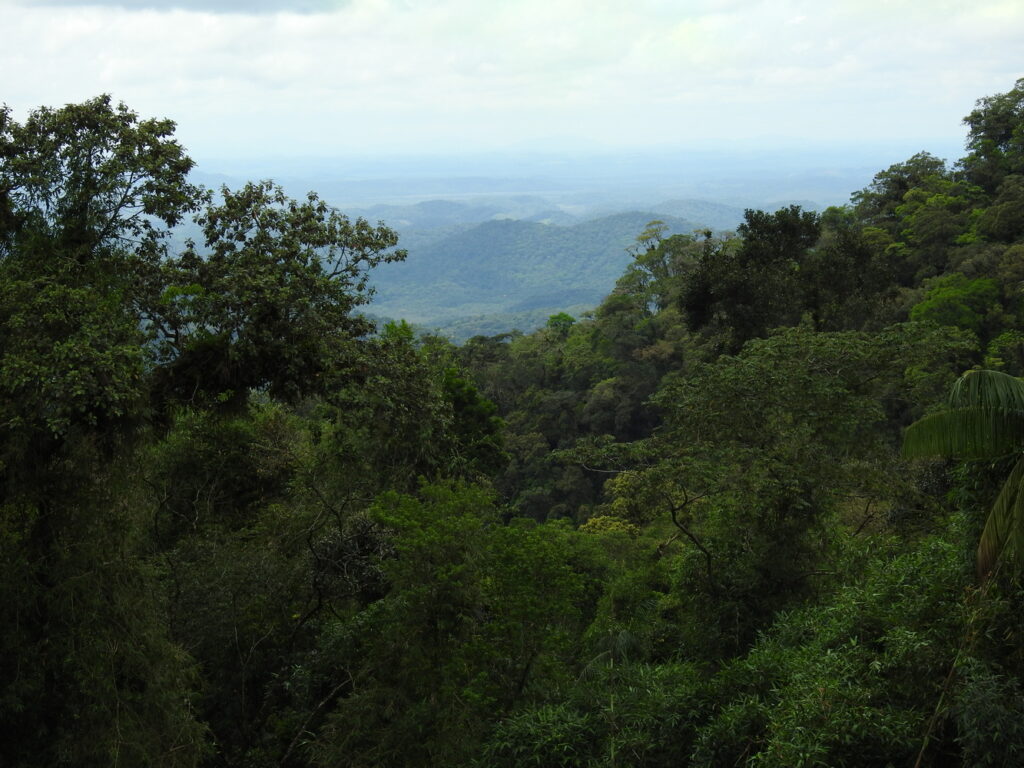
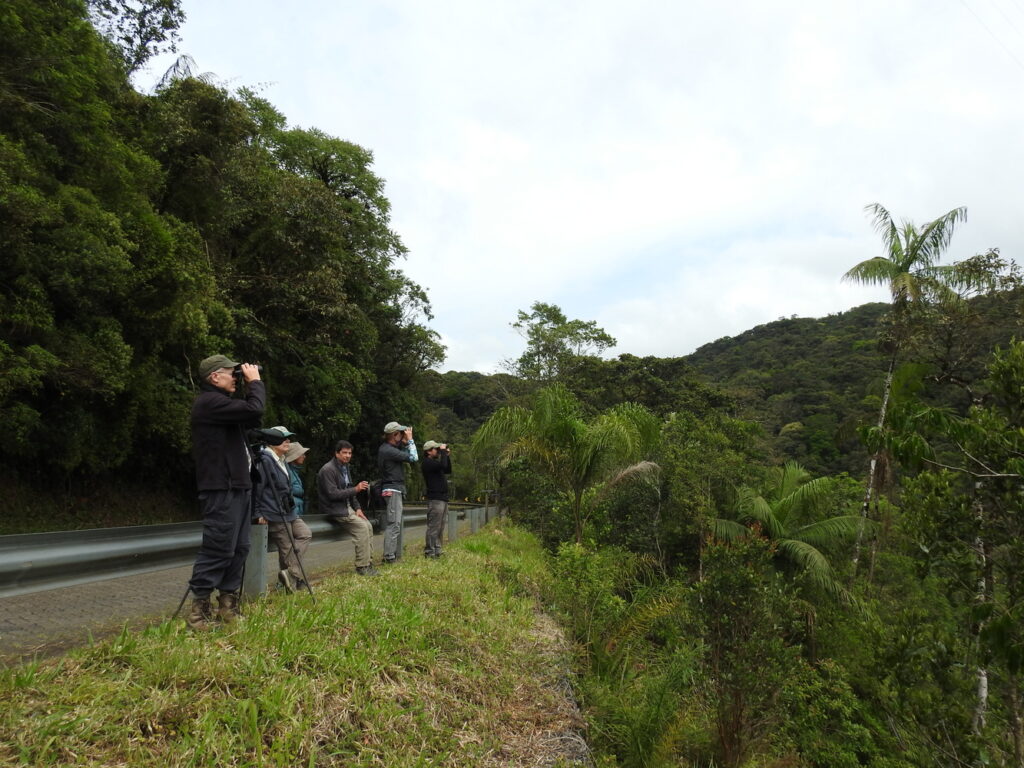
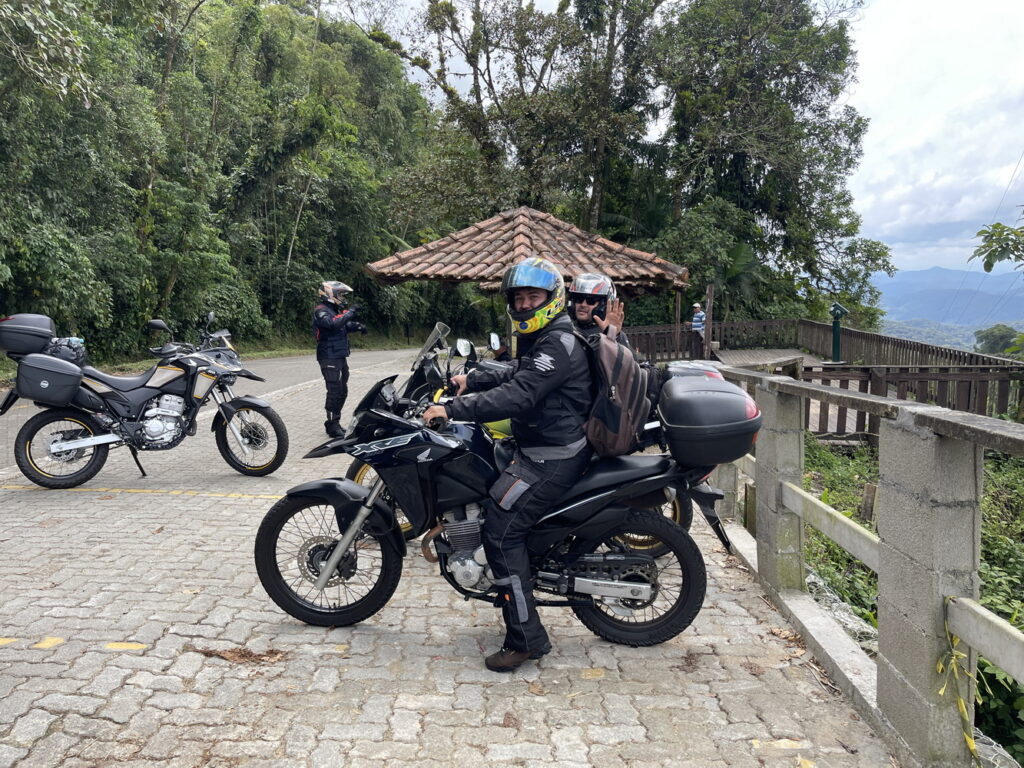
We reached Ilha Comprida by a short ferry ride from Cananeia.
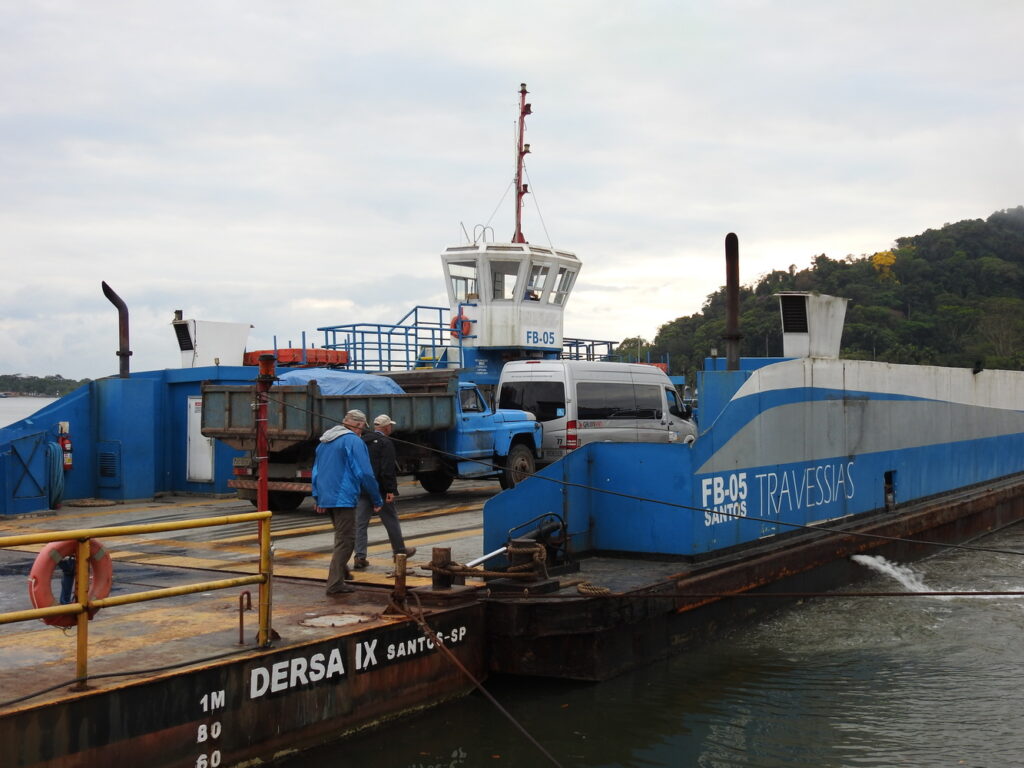
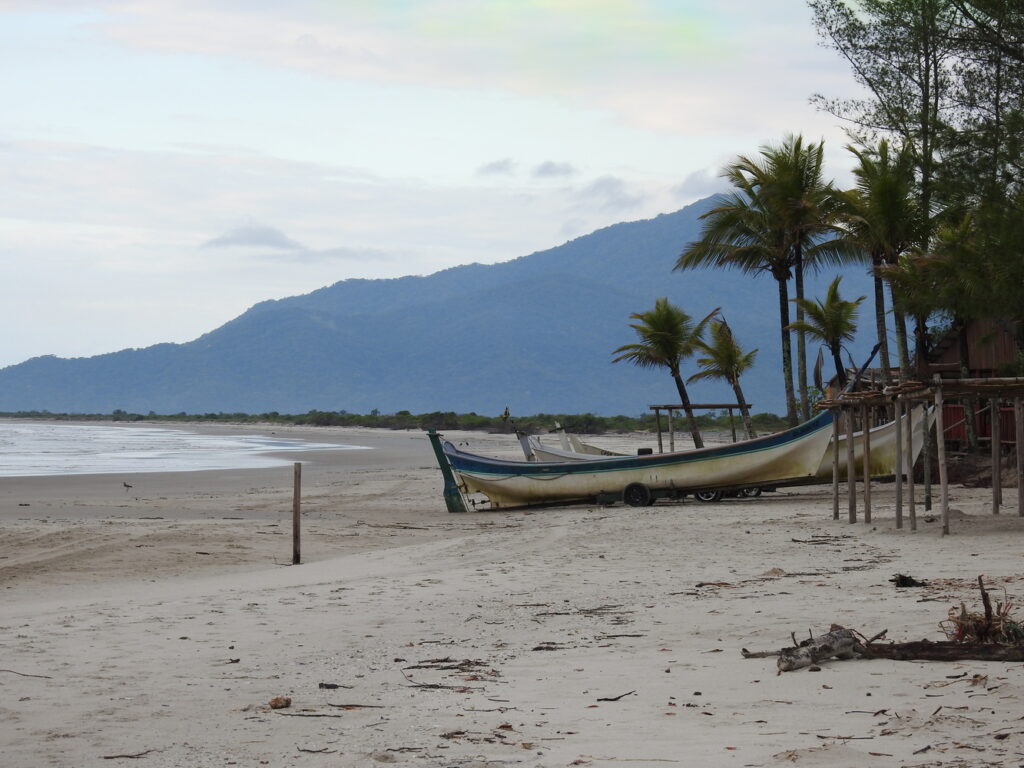
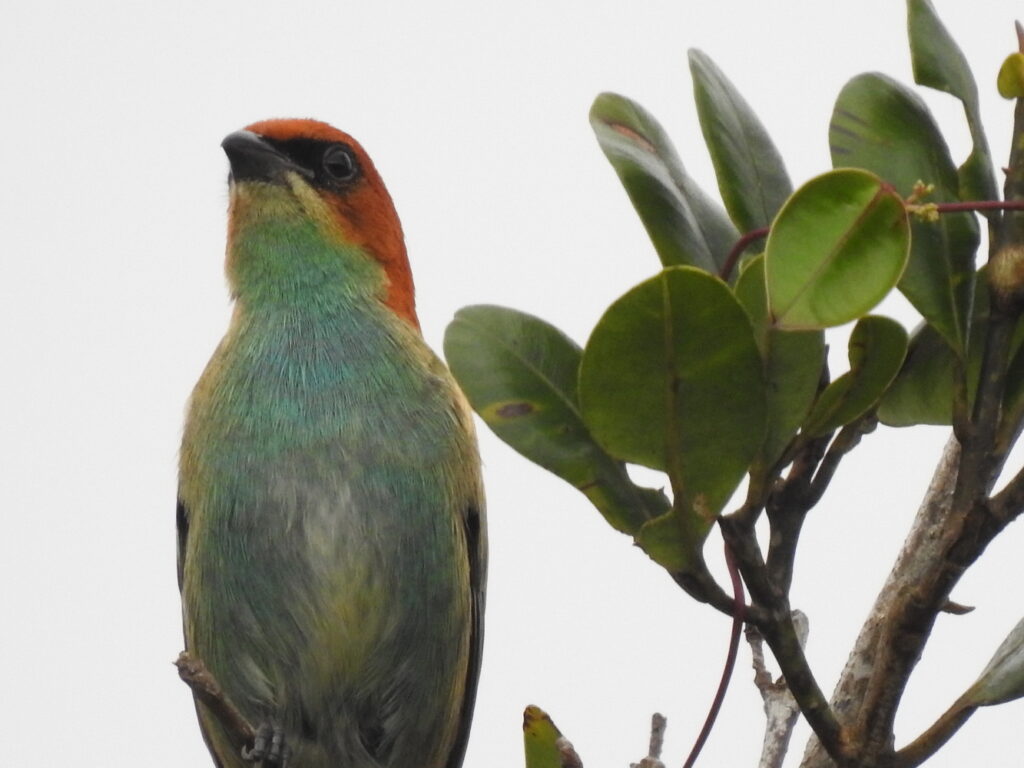
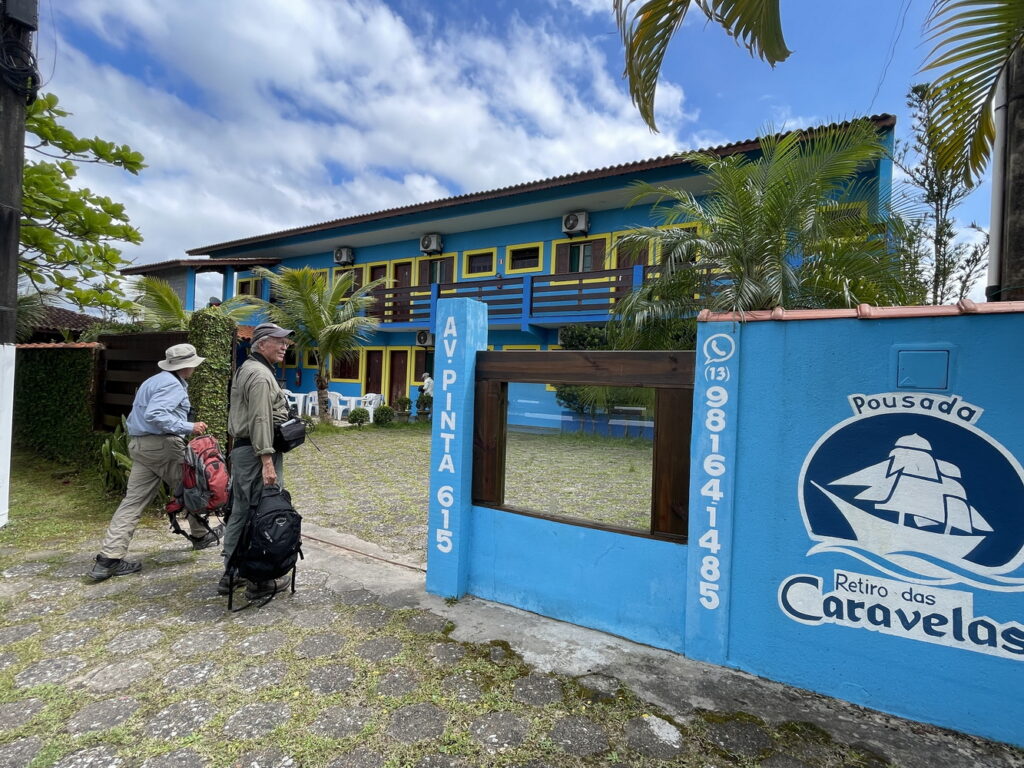
We found this marsh specialist, the Marsh Antwren, at Antonina. (Photo by Bret Whitney)
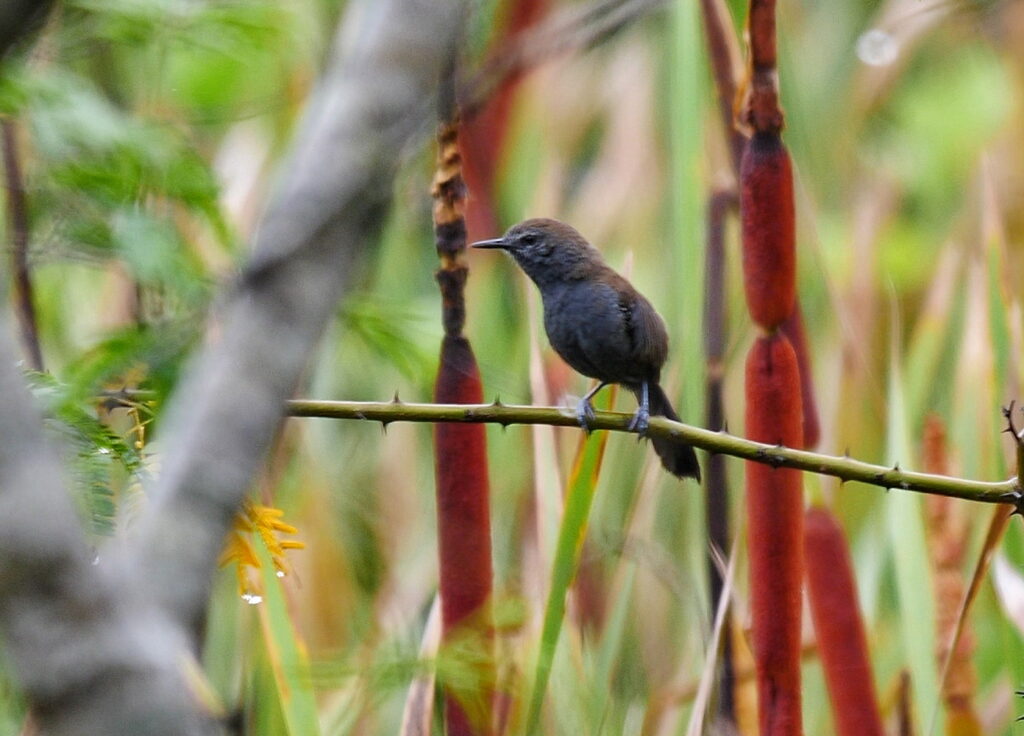
Near Curitiba, the new Ekoa Park blends nature and environmental education with art.
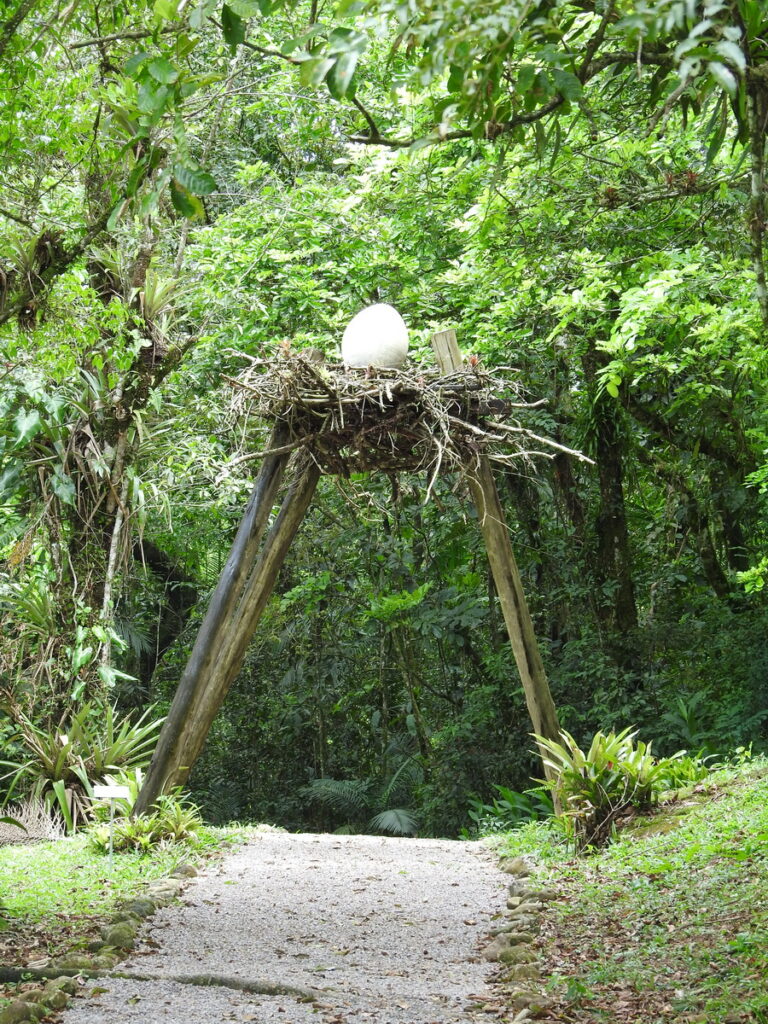
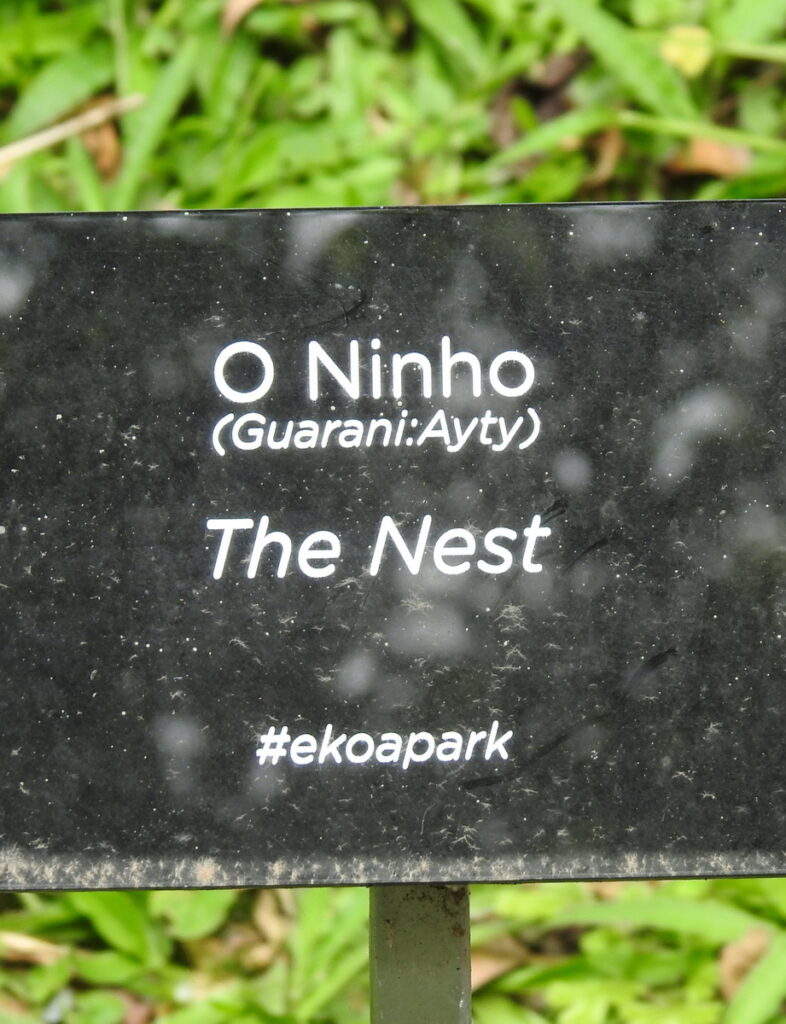
We found this Grey-hooded Attila in several places. Here he’s singing. (Photo by Bret Whitney)
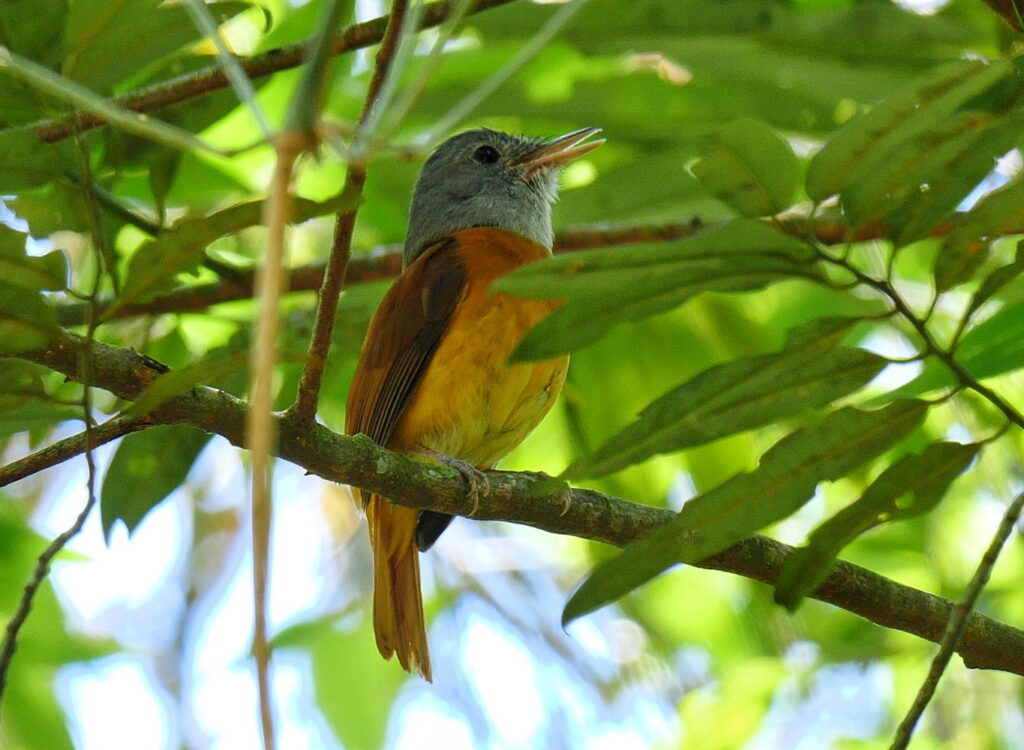
In addition to forest, this part of Brazil has unique grassland areas, including at fairly high elevation. The big views here are spectacular.
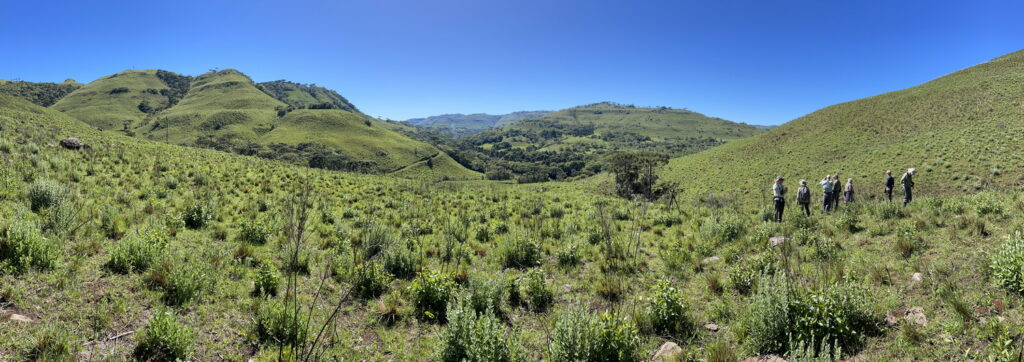
But the detail is also fascinating. A picture below shows the number of species of grasses – about 20 – that are found in the grasslands of the main view. Some birds that live here feed only on one particular grass species. It a great reminder about the importance of diversity and the benefits that are lost when diverse native habitats are replaced by imported monocultures.
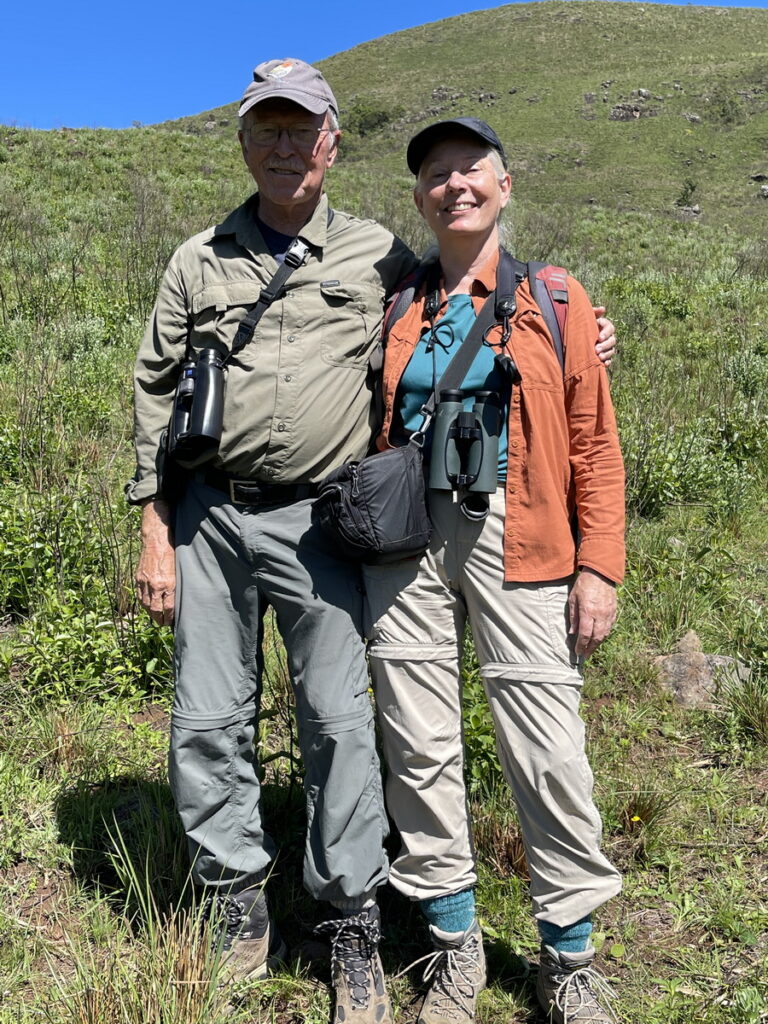
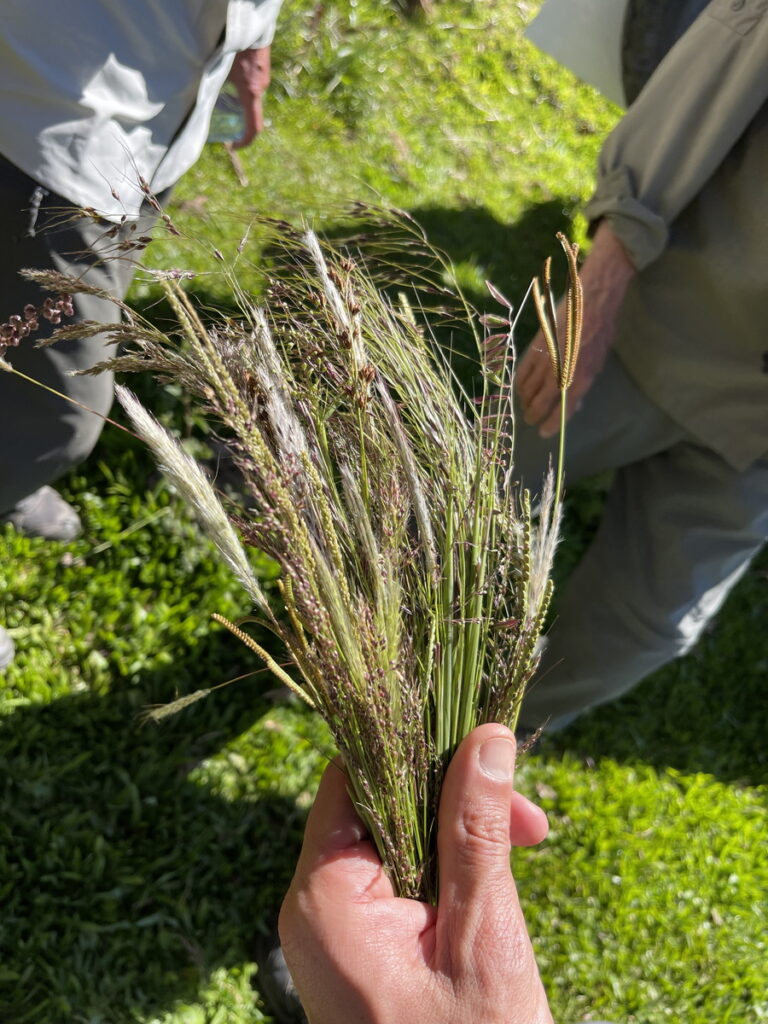
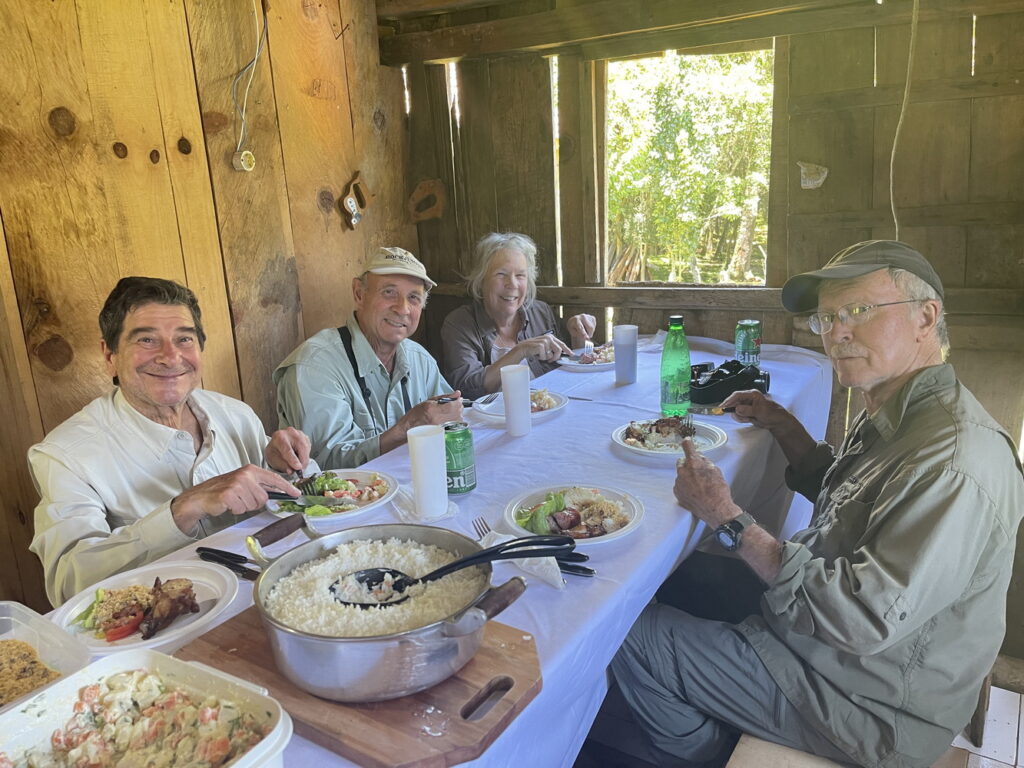
Sao Joaquim, a city that’s a famous tourist attraction because it is one of the few places in Brazil that gets snow every year. Not enough to ski on, but just enough to stand in for a photo in the central park.
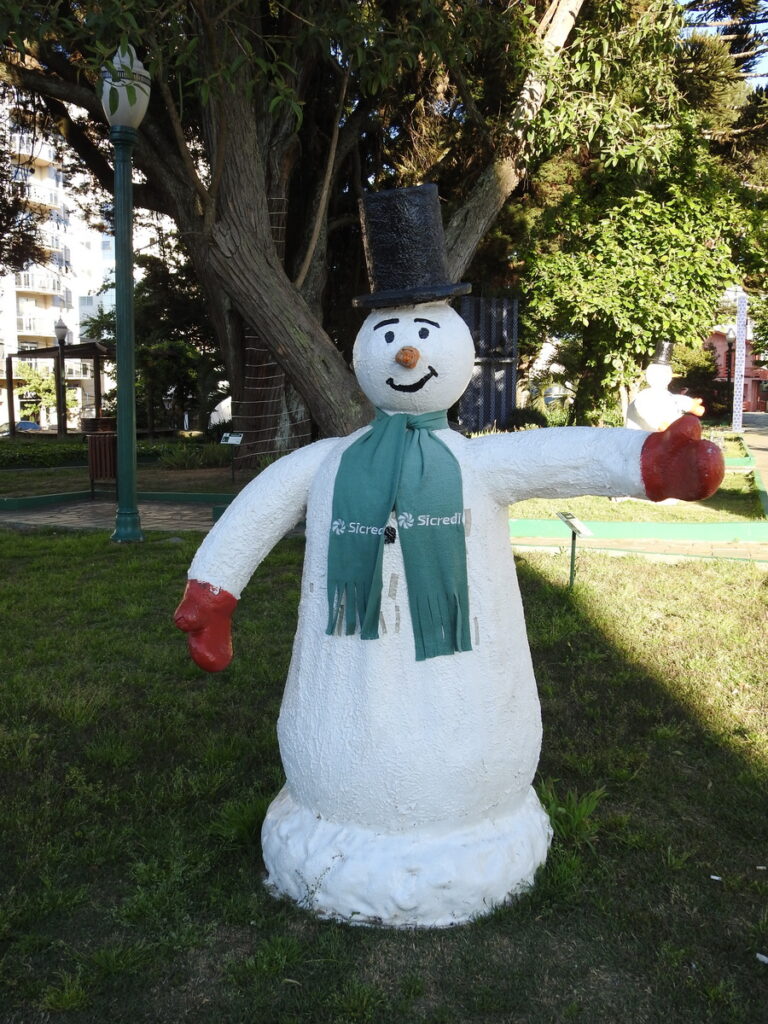
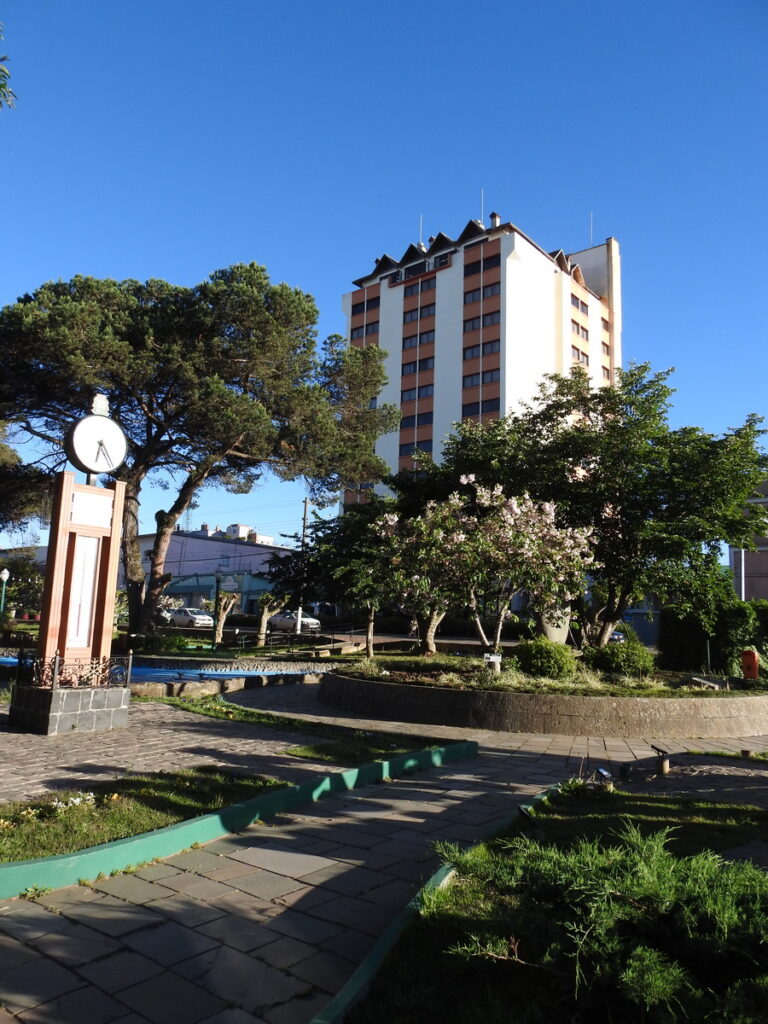
Our last overnight stop was Sao Francisco de Paula, with very rustic accommodations. We saw this Antpitta in the nearby Sao Francisco de Paula National Forest.
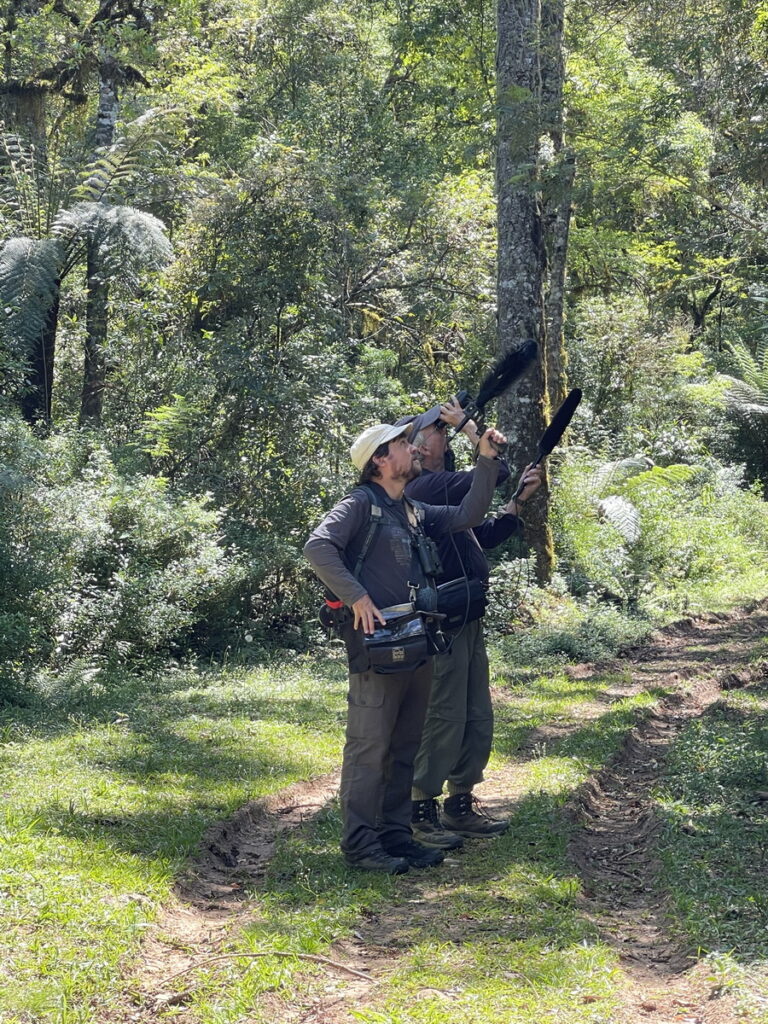
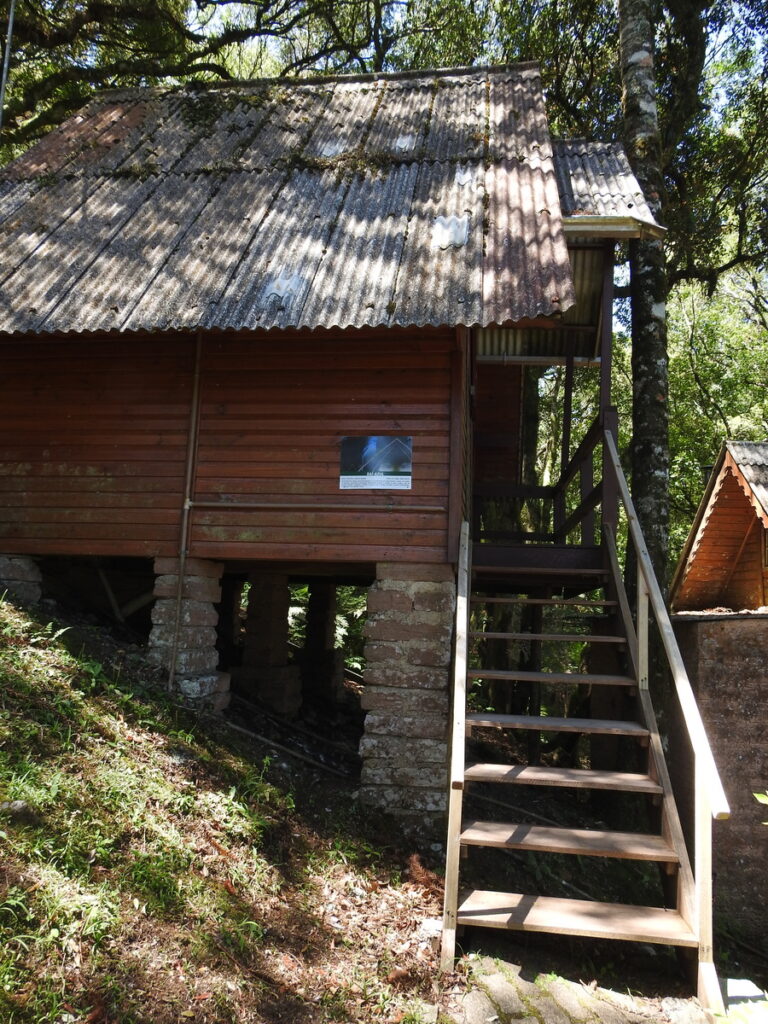
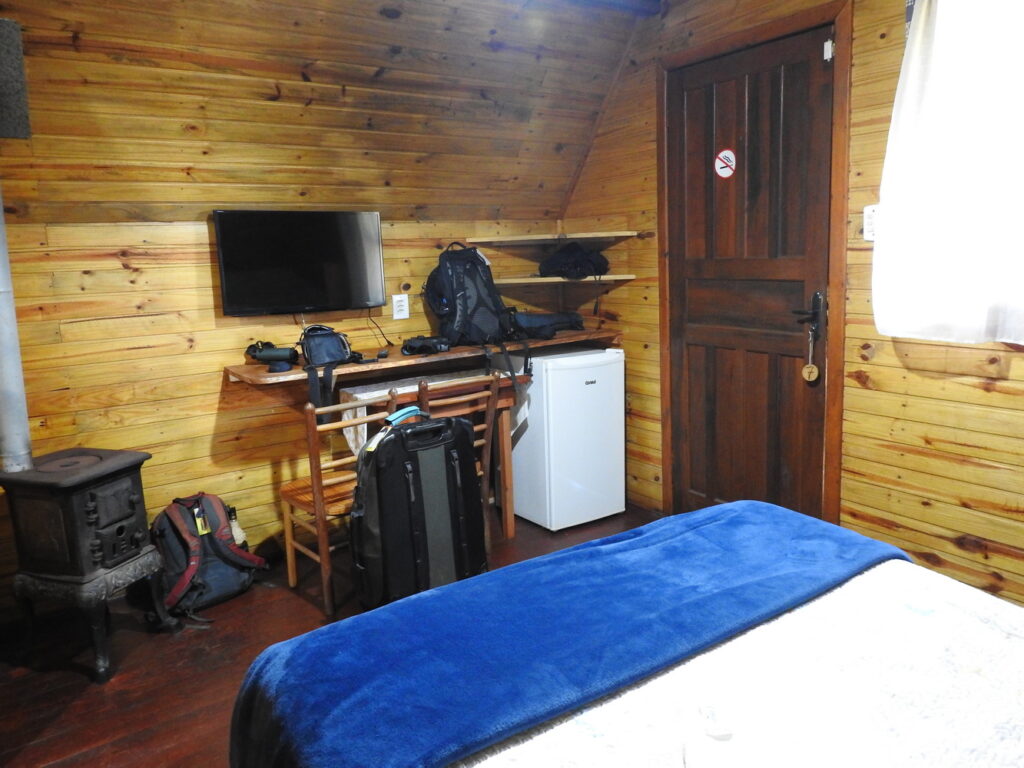
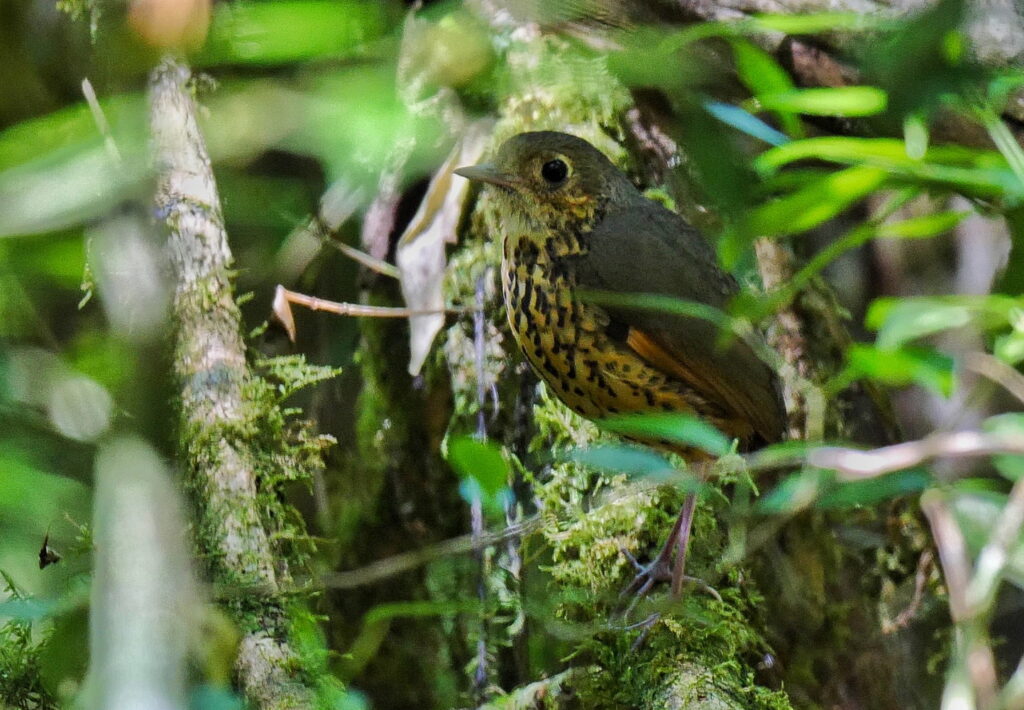
We visited the neighboring city of Gramado, considered Brazil’s Christmas capital, for dinner and to enjoy the Natal Luz (Christmas of Lights) festival. This festival runs for about two months and attracts 1.5 million people.
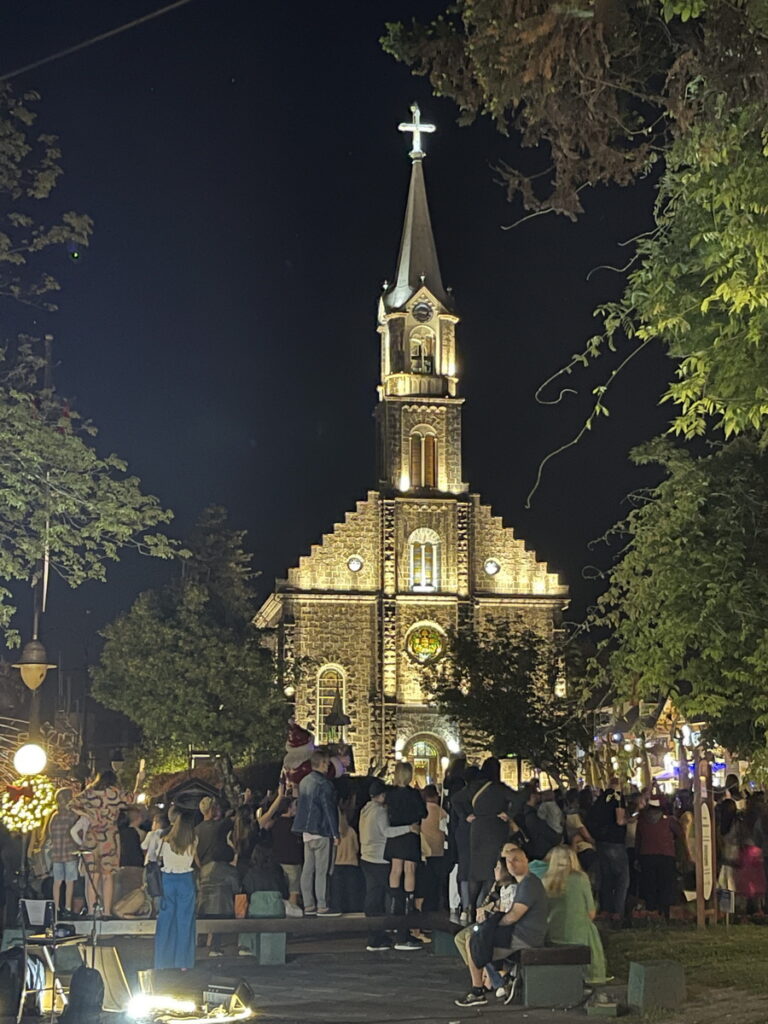
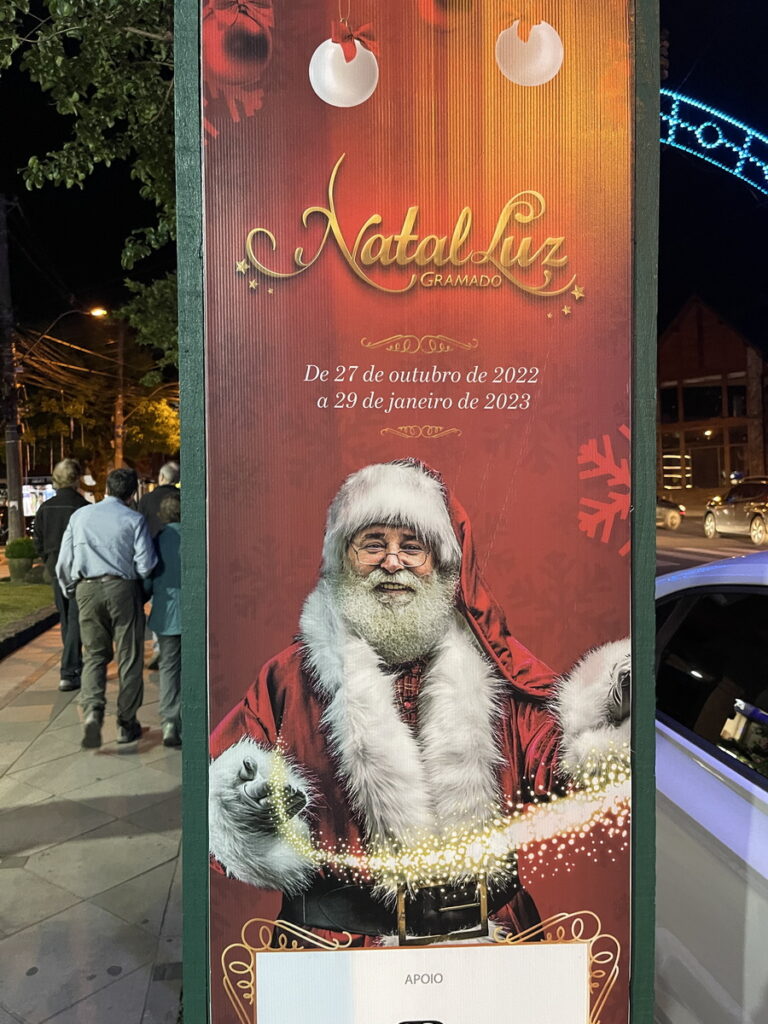
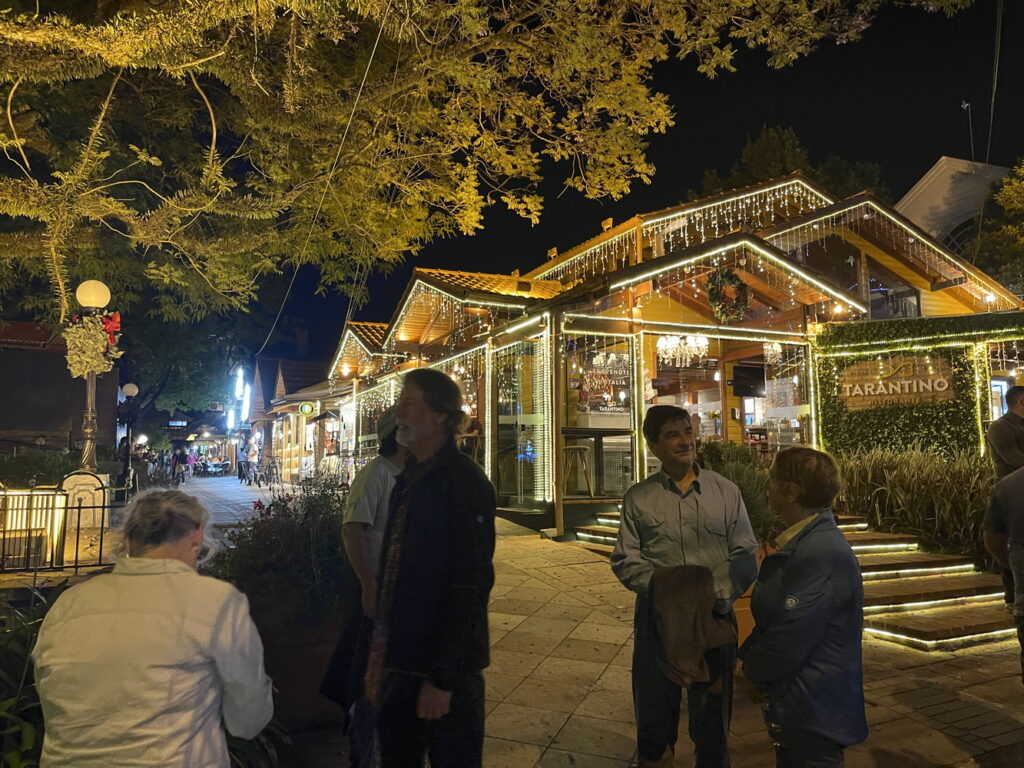
On the last morning, we birded the Praia de Paqueta park in Porto Alegre and enjoyed one last churrascaria before heading for the airport and back to the US.
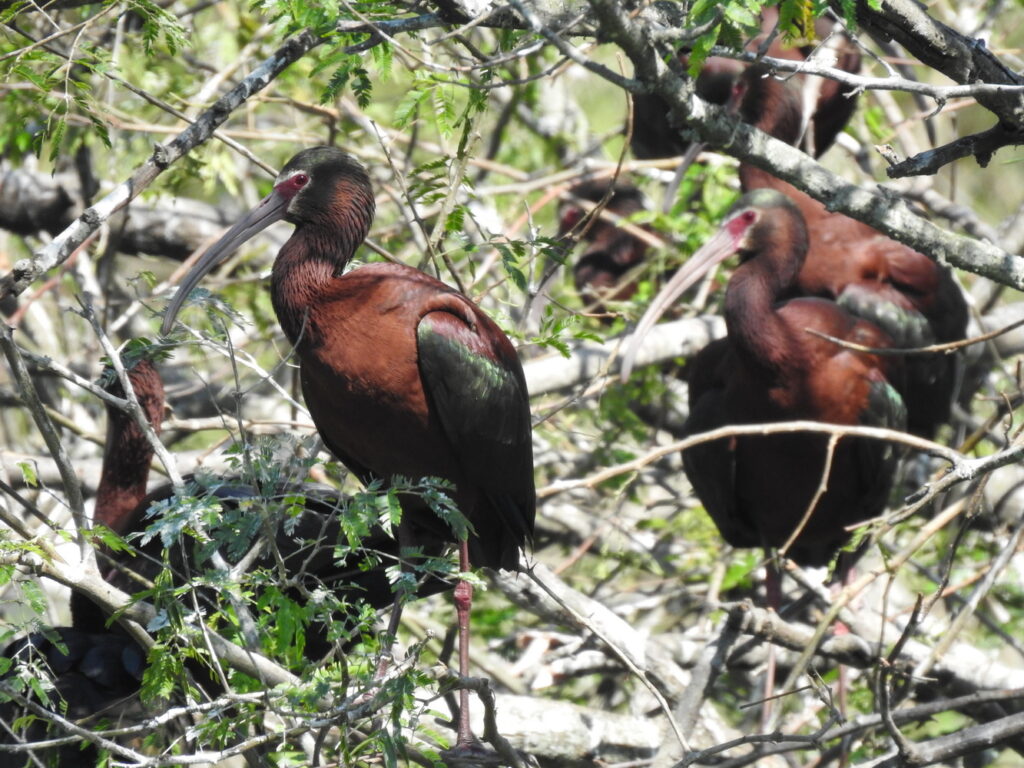
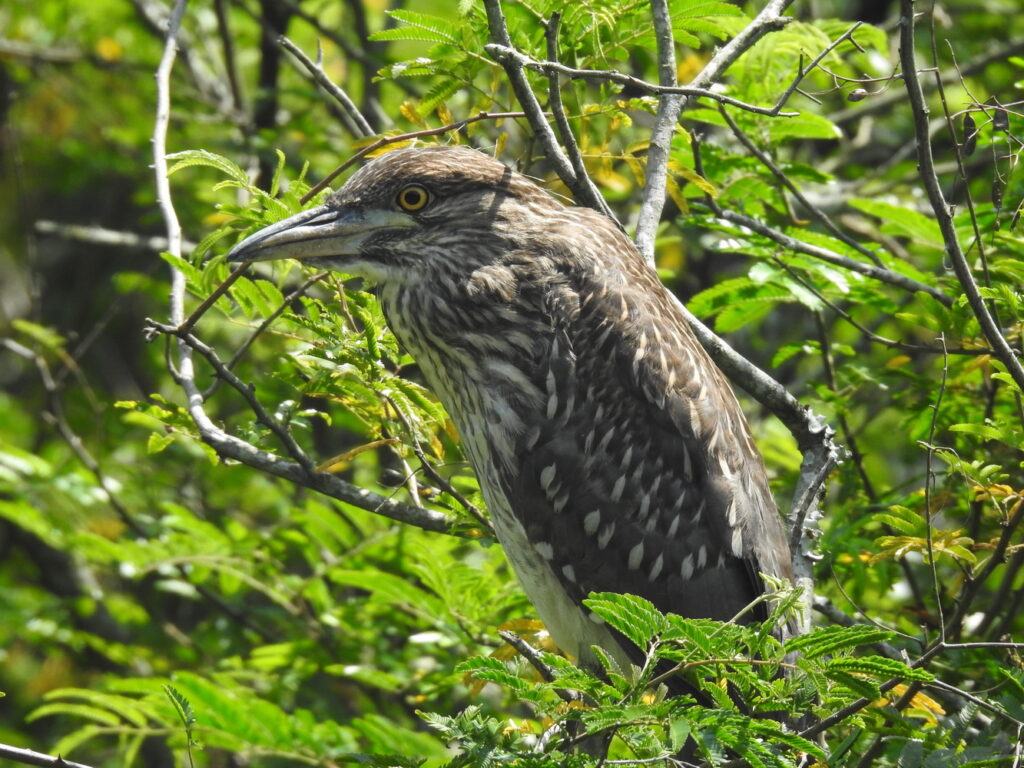
What a trip! By the numbers: 33 days, 16 great companions, 6 Brazilian states, over 400 bird species seen or heard, lots of lifer bird species (about 40 for Terry and 50 for Karen) … and countless photos, videos, bird voice recordings and great memories!

